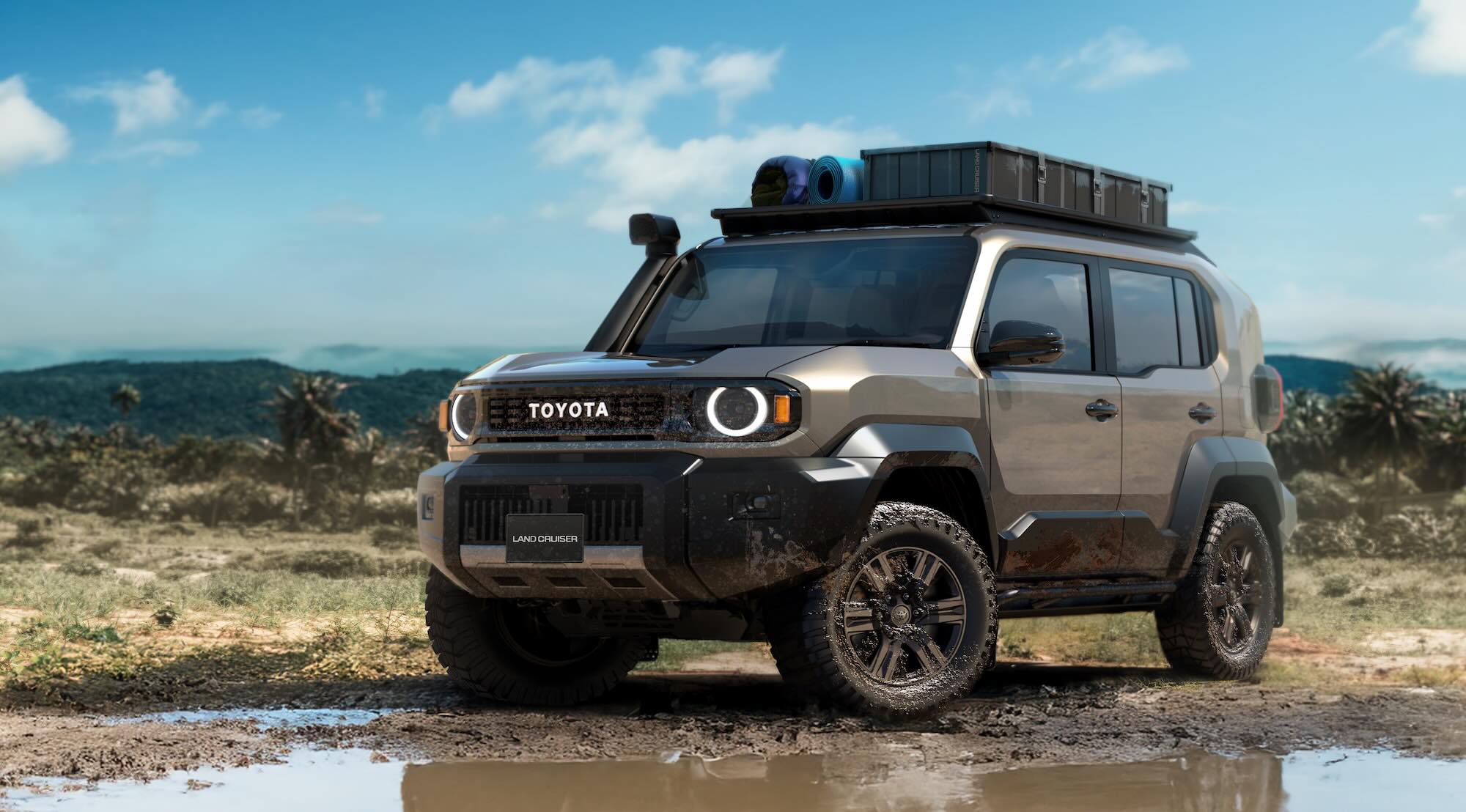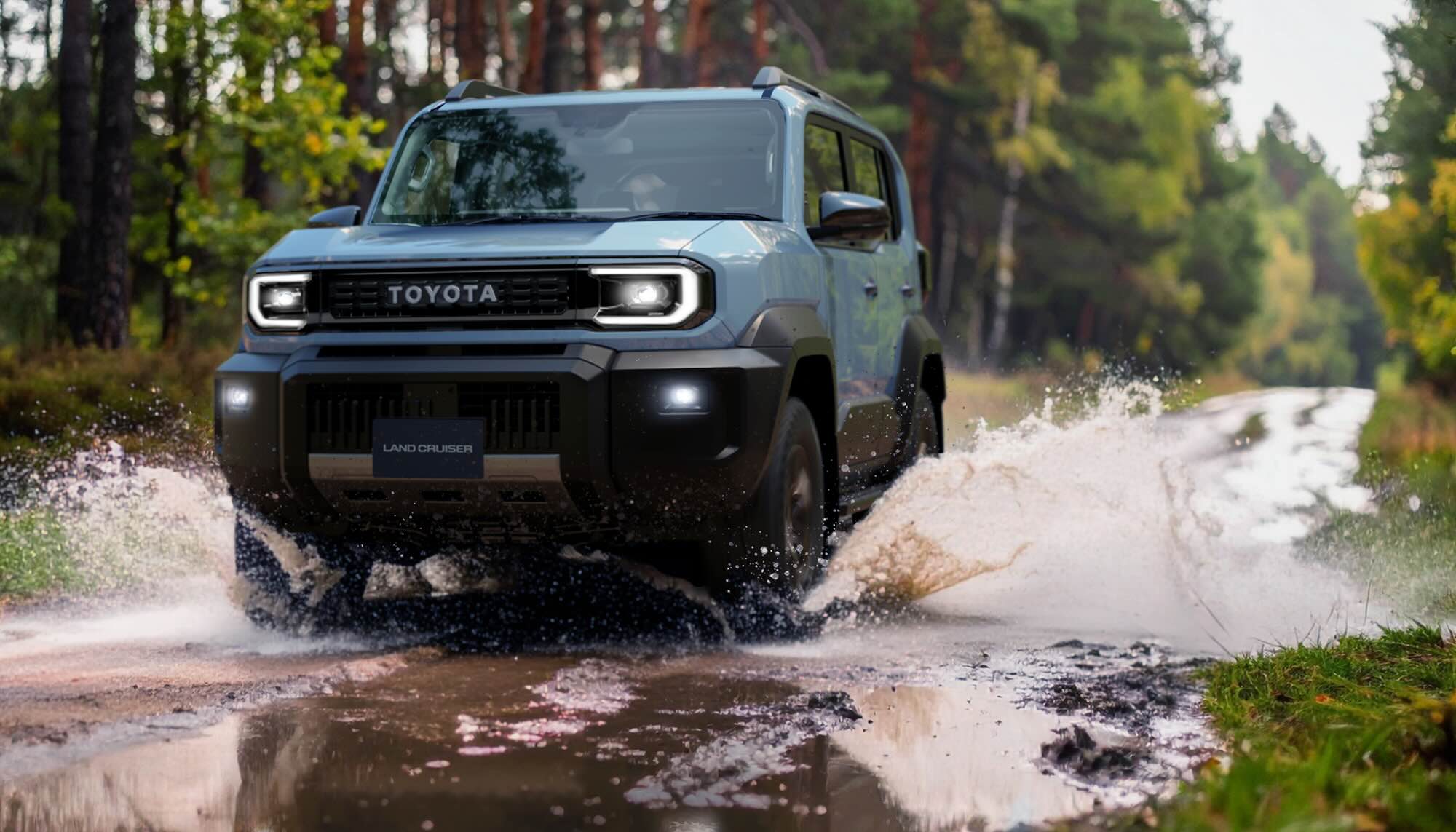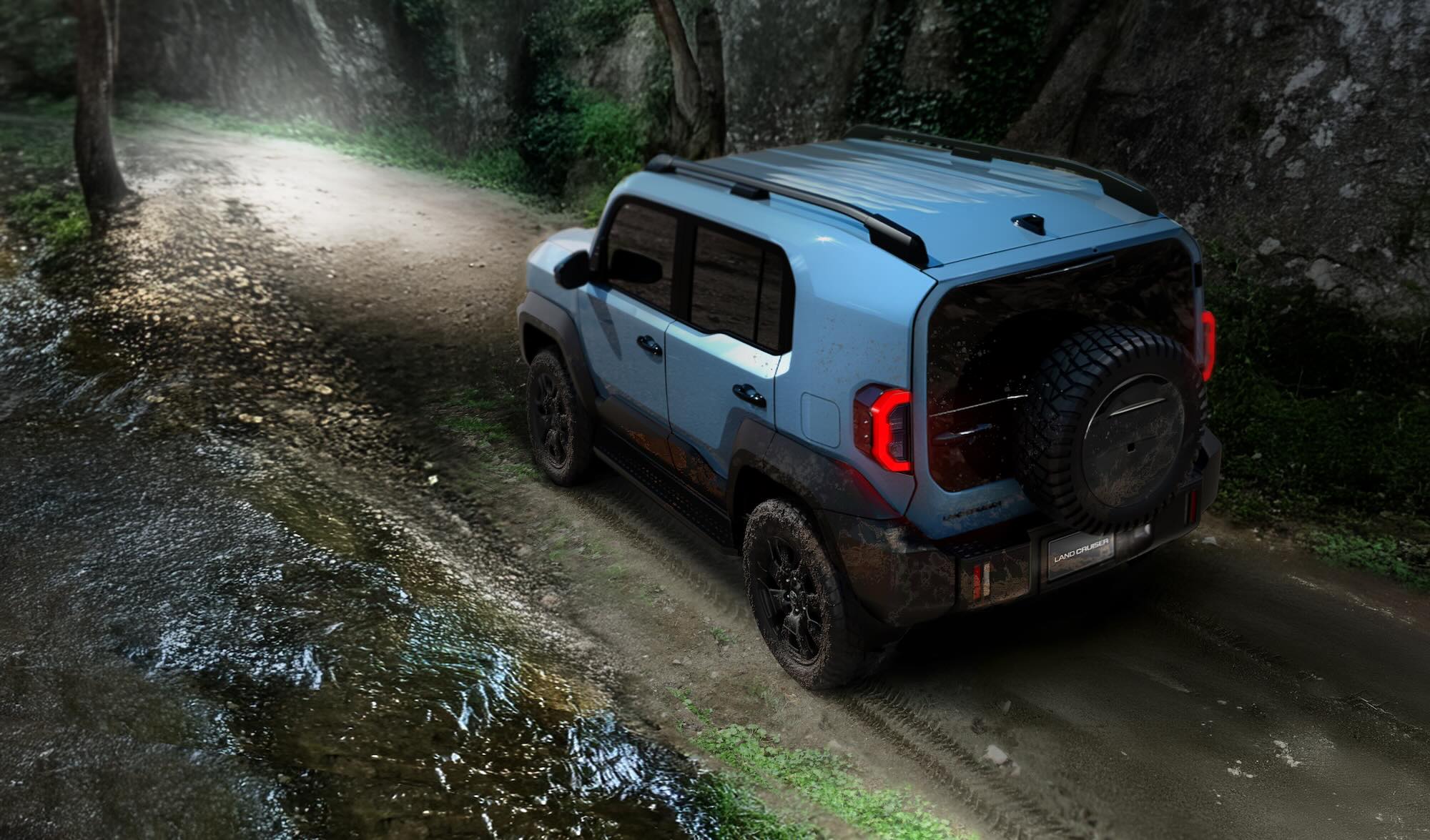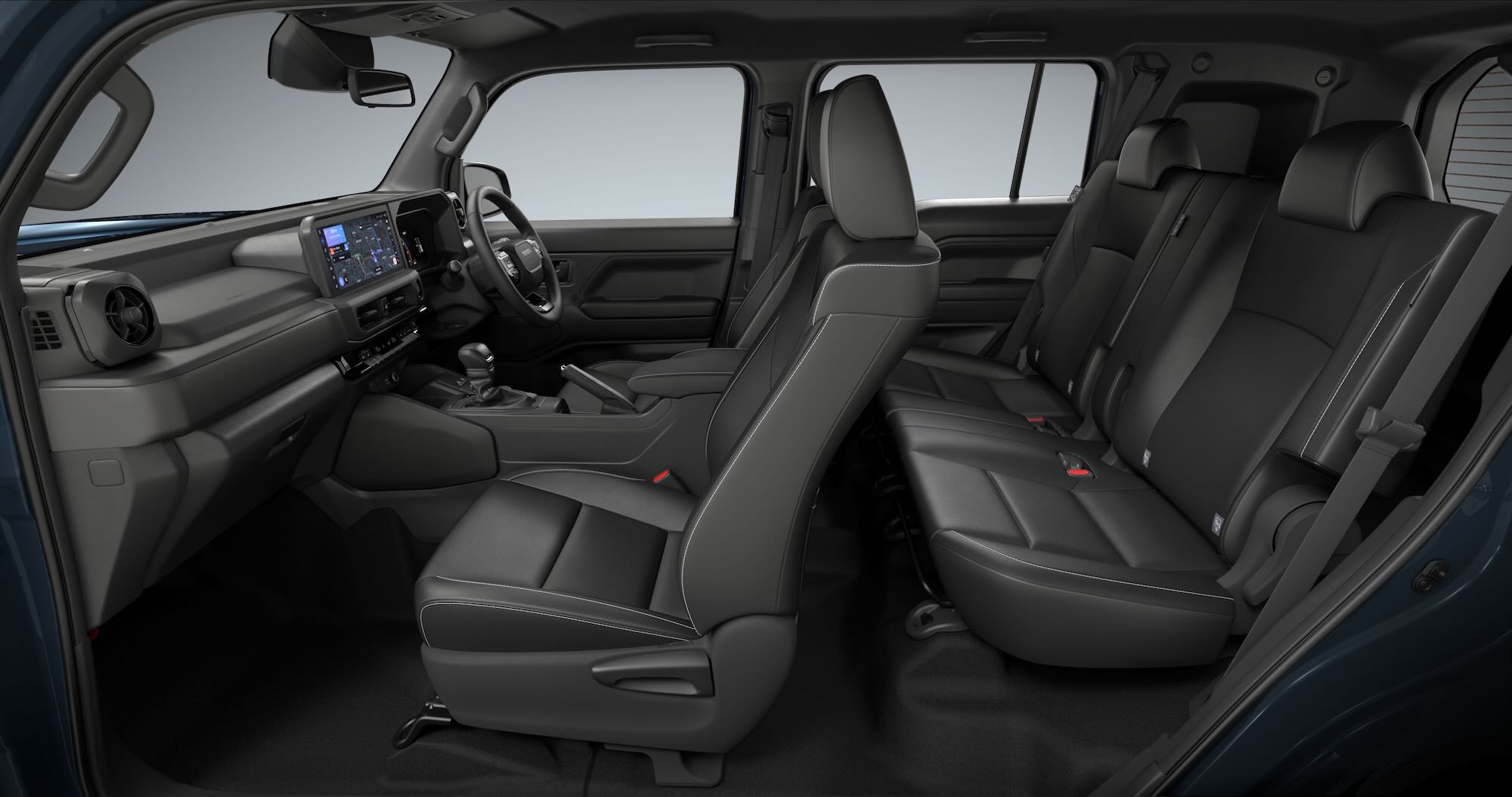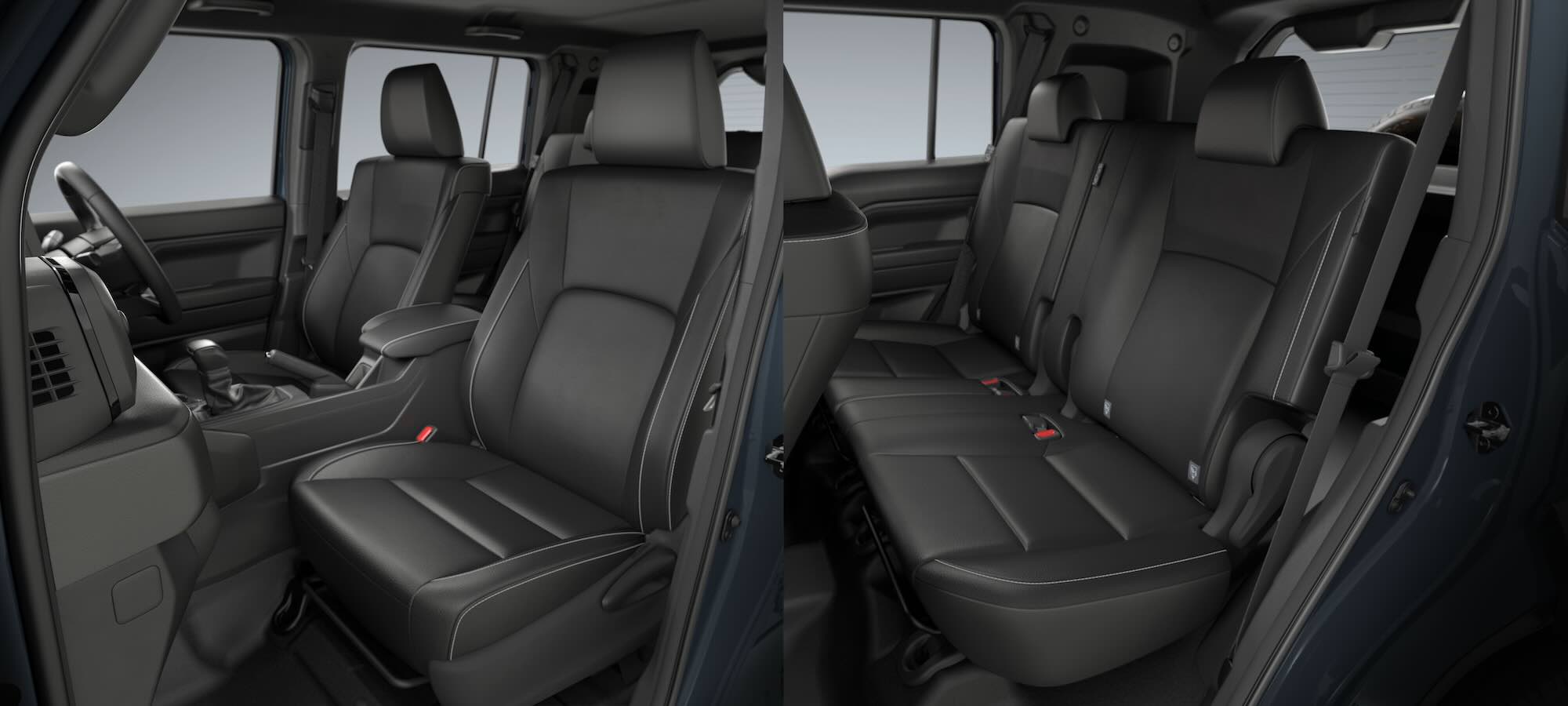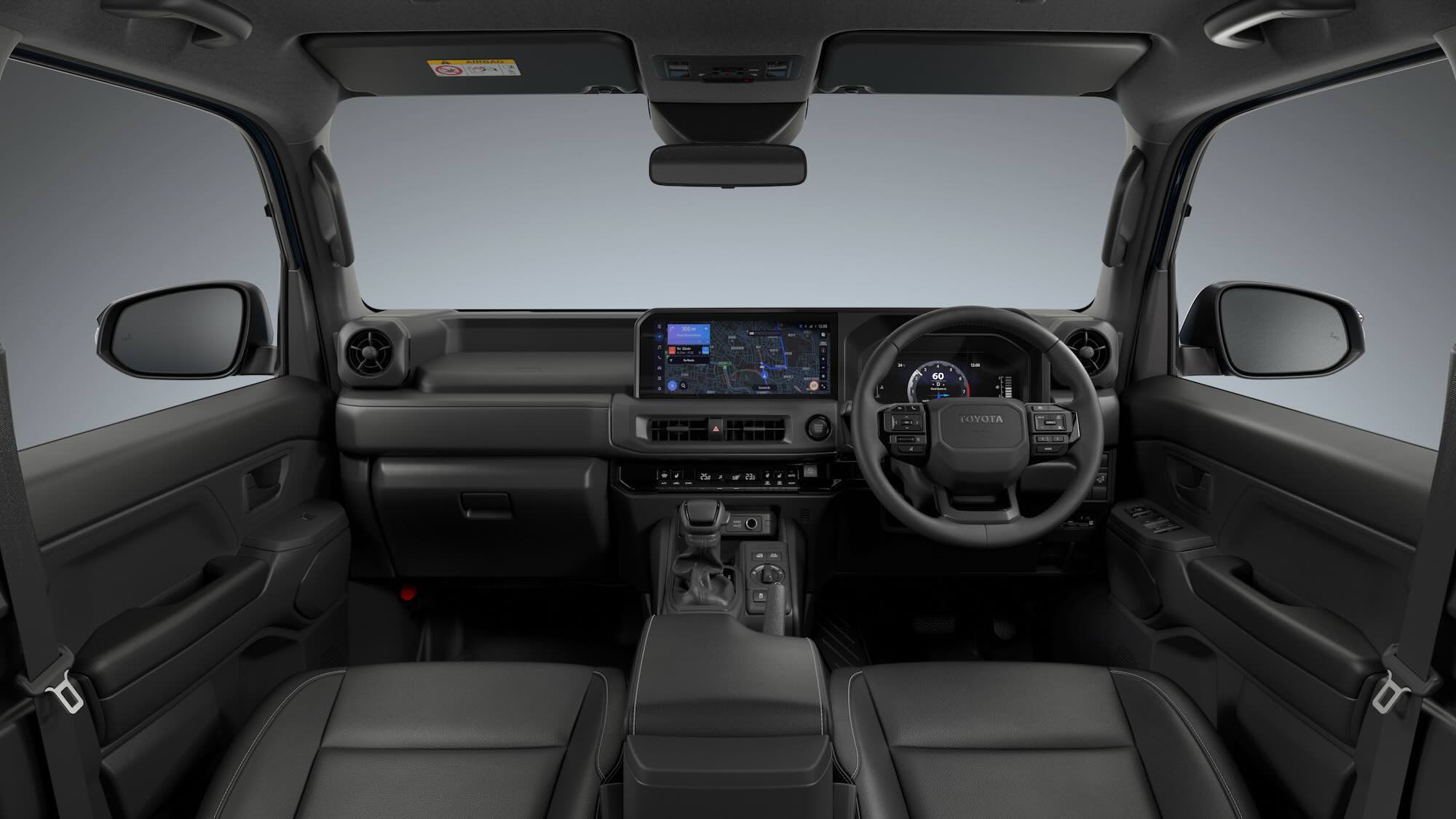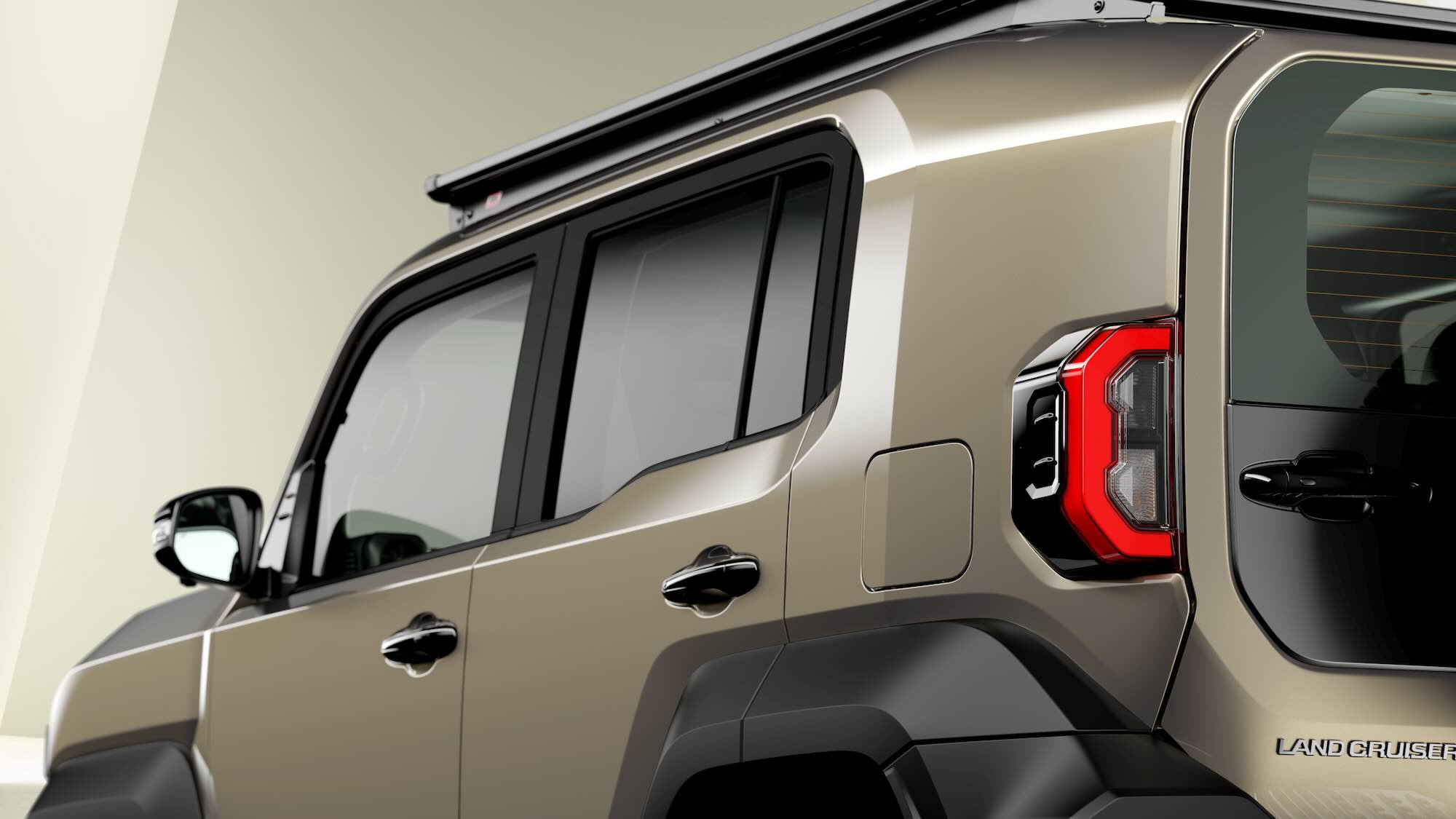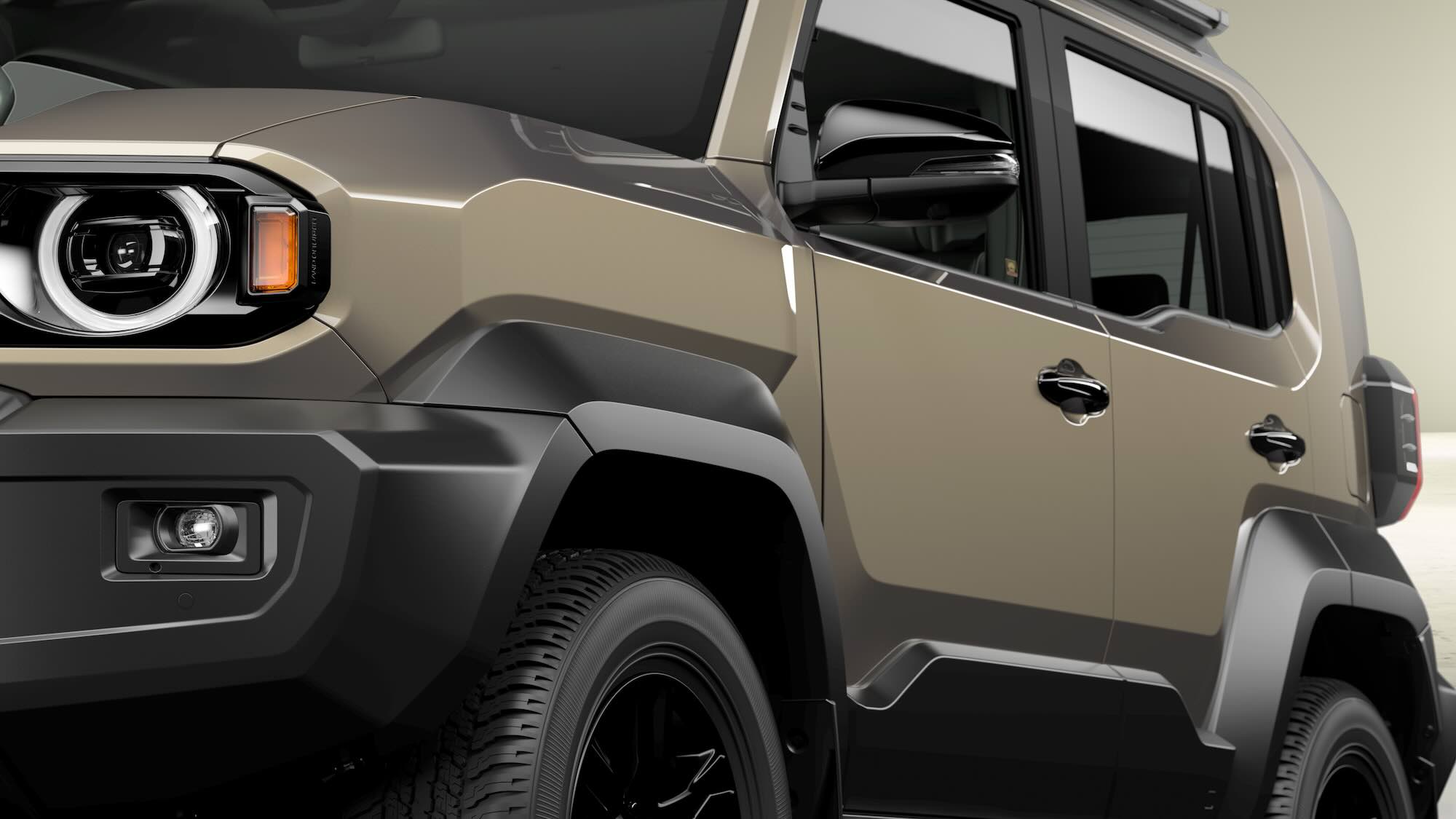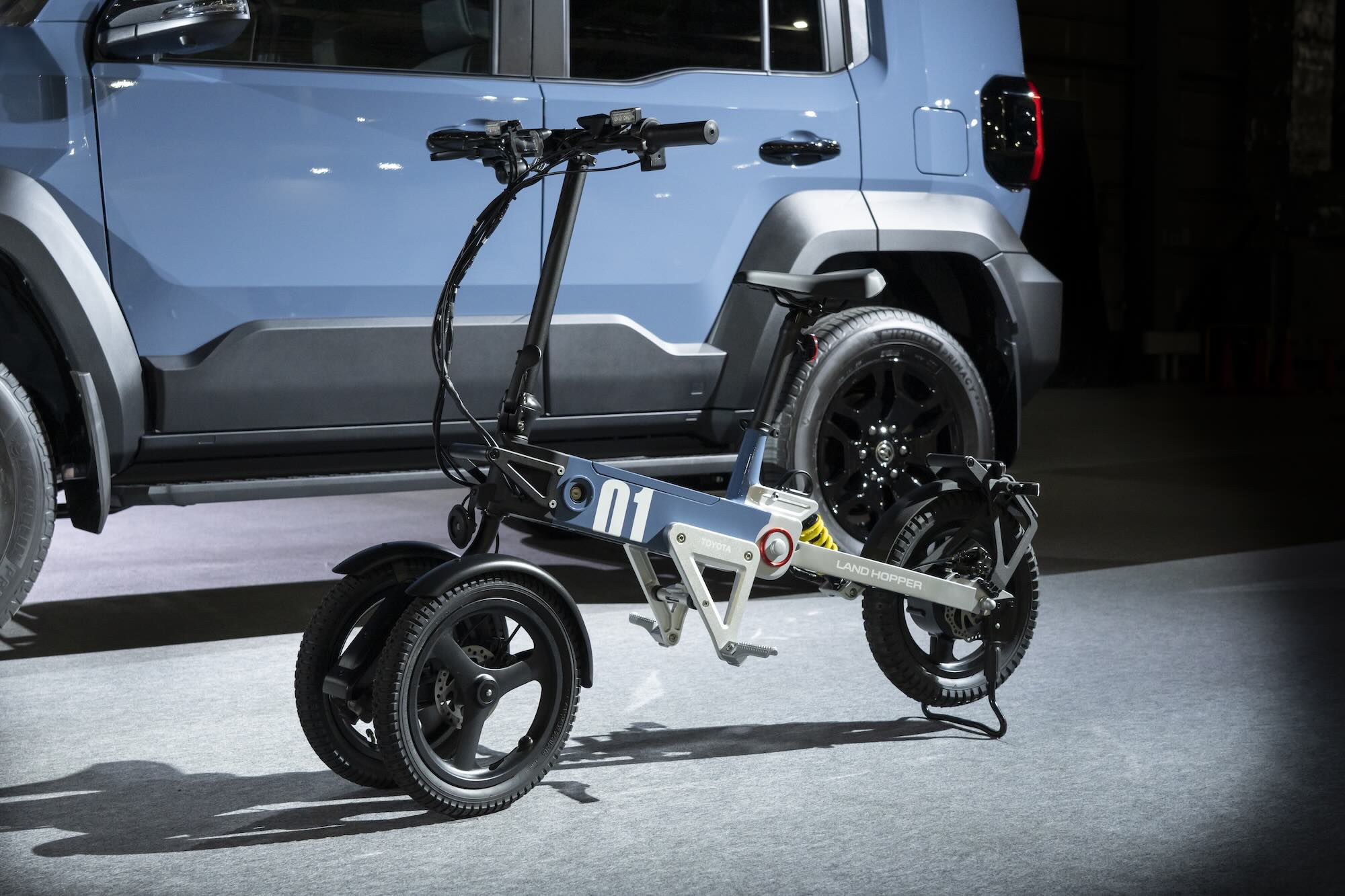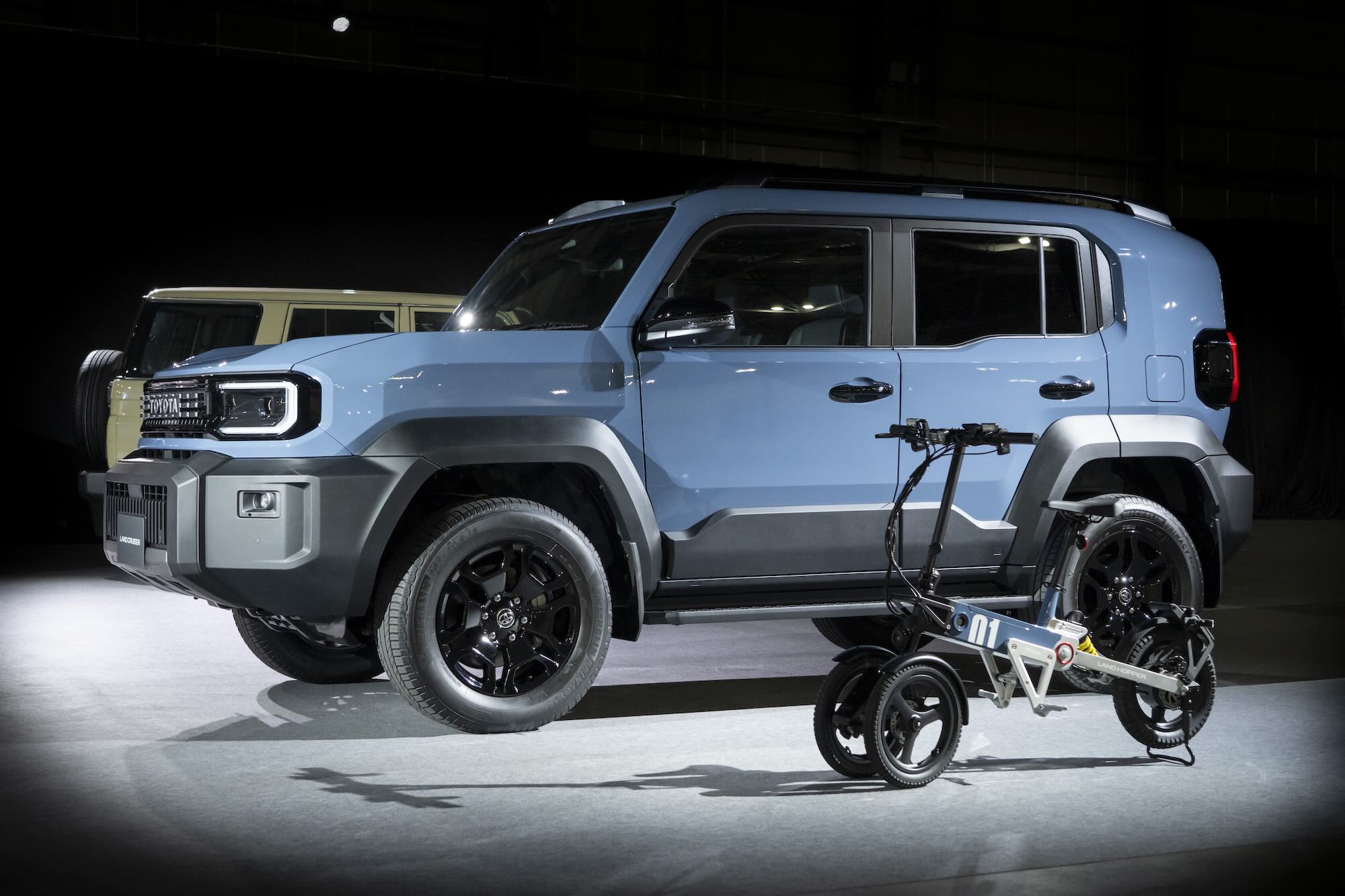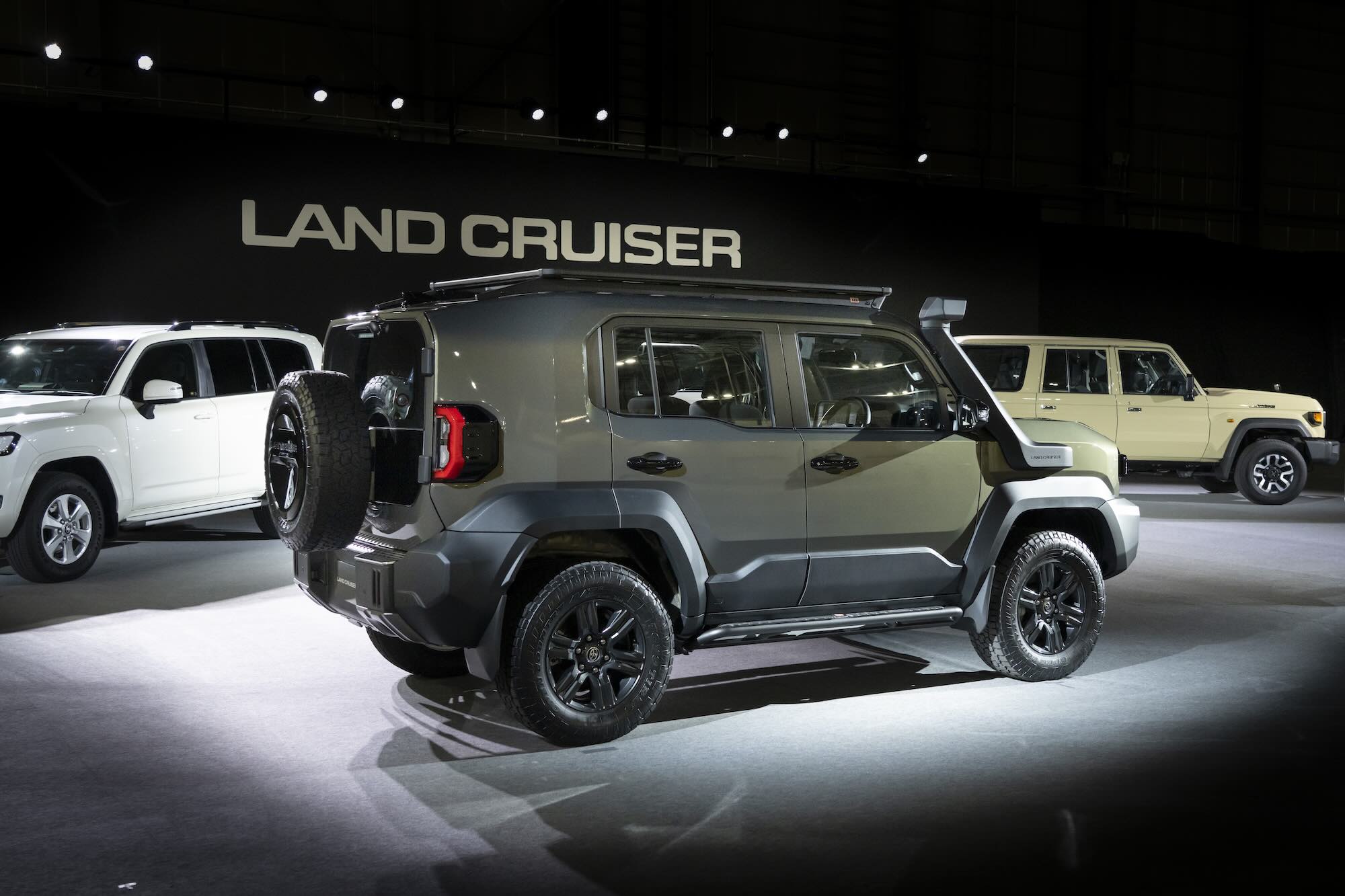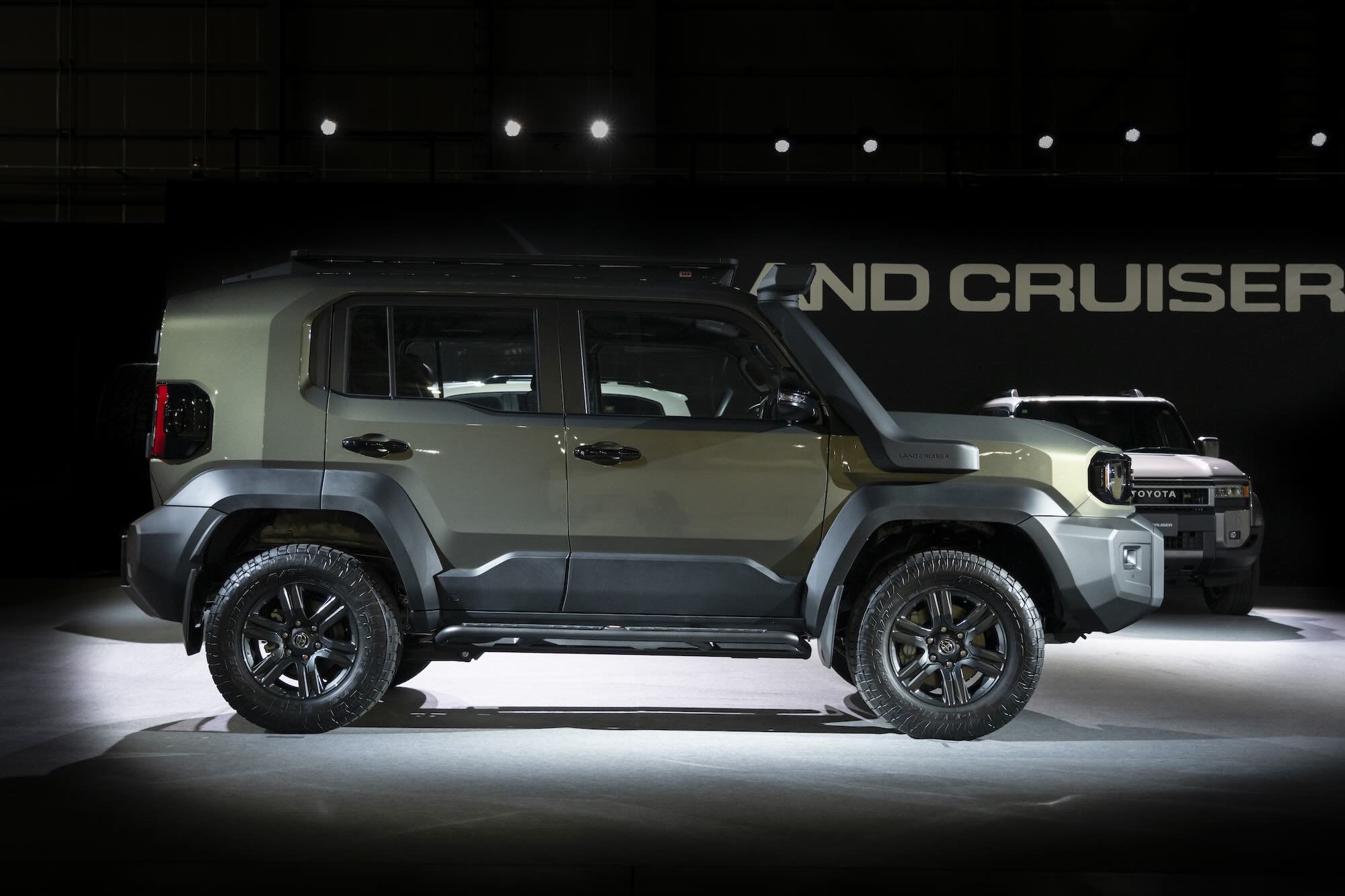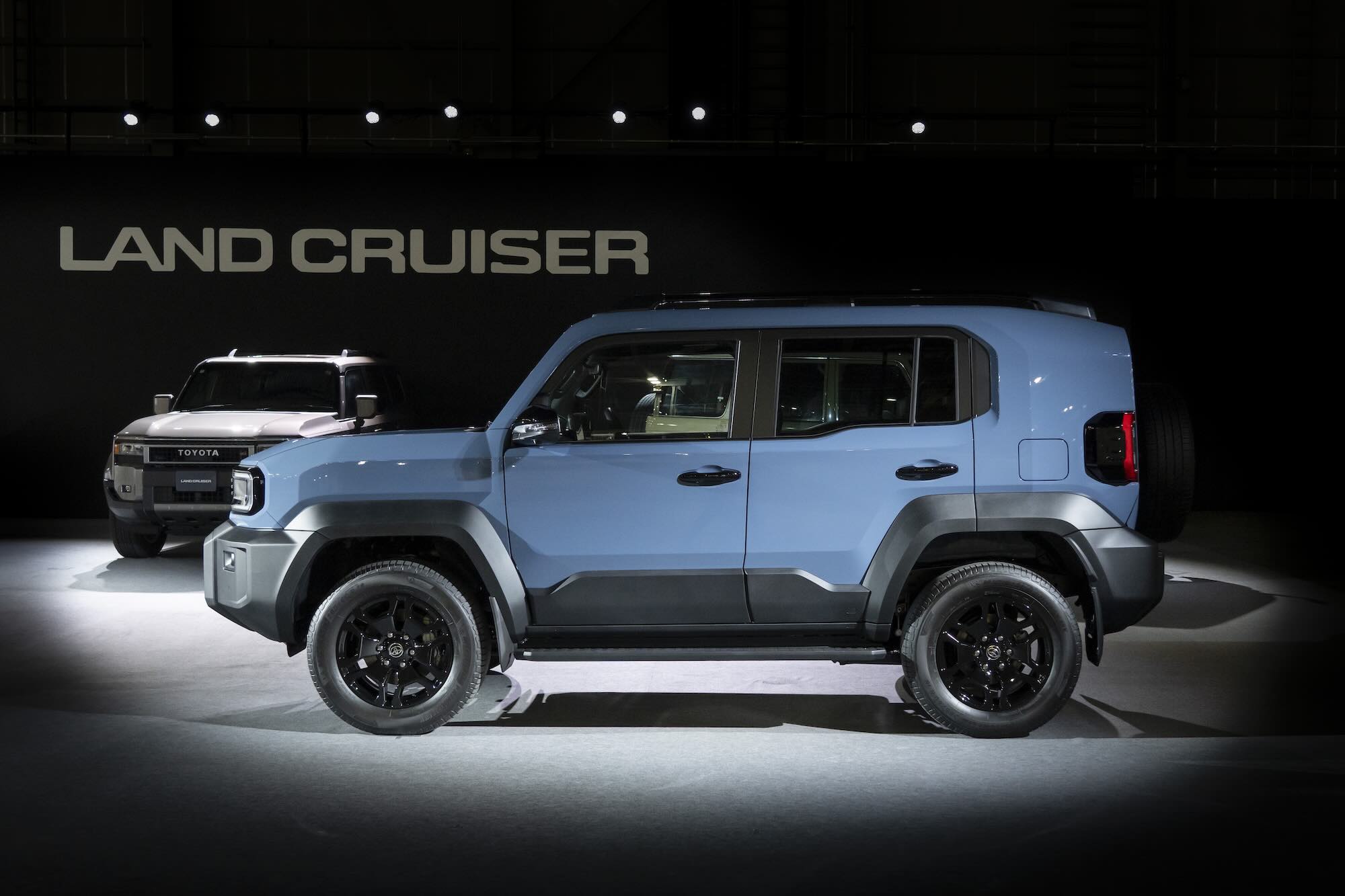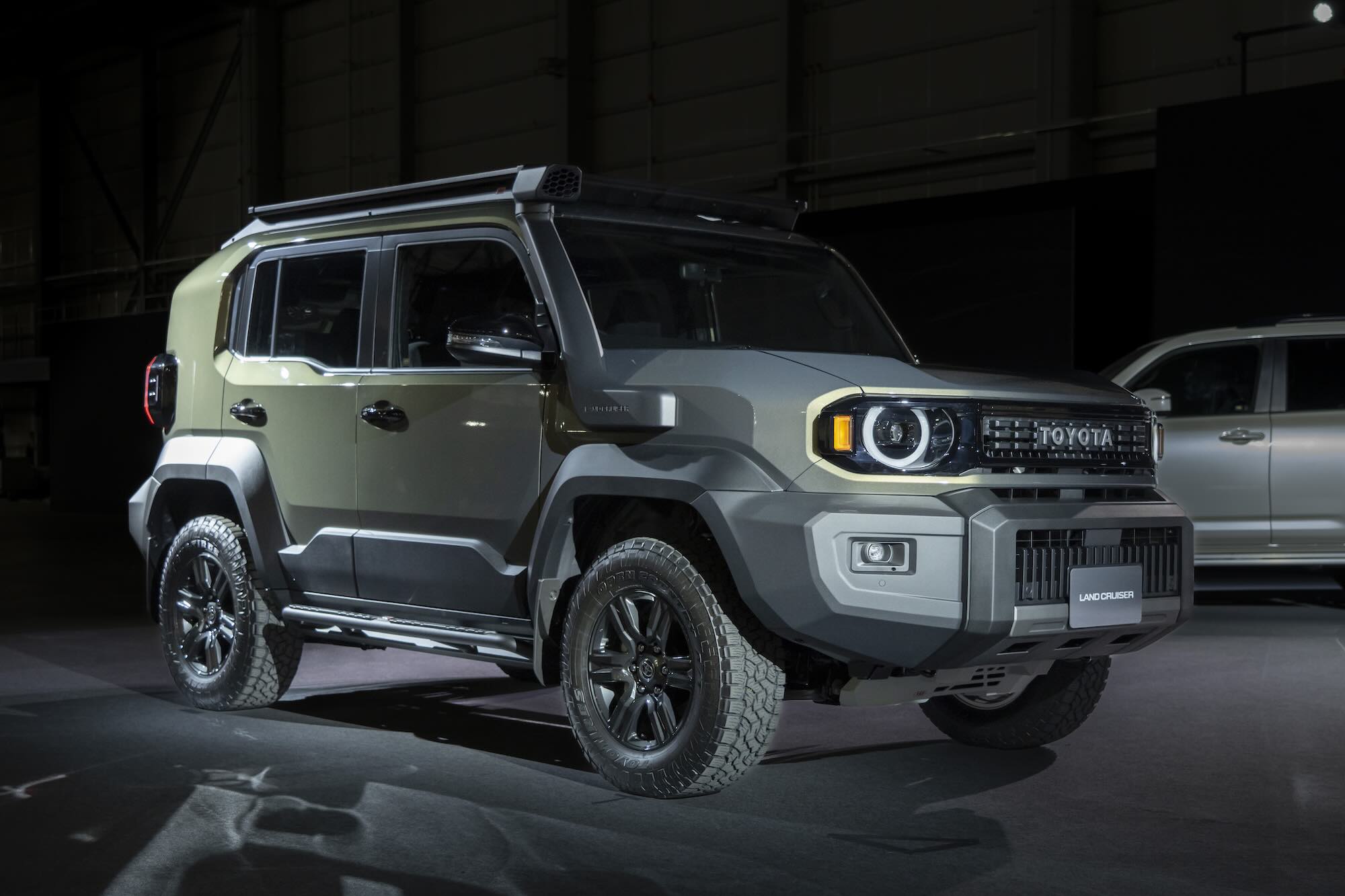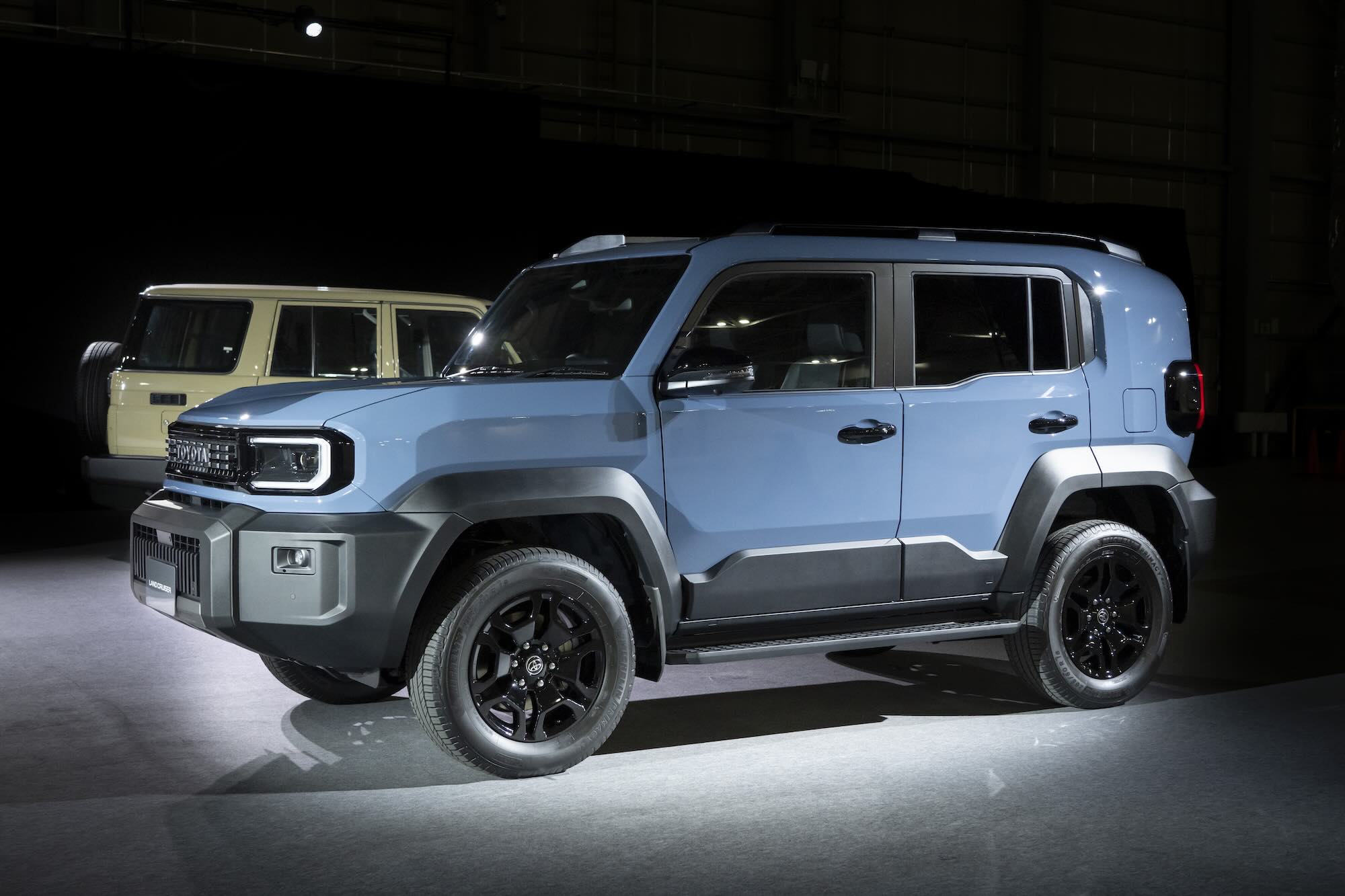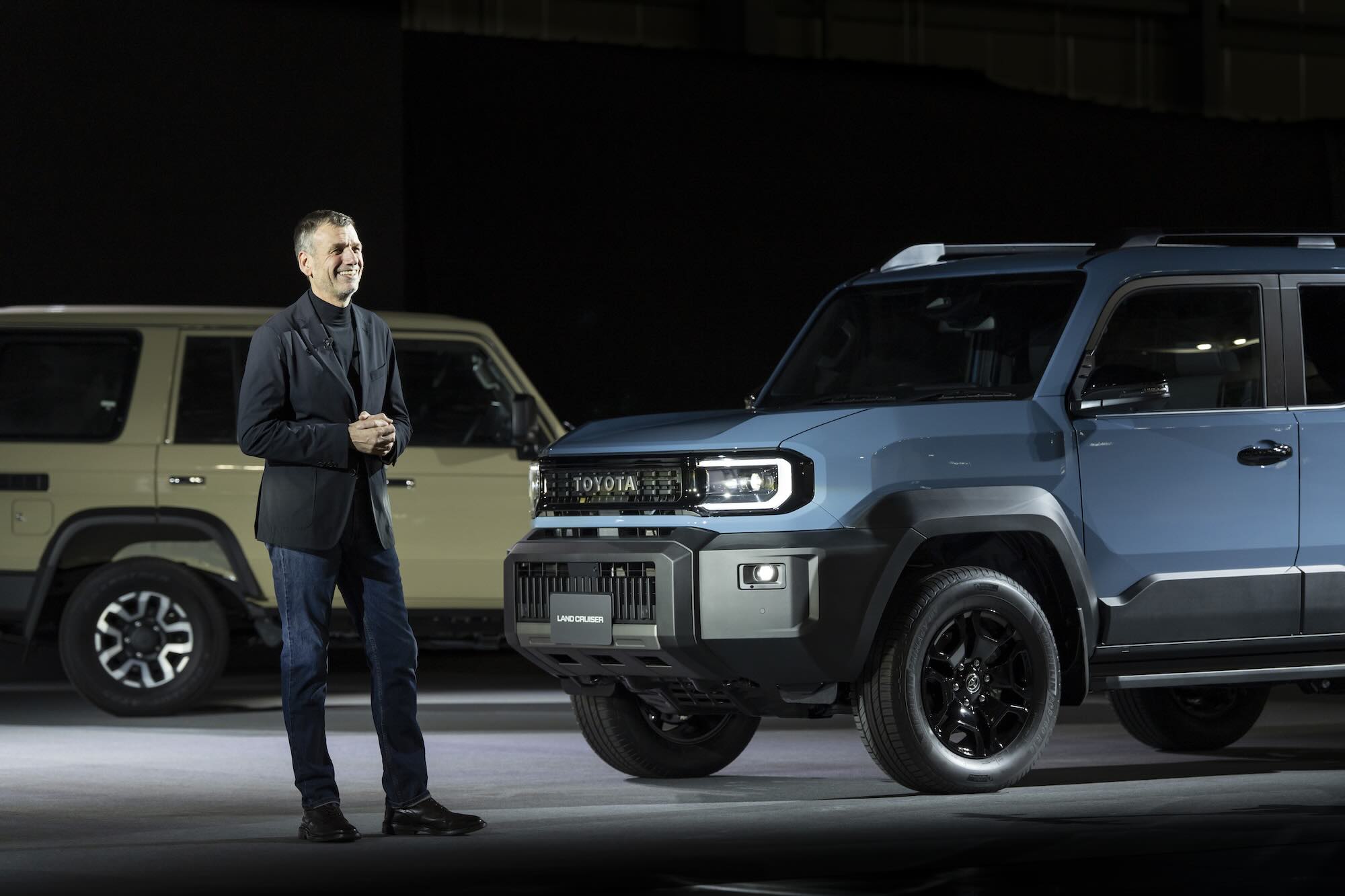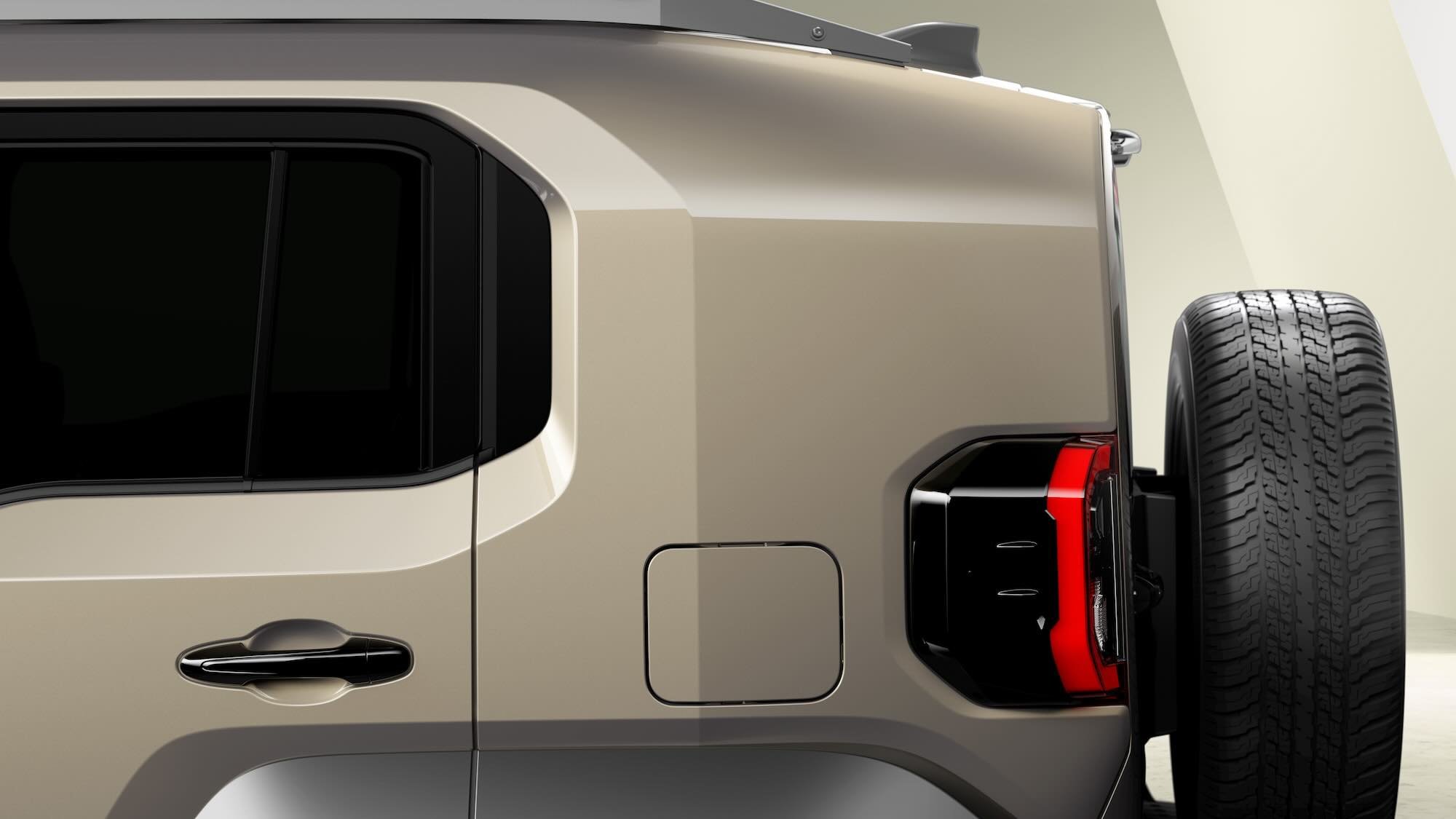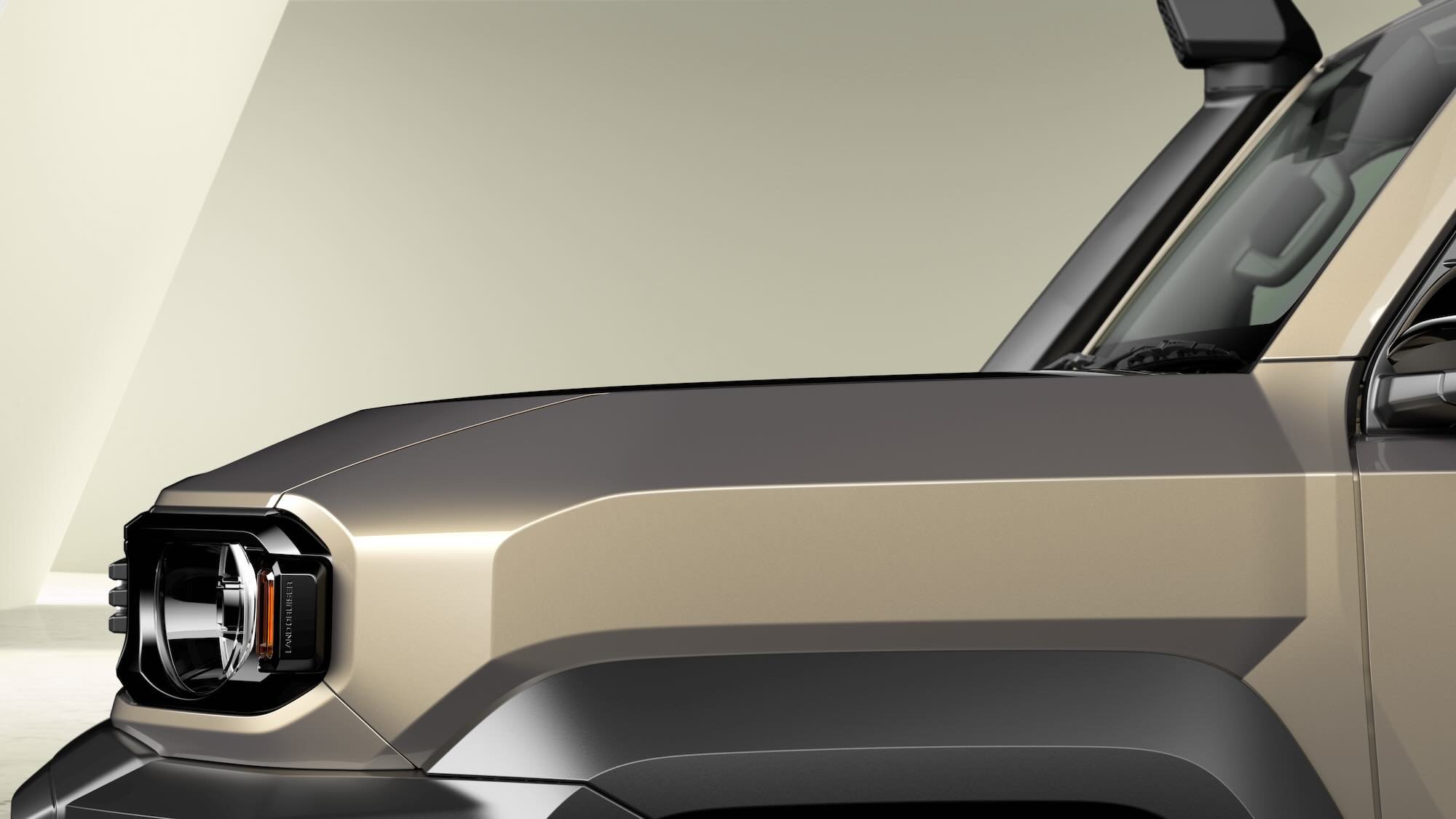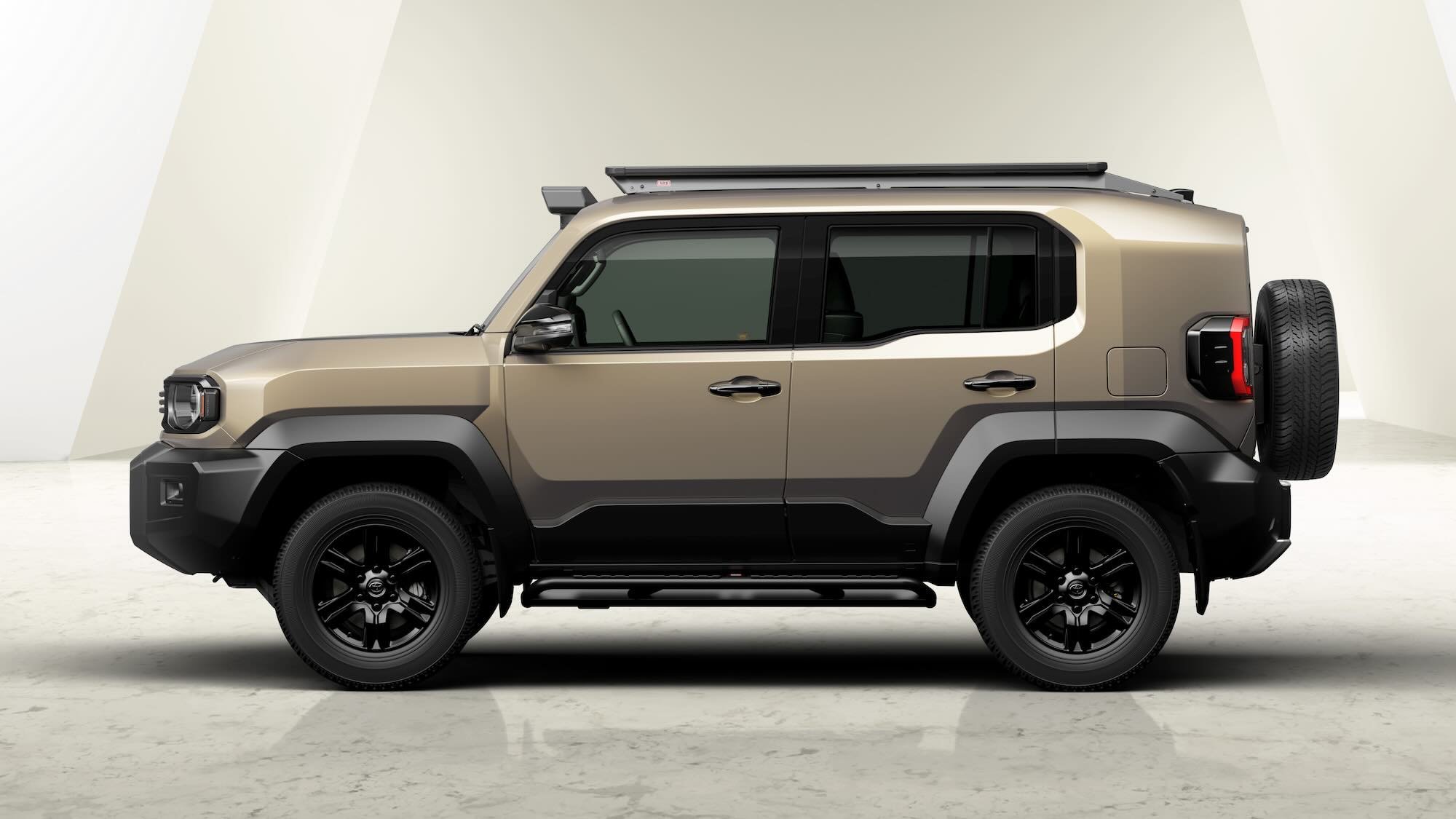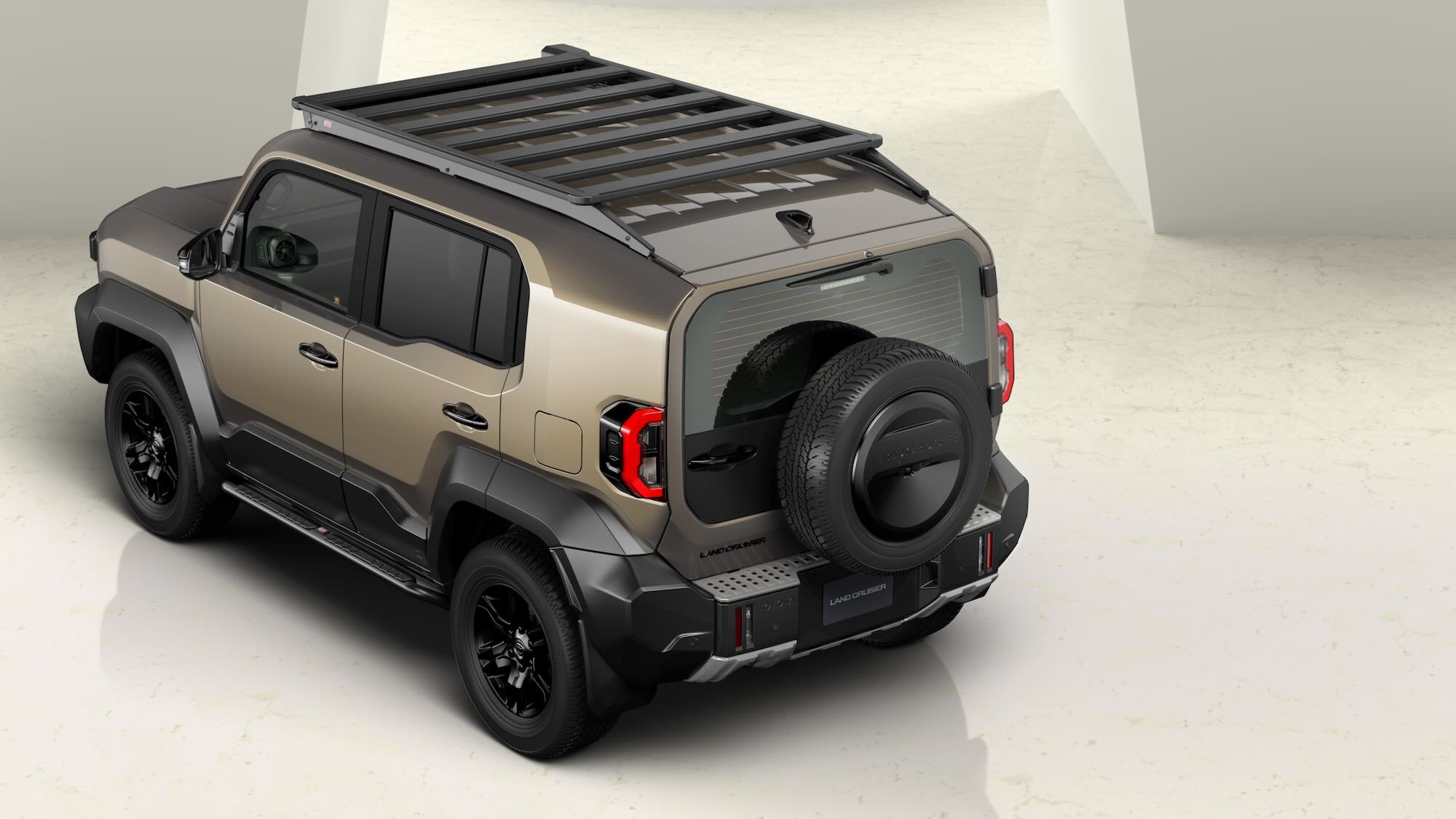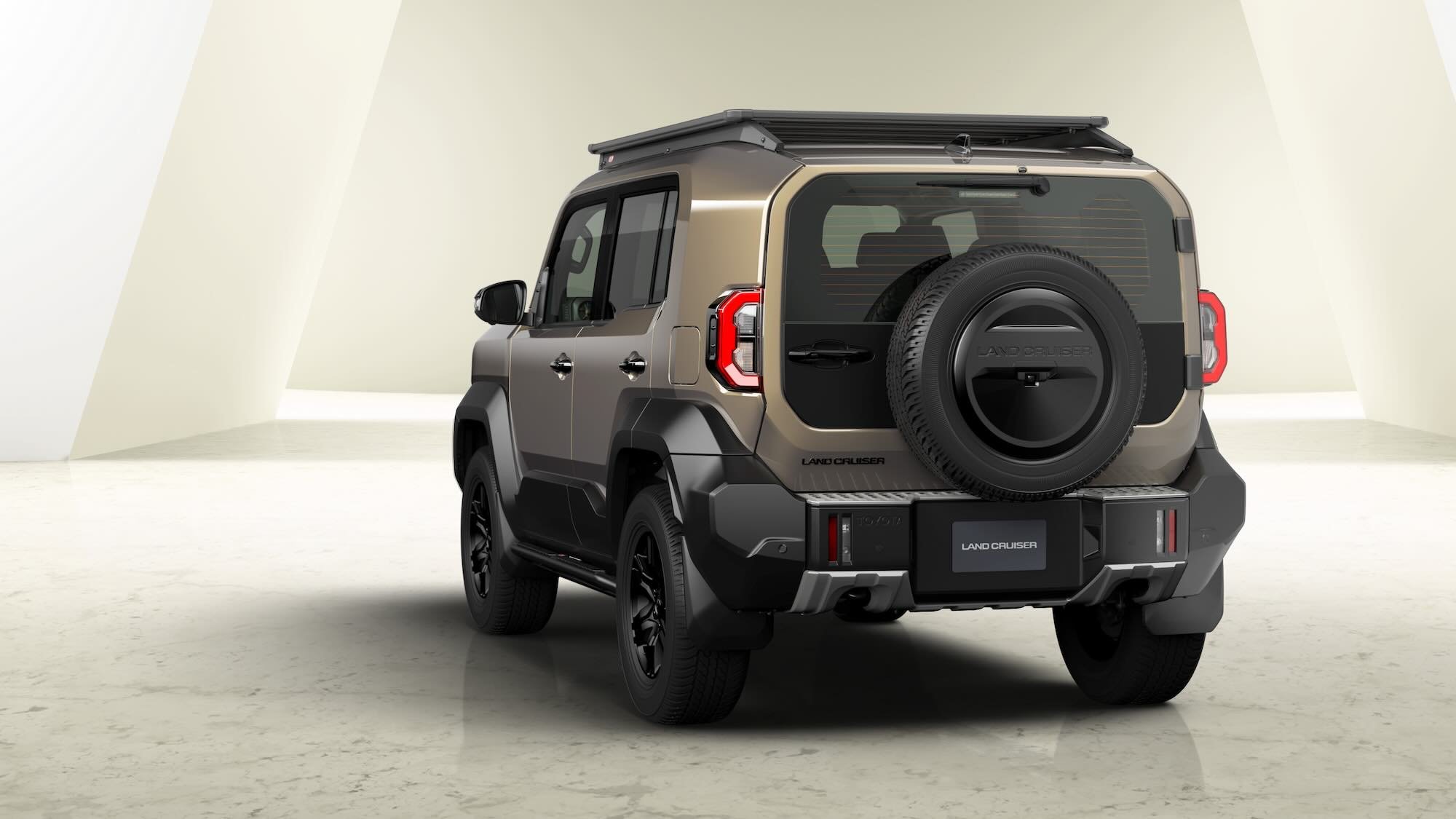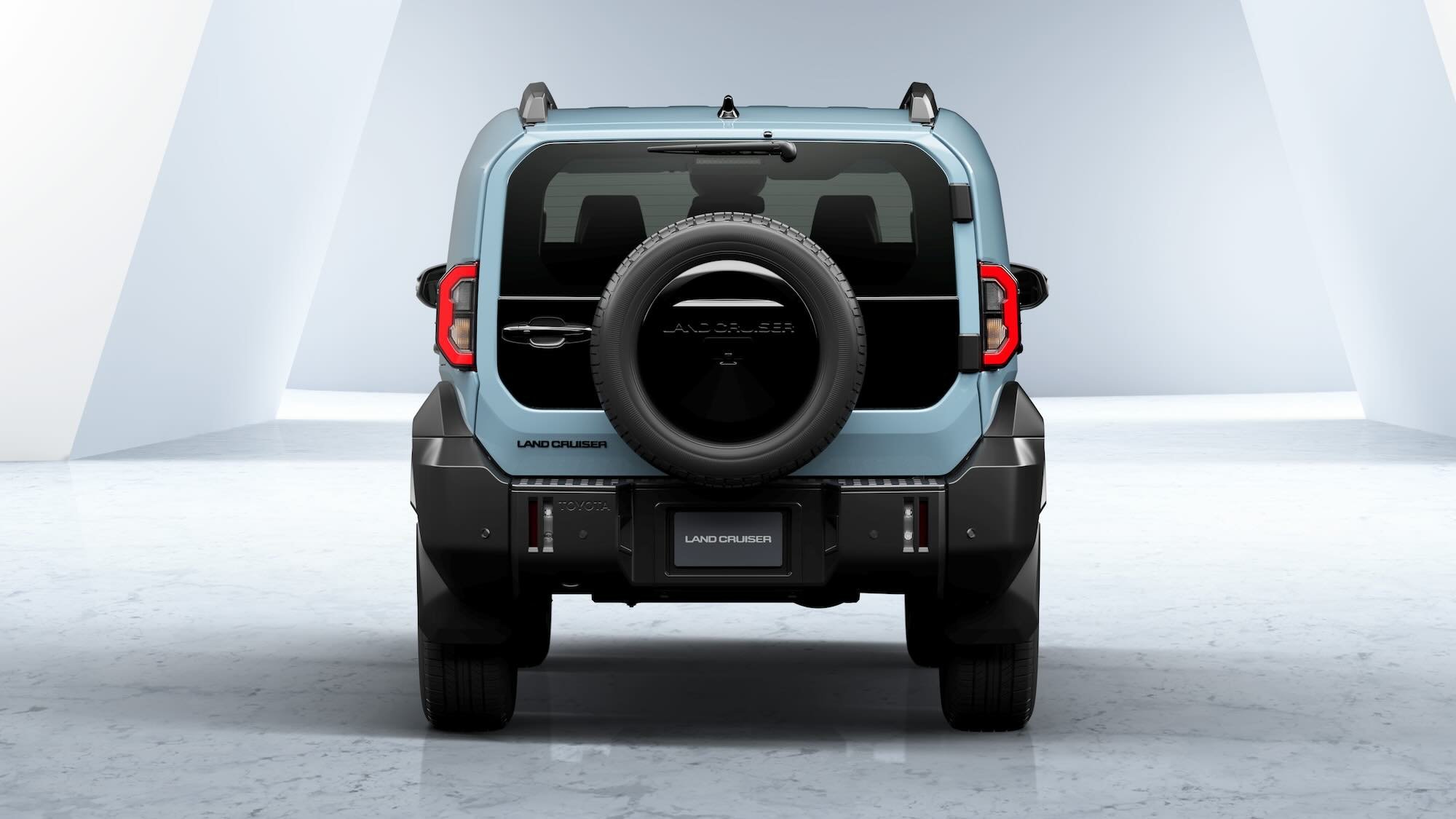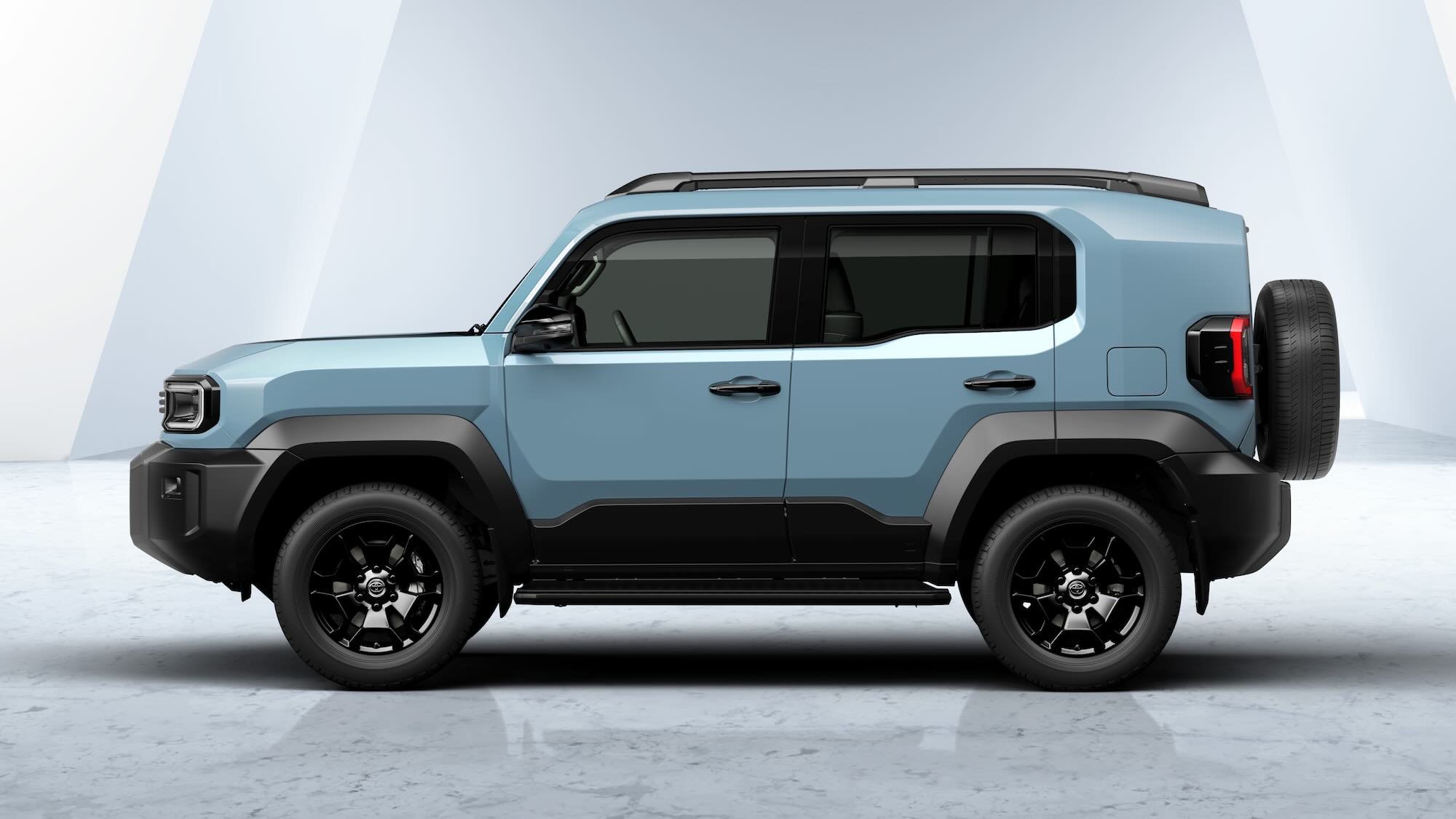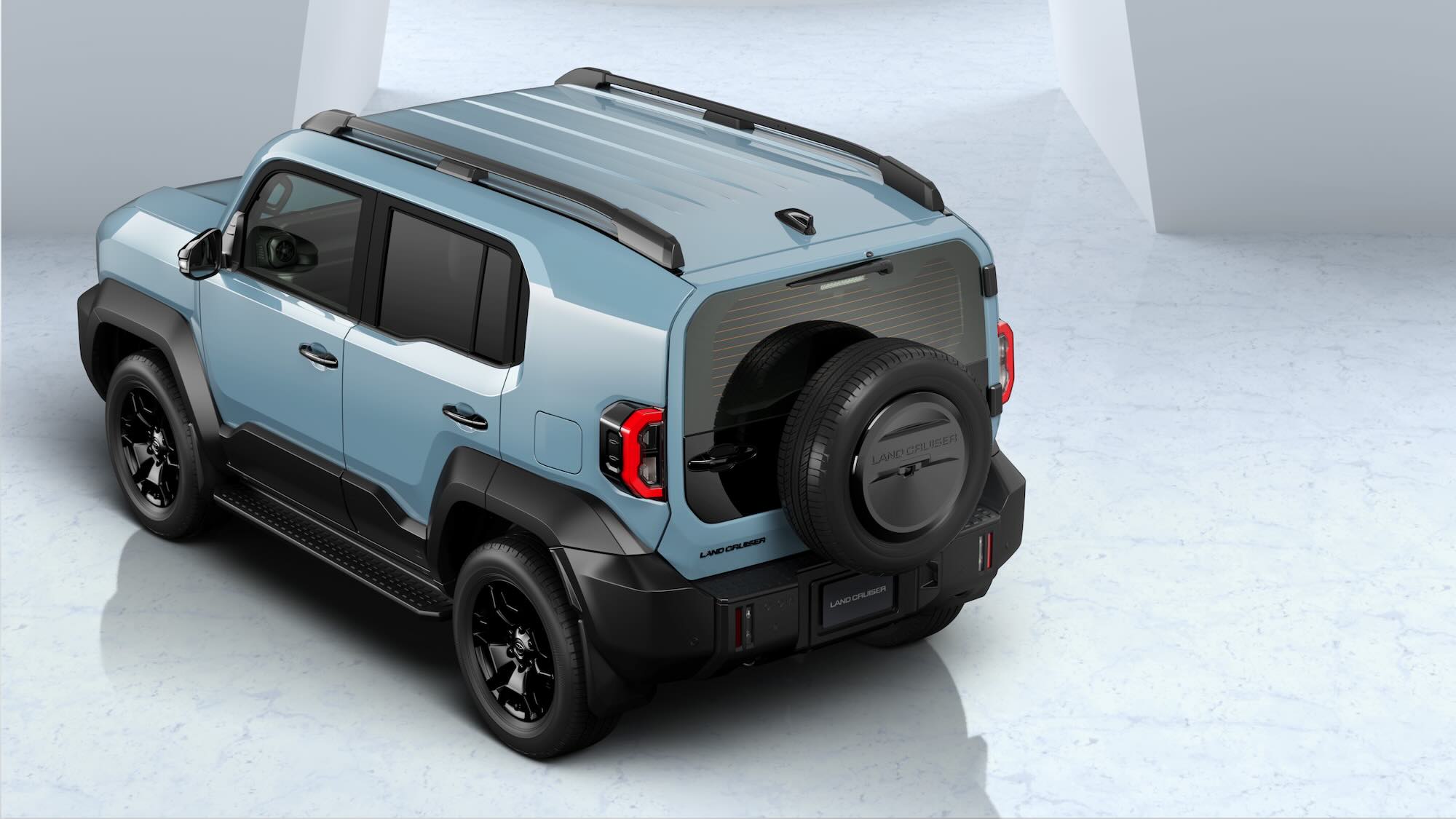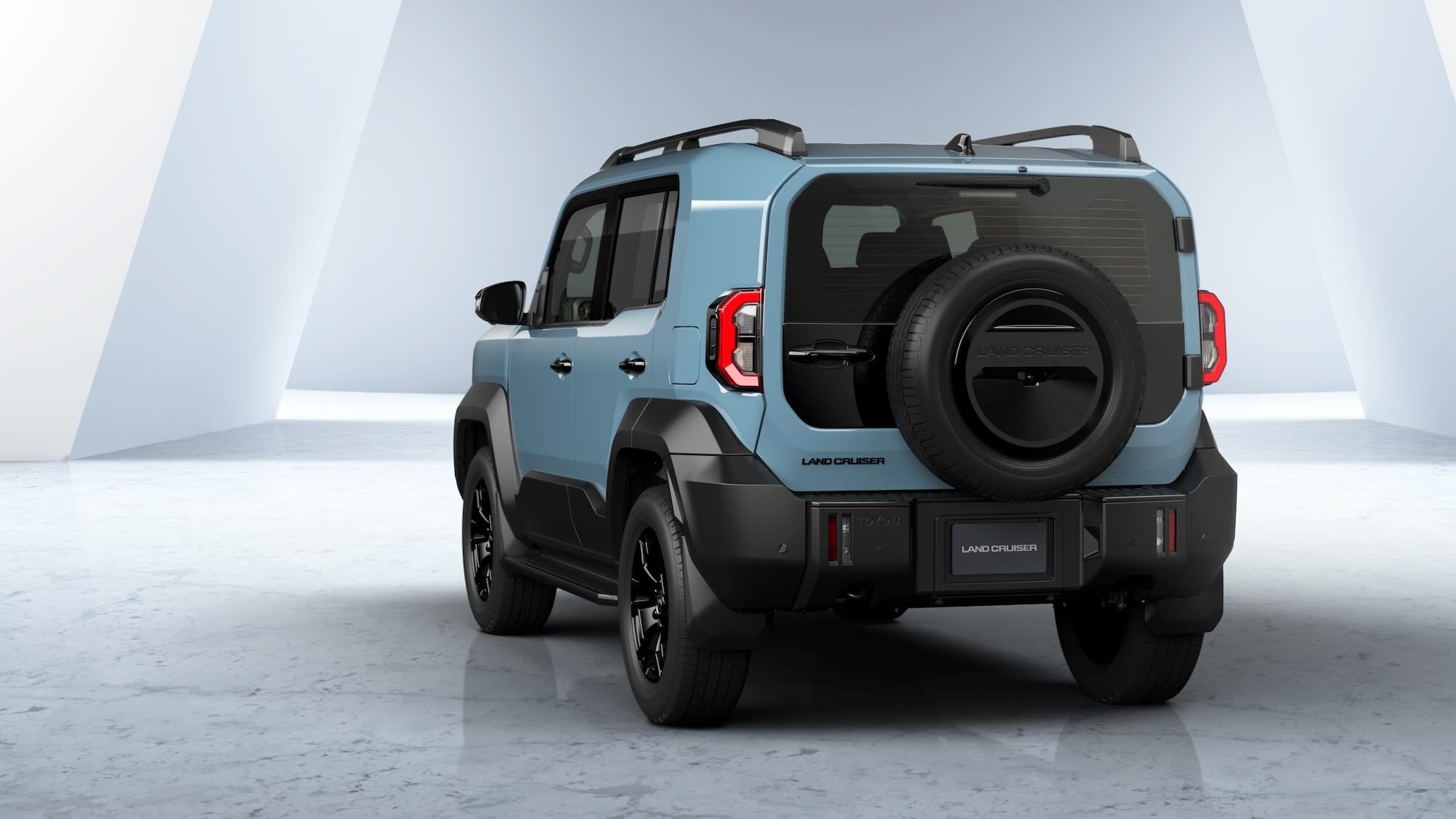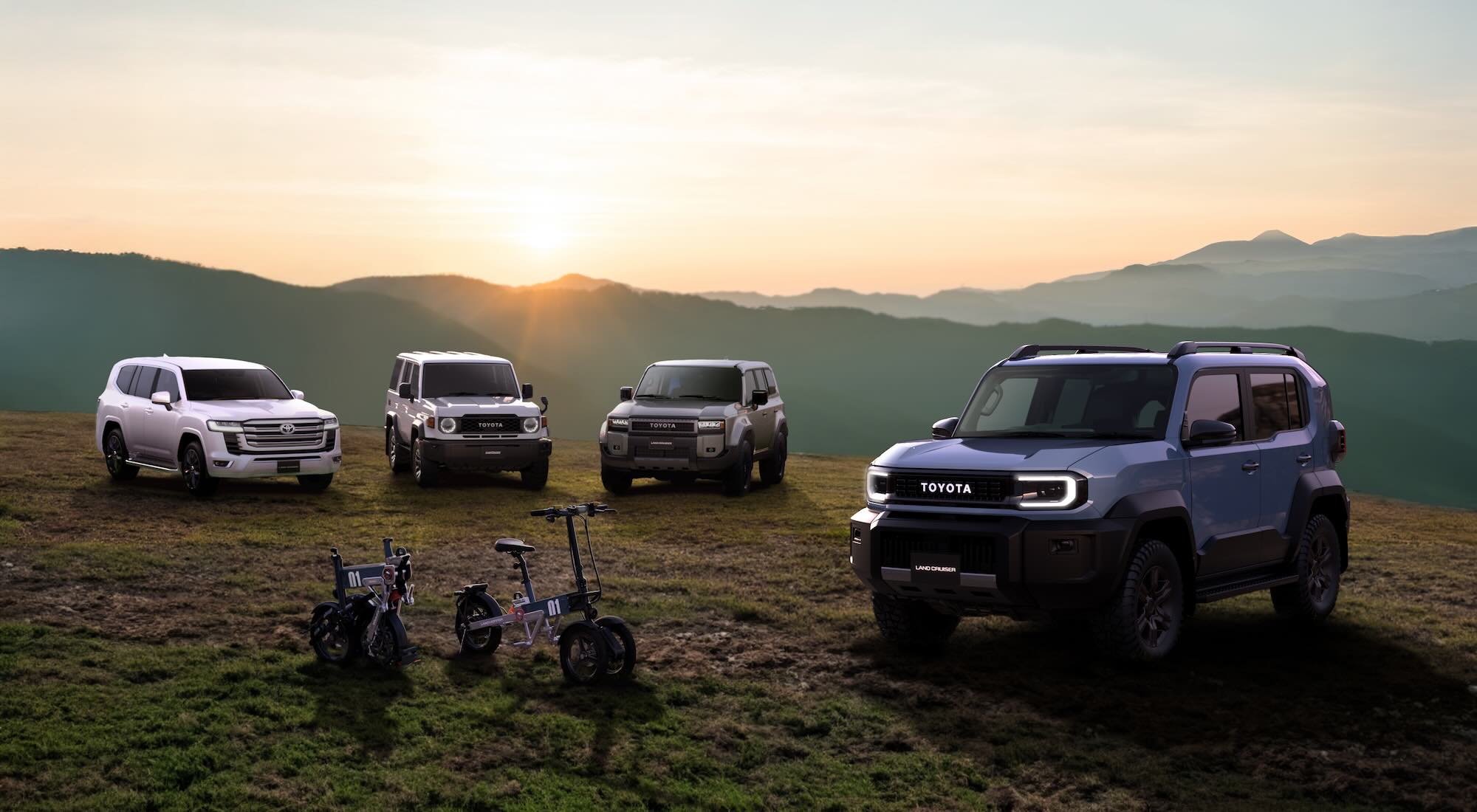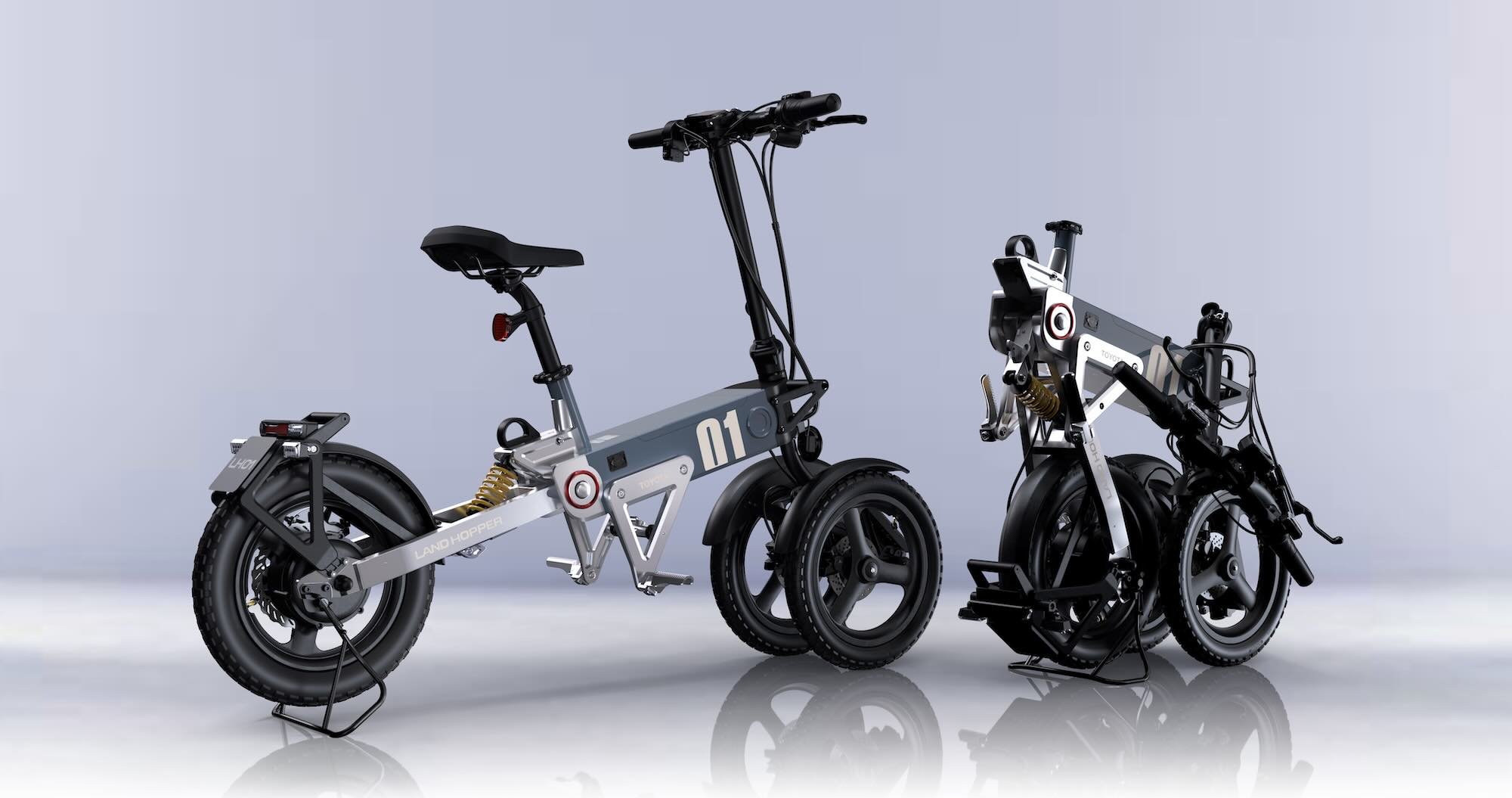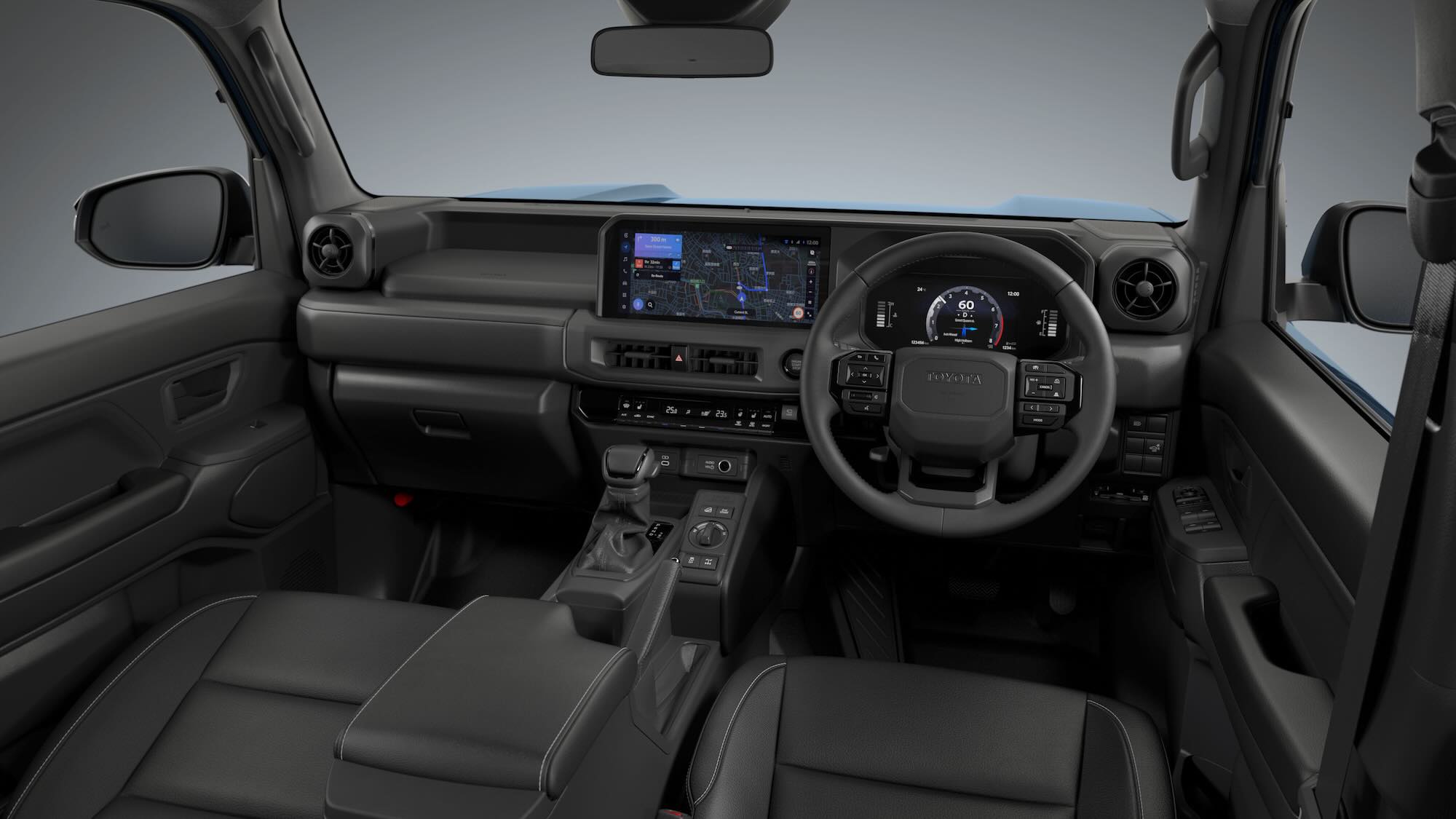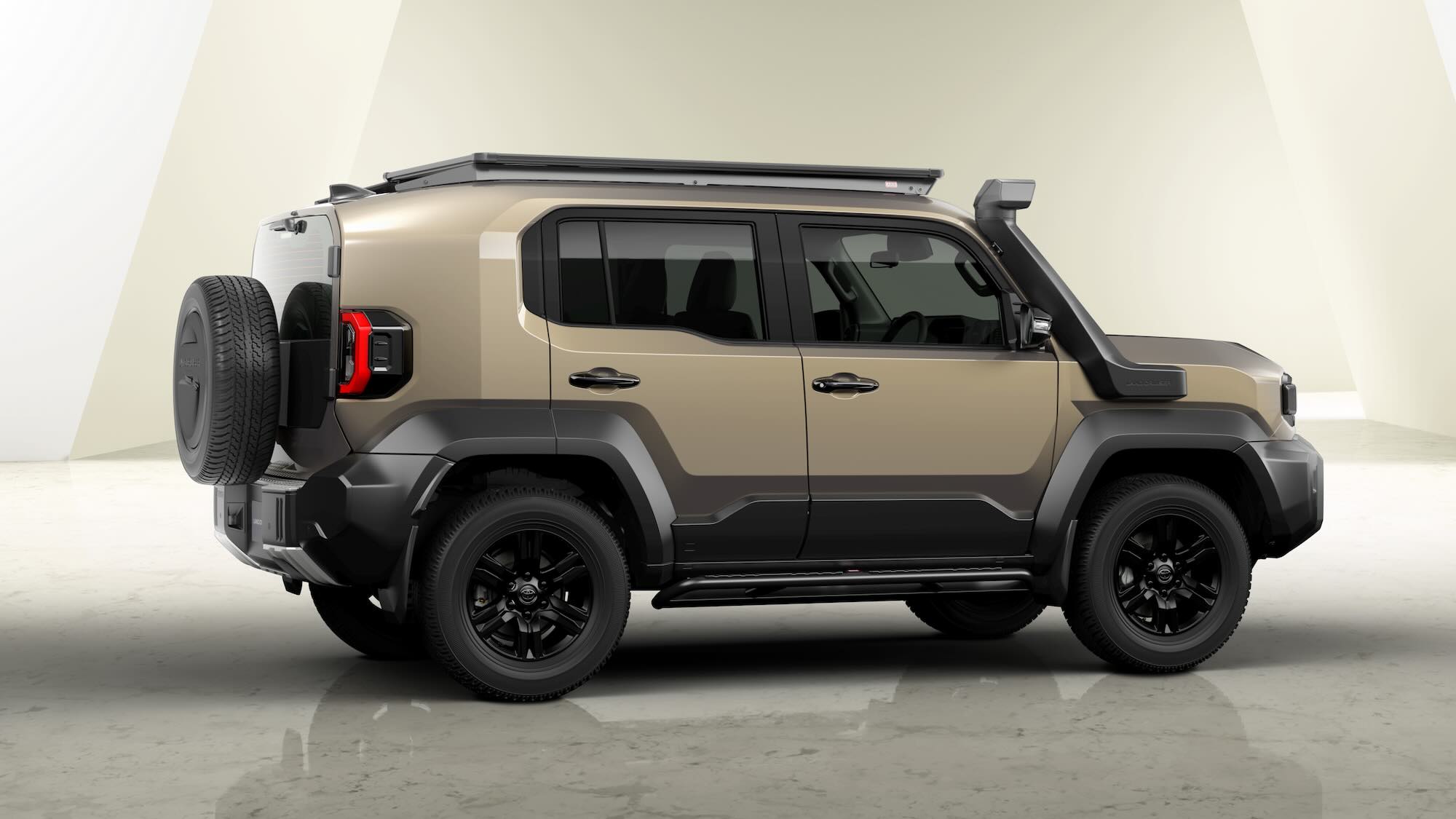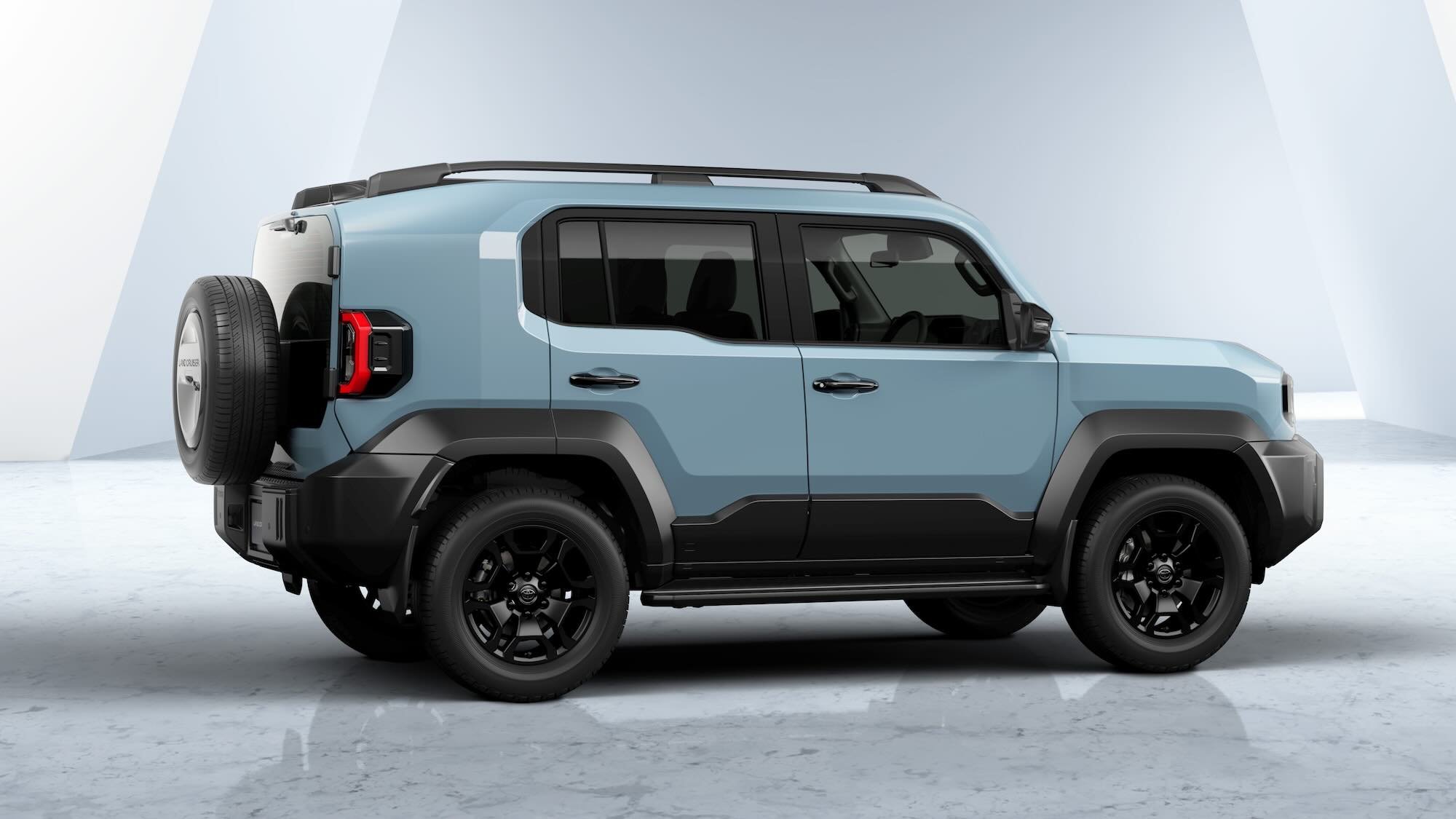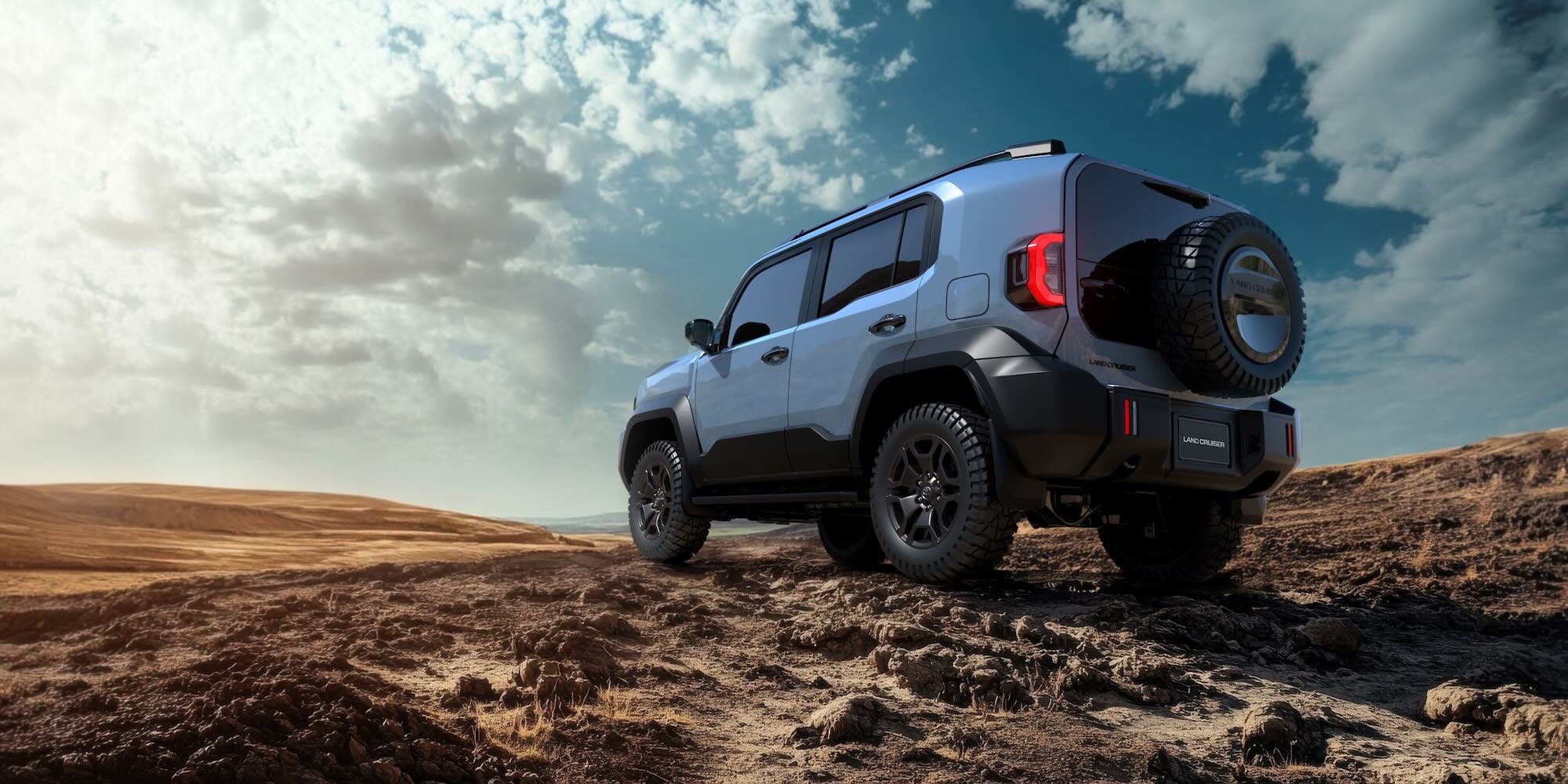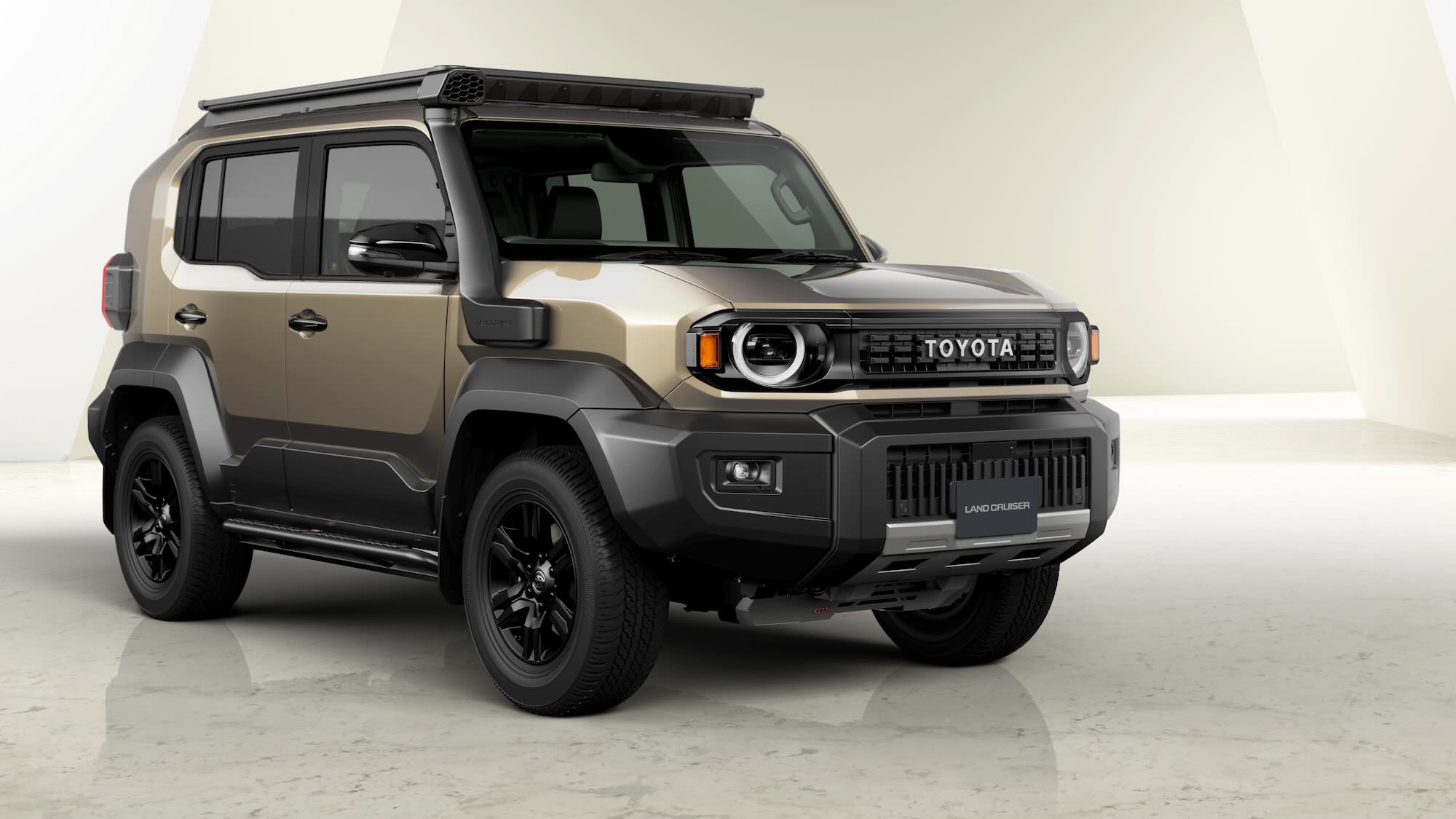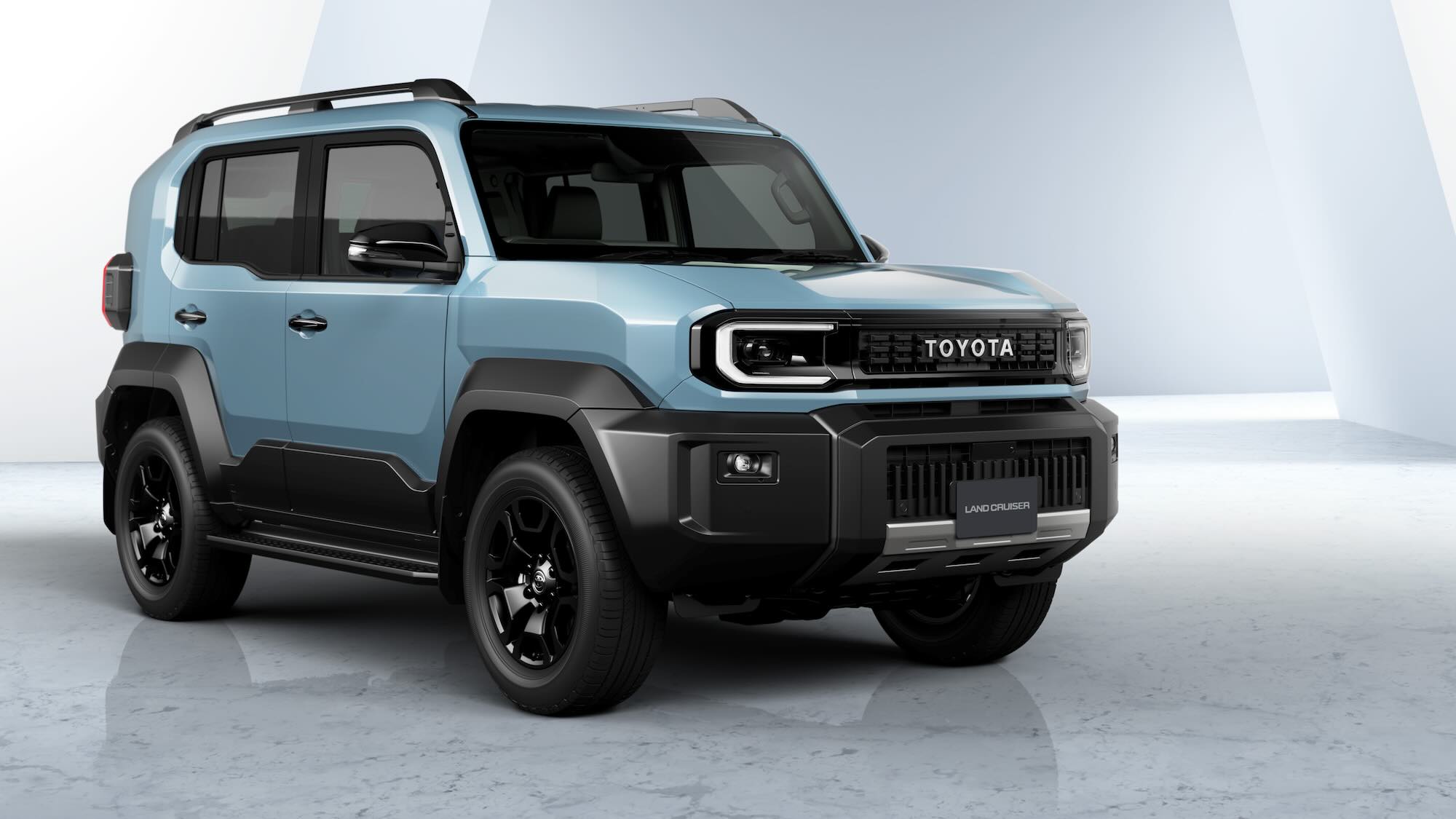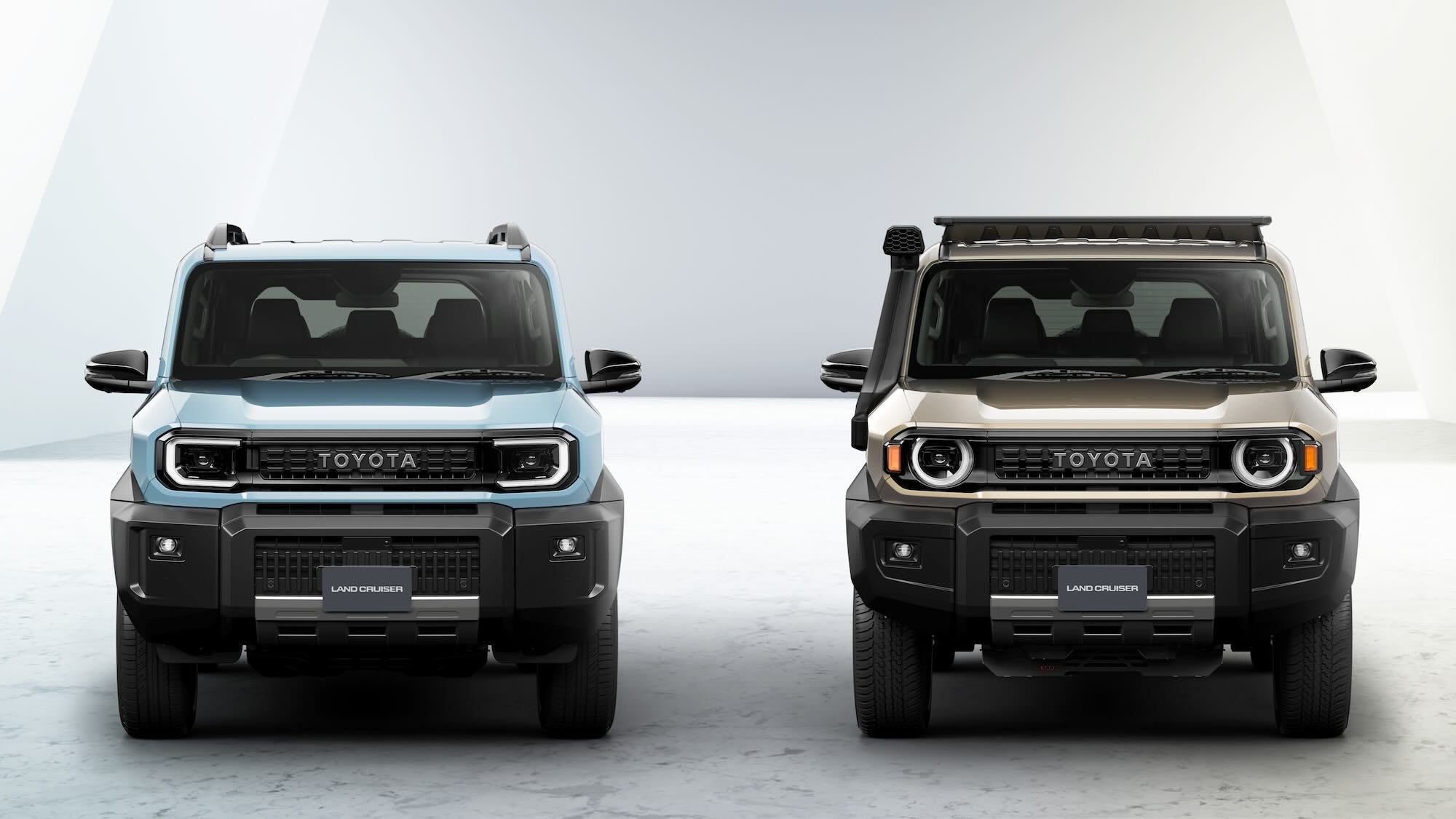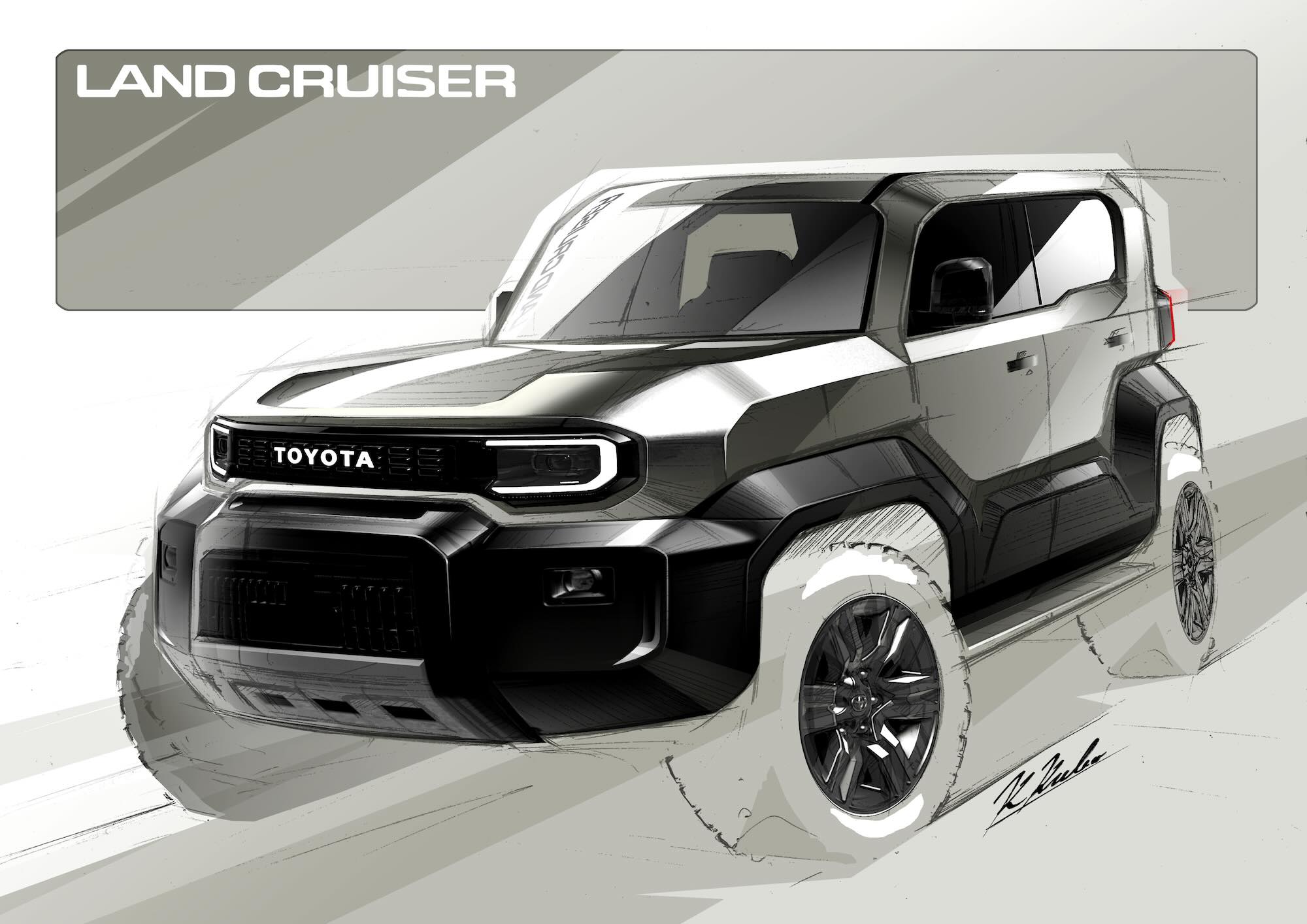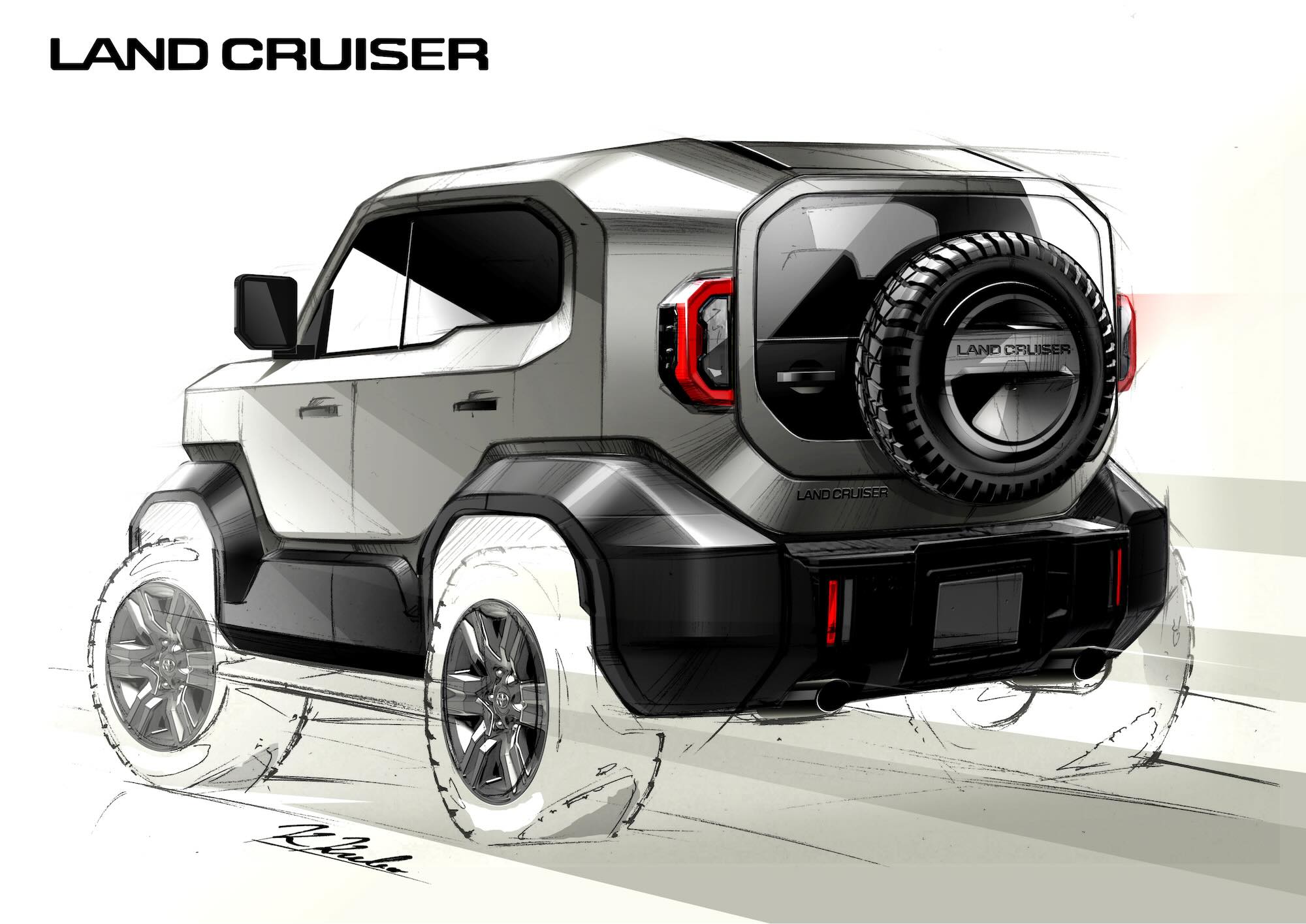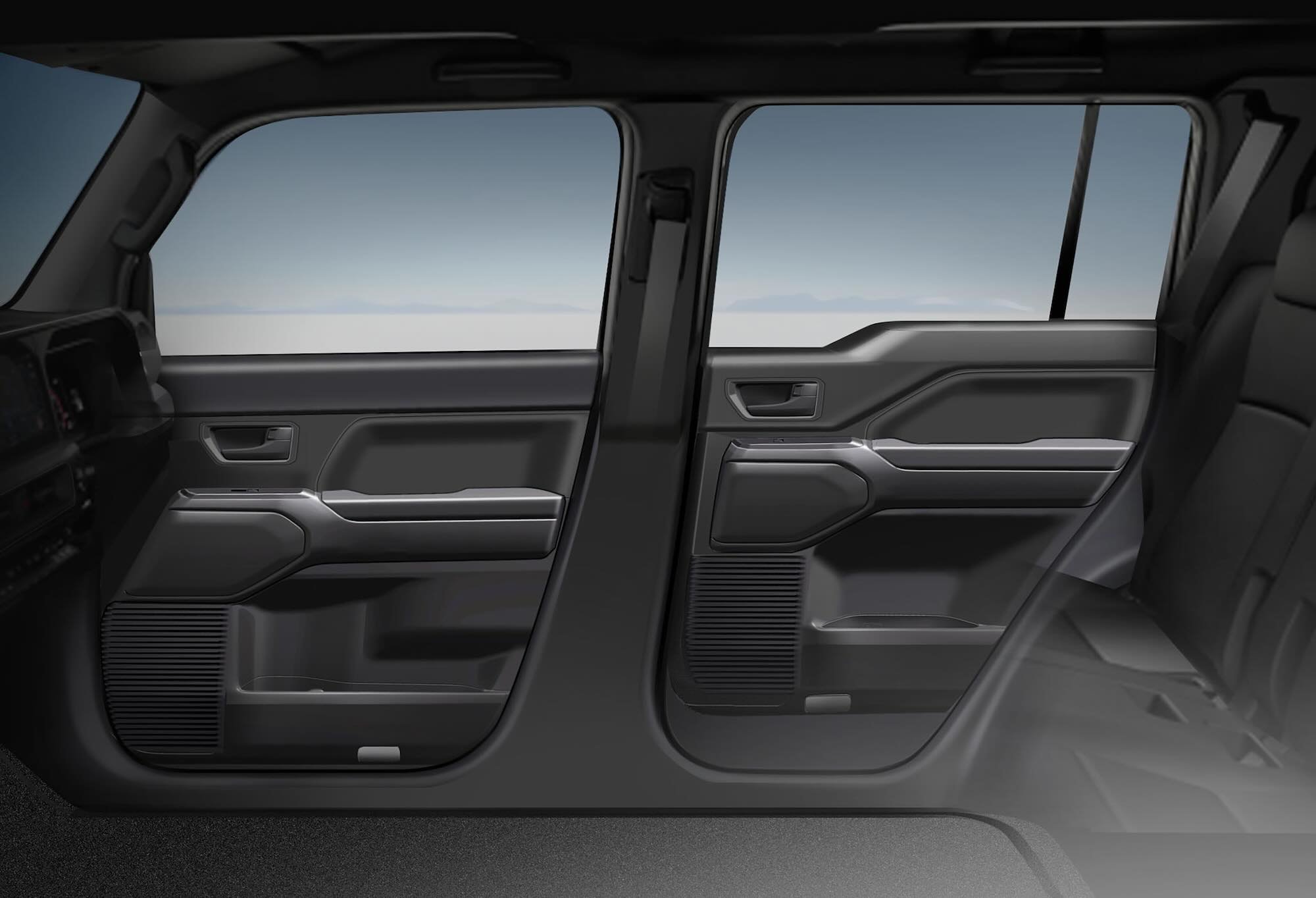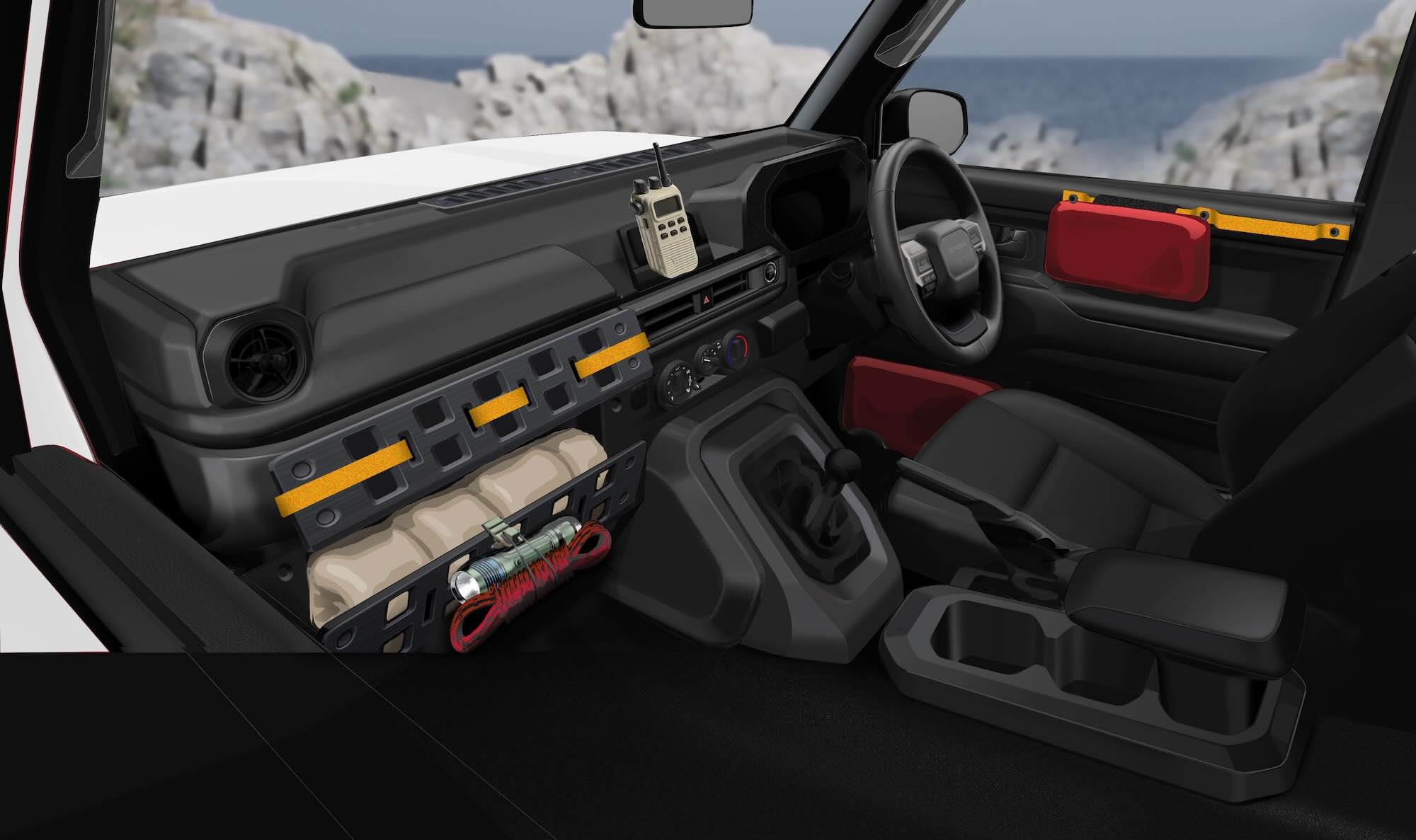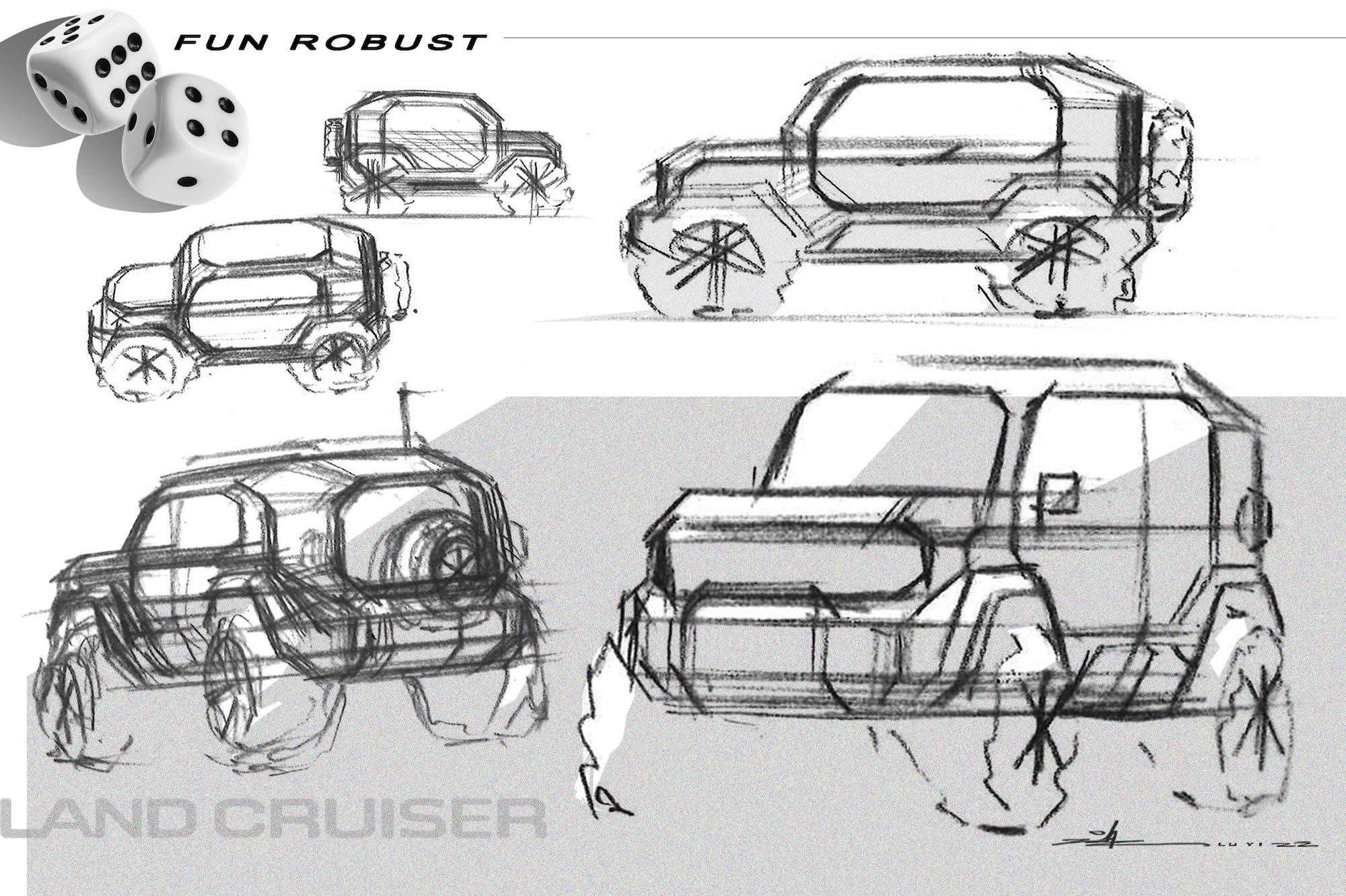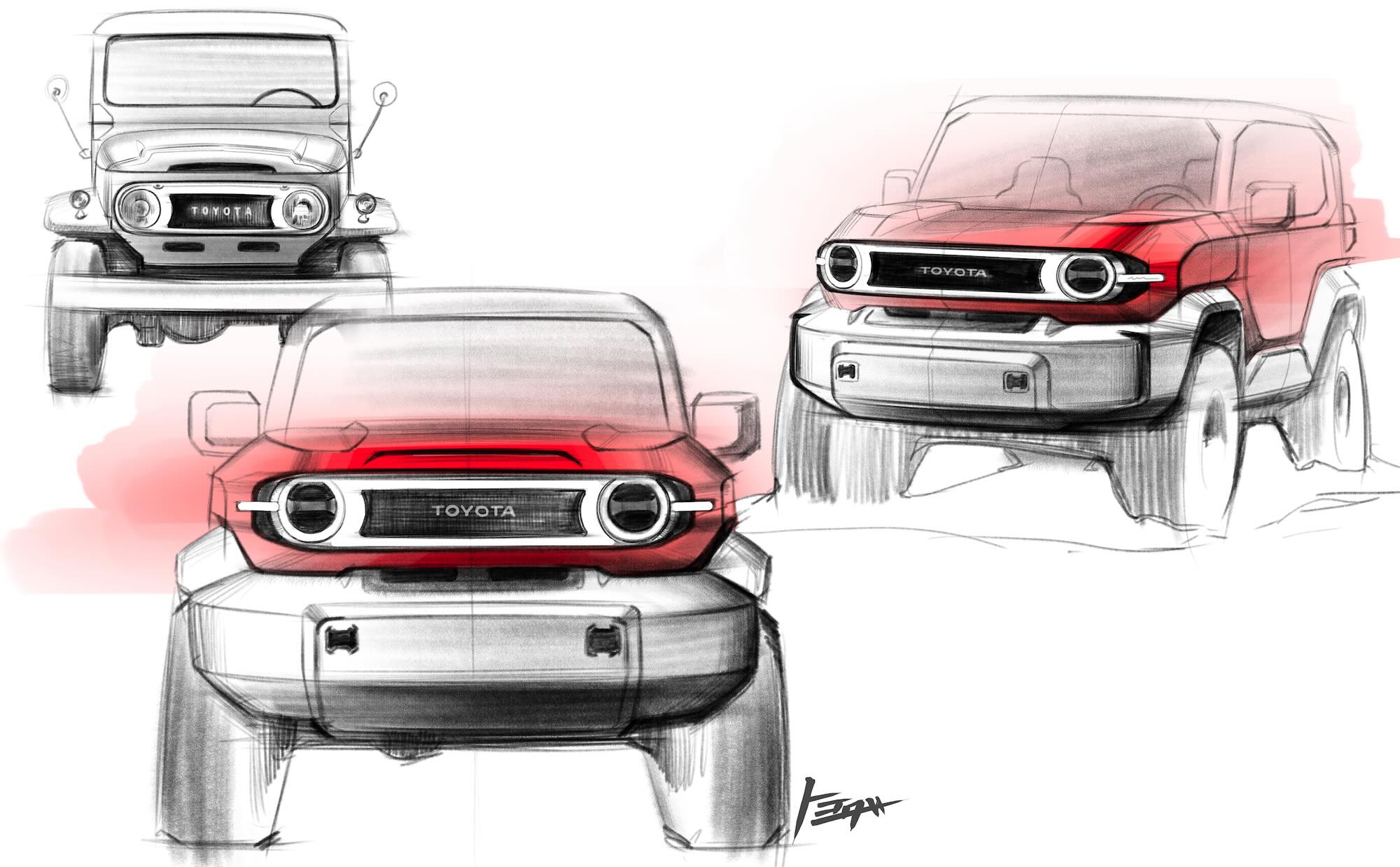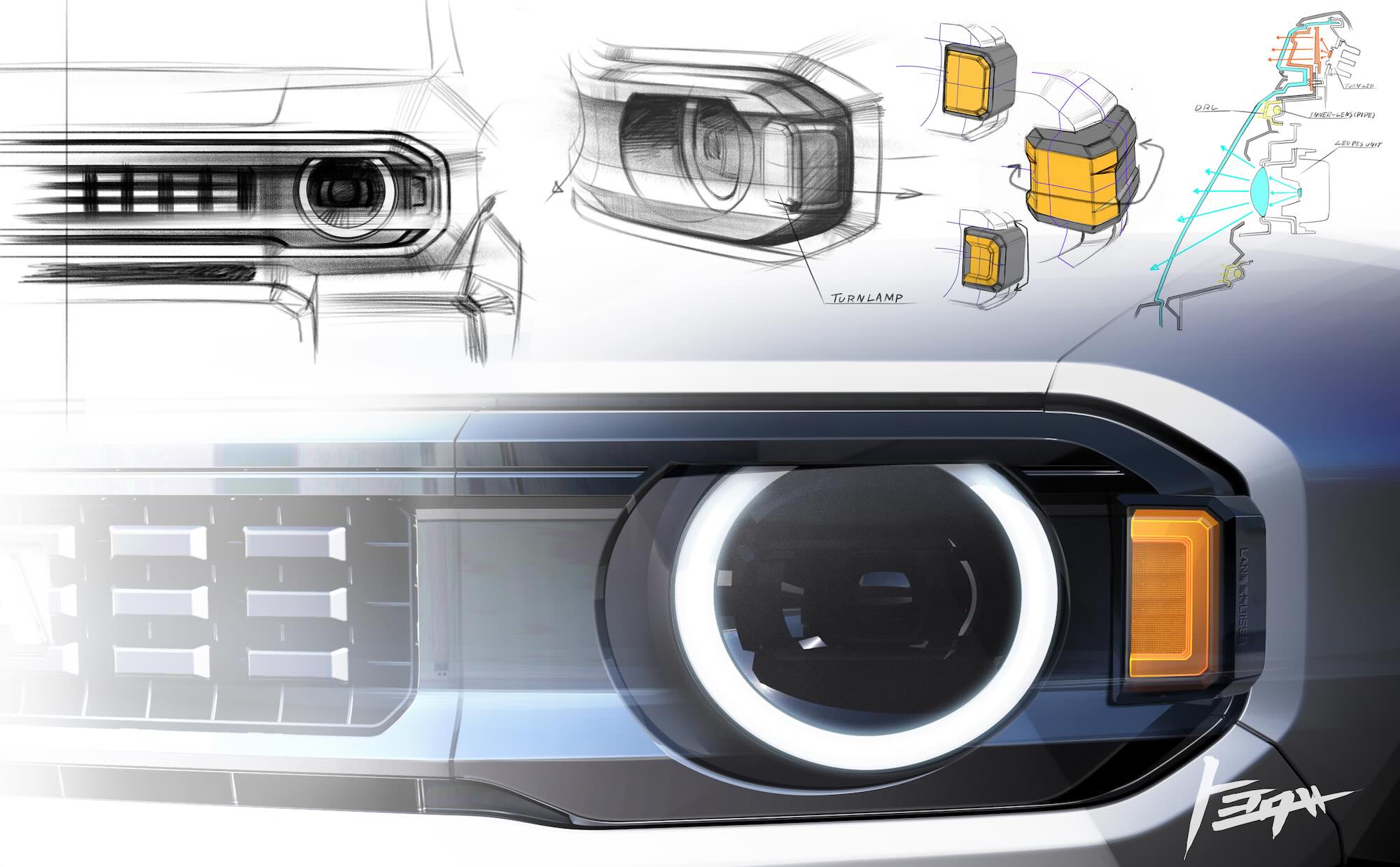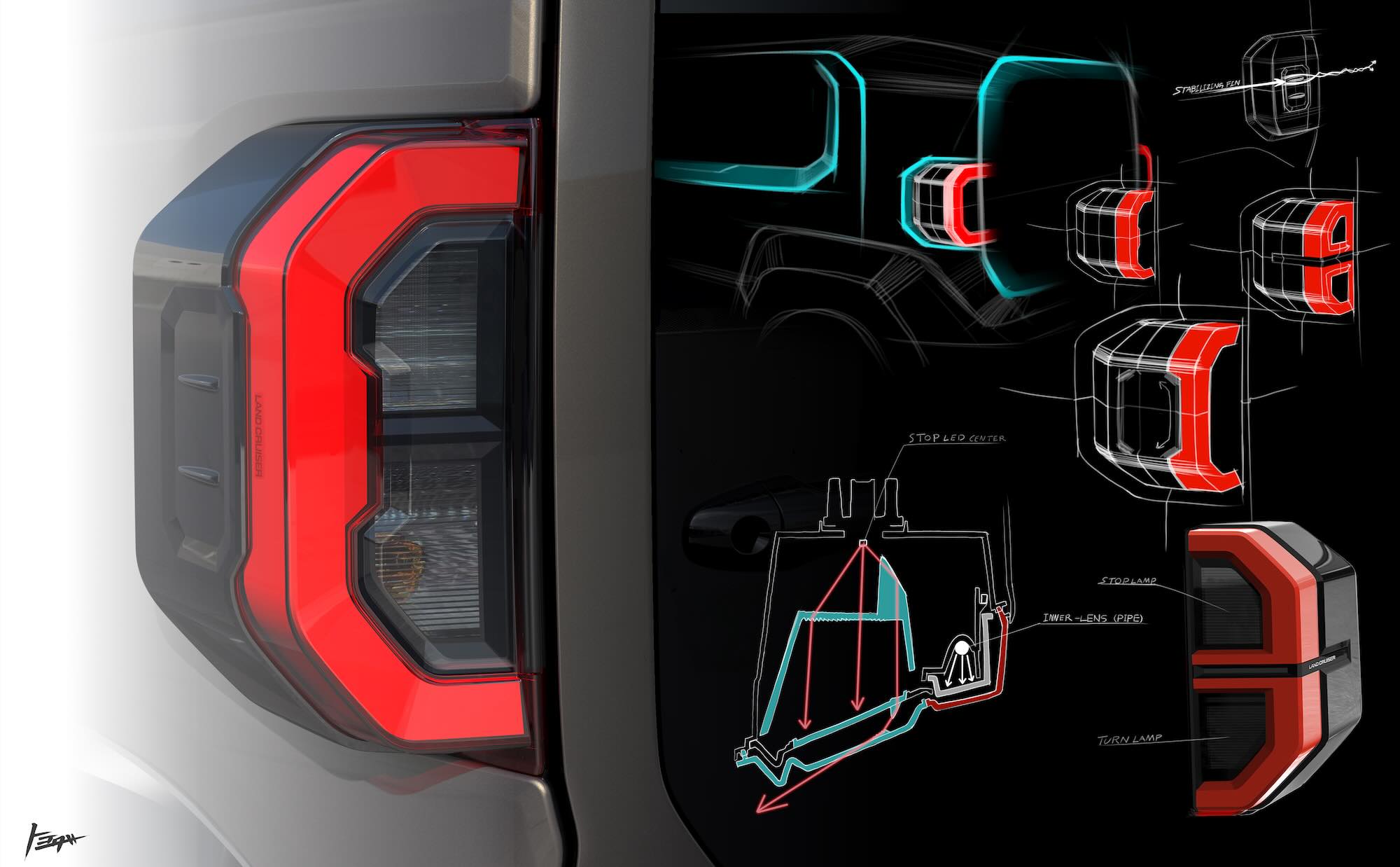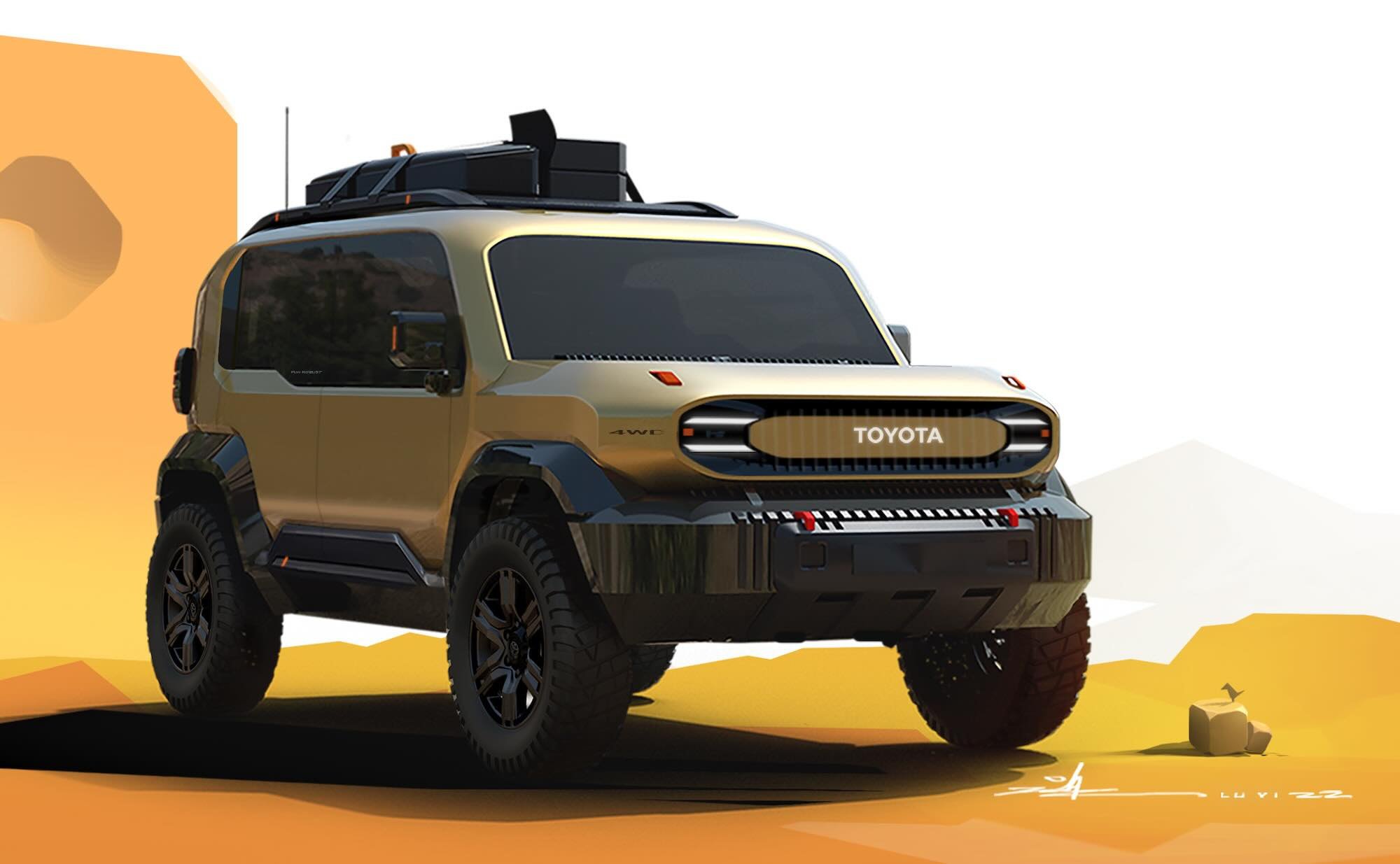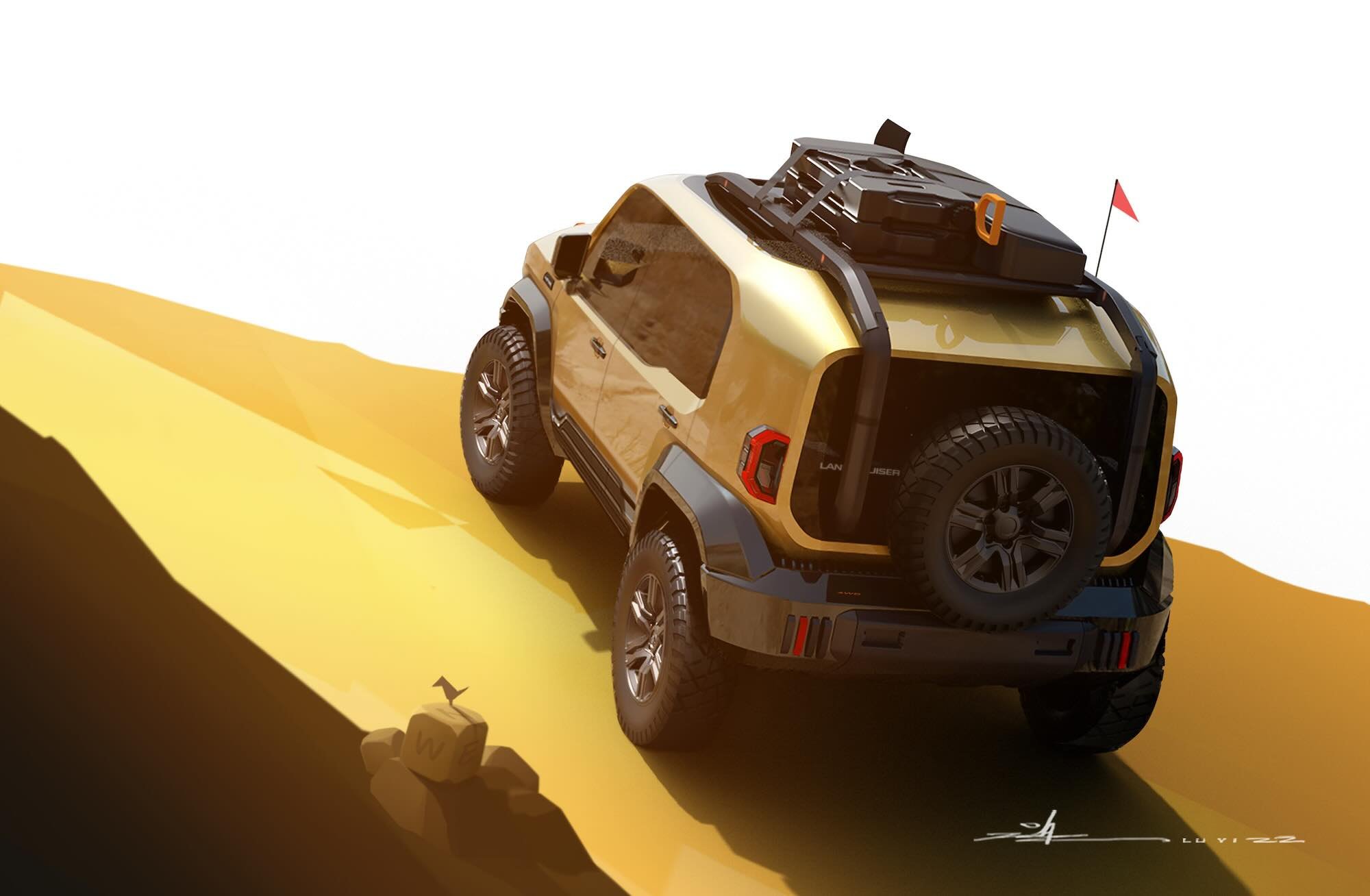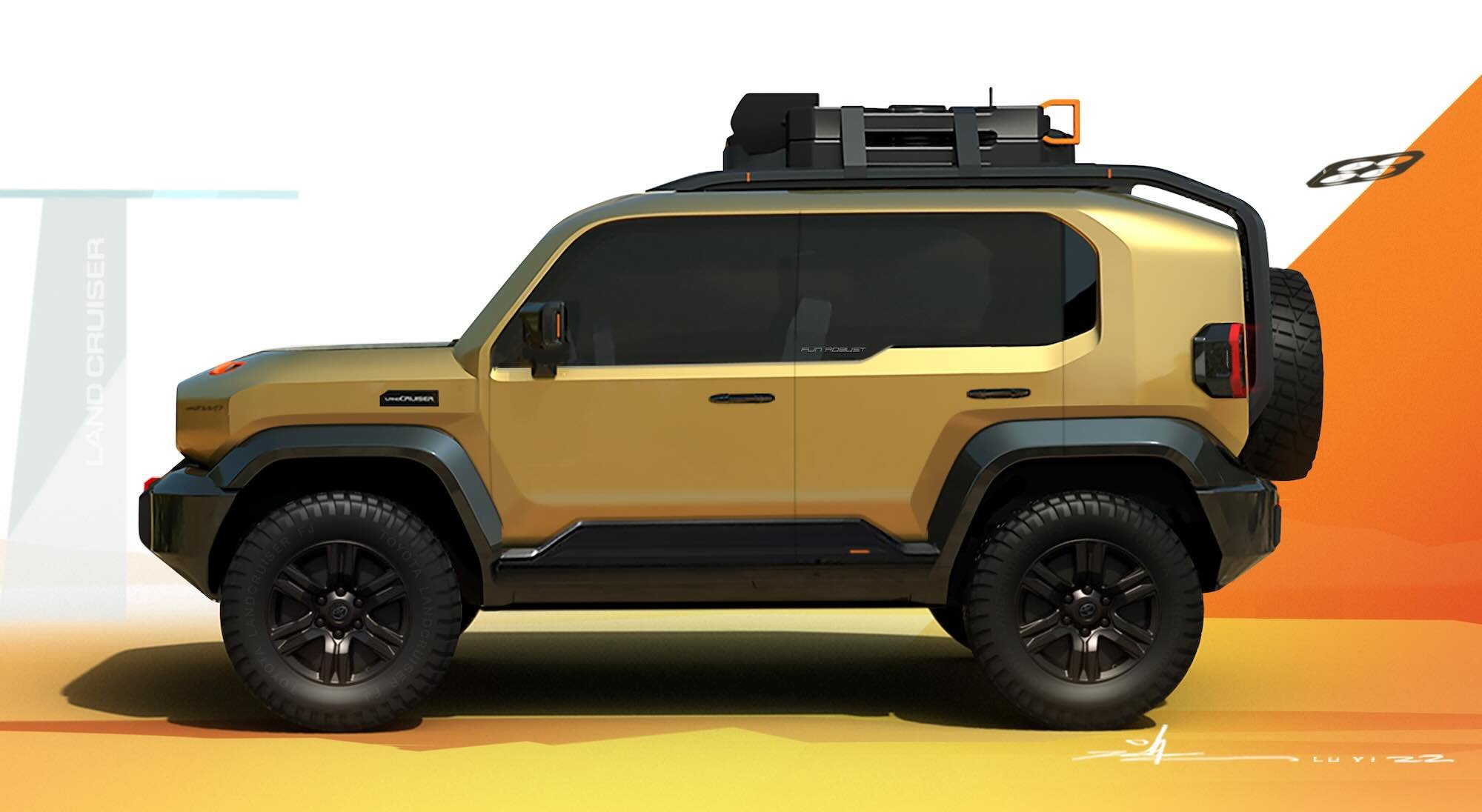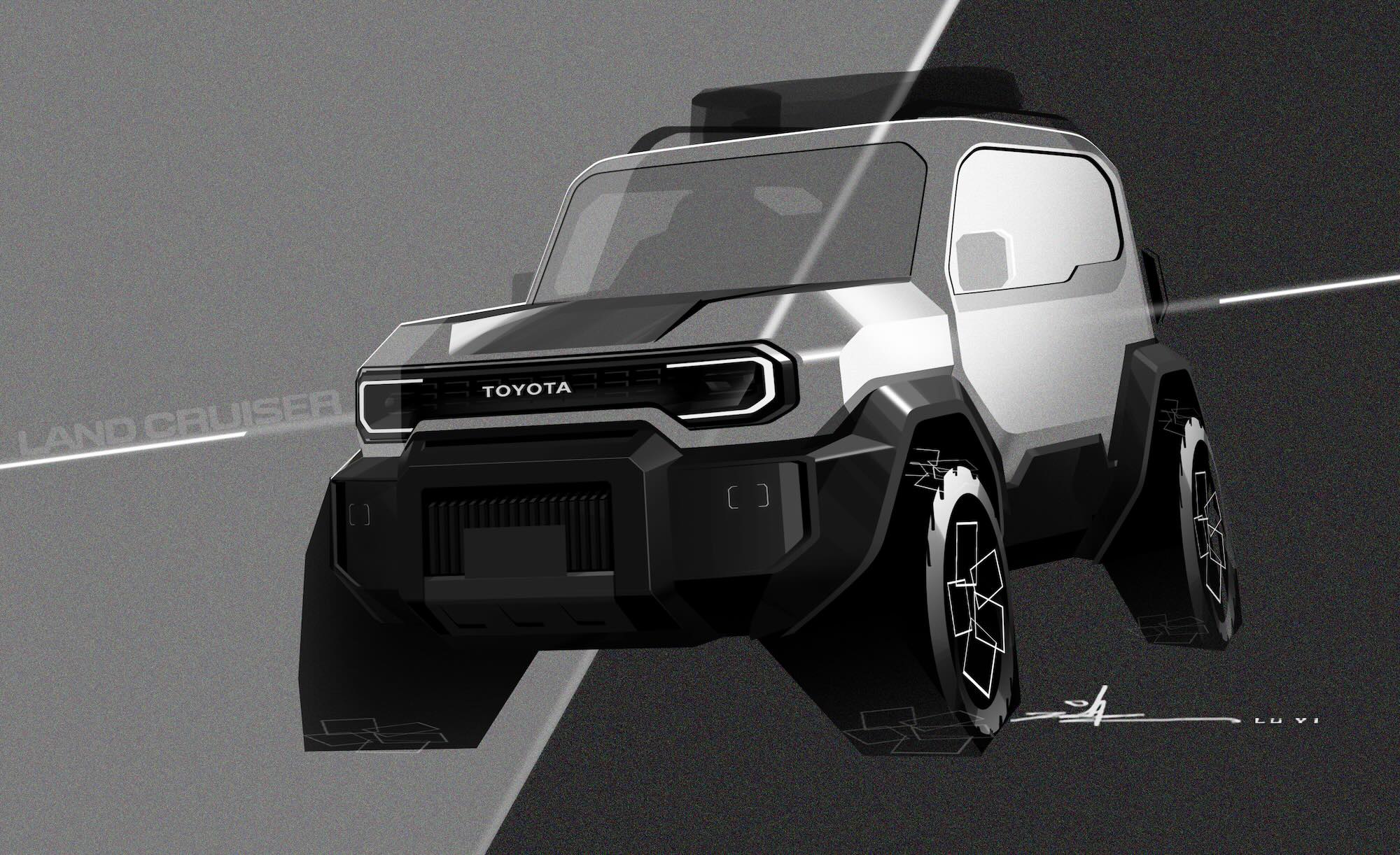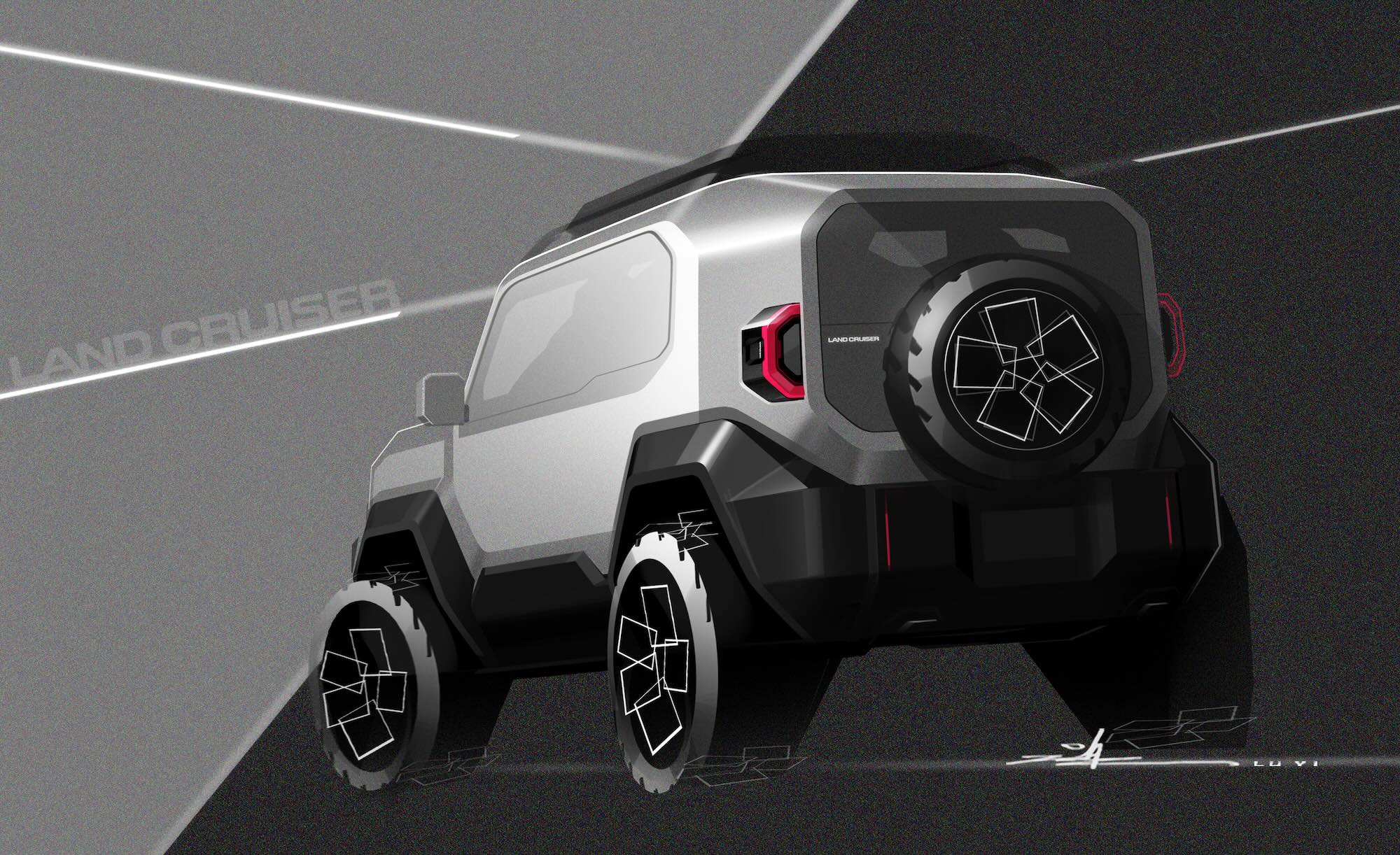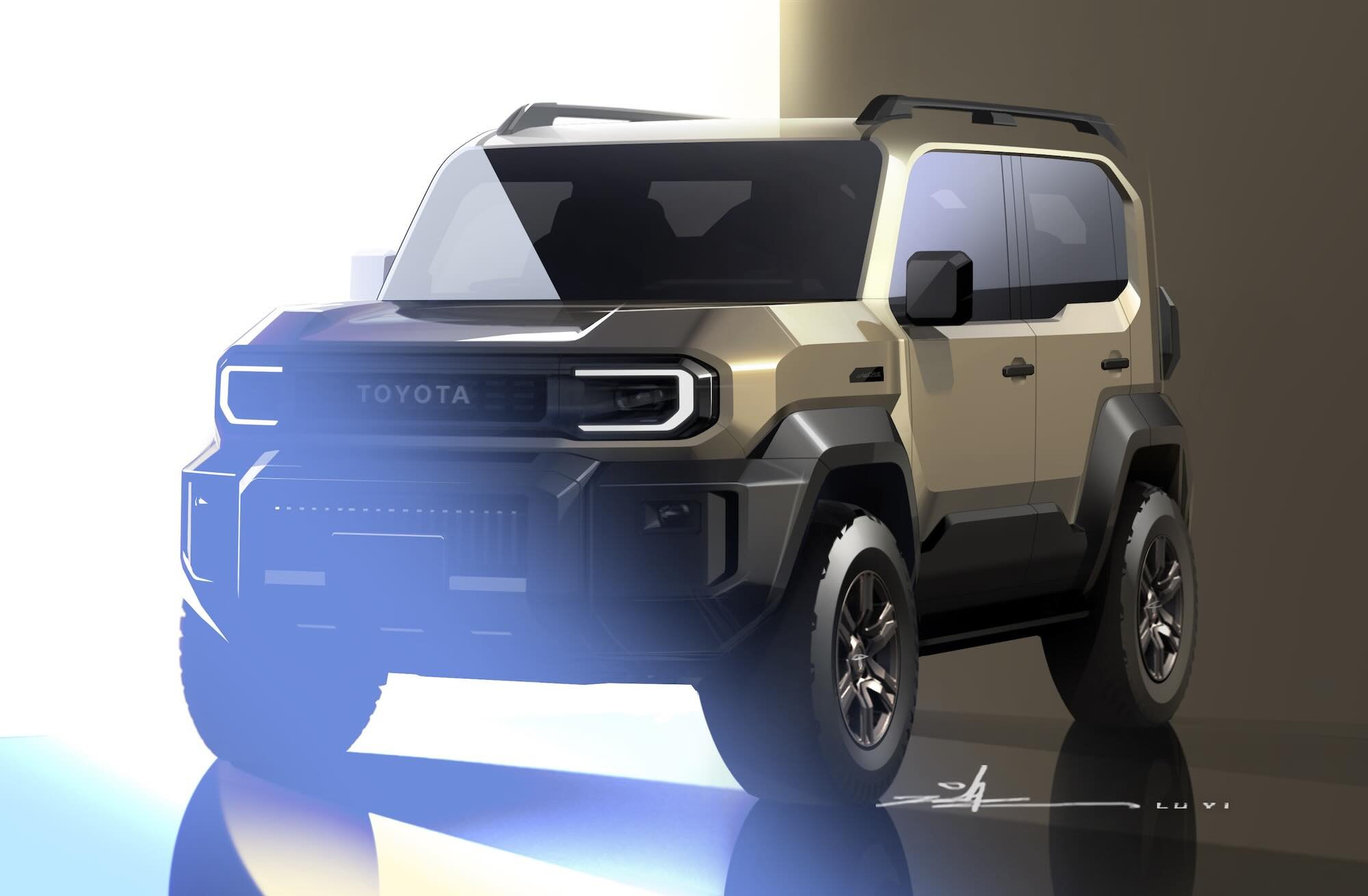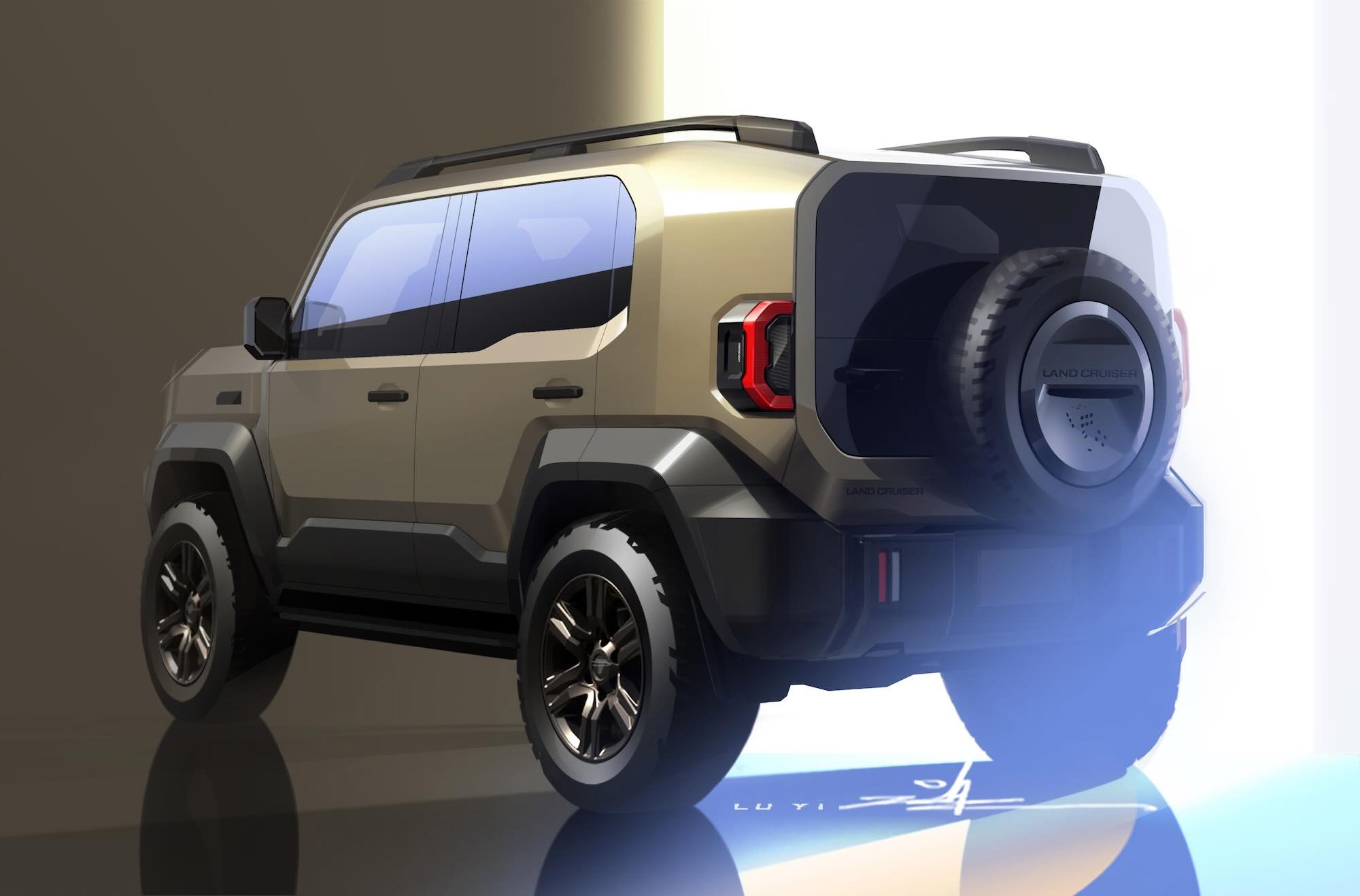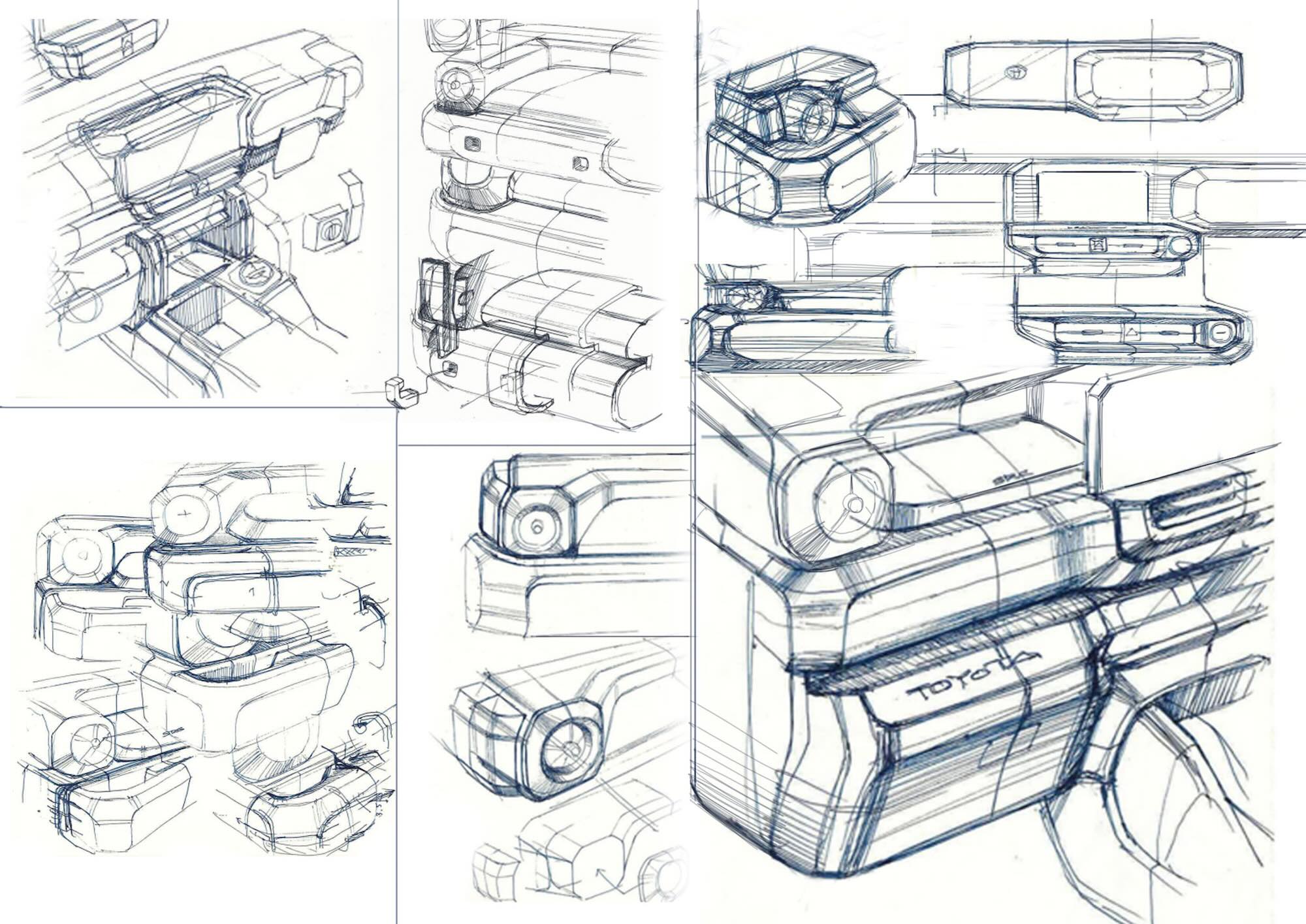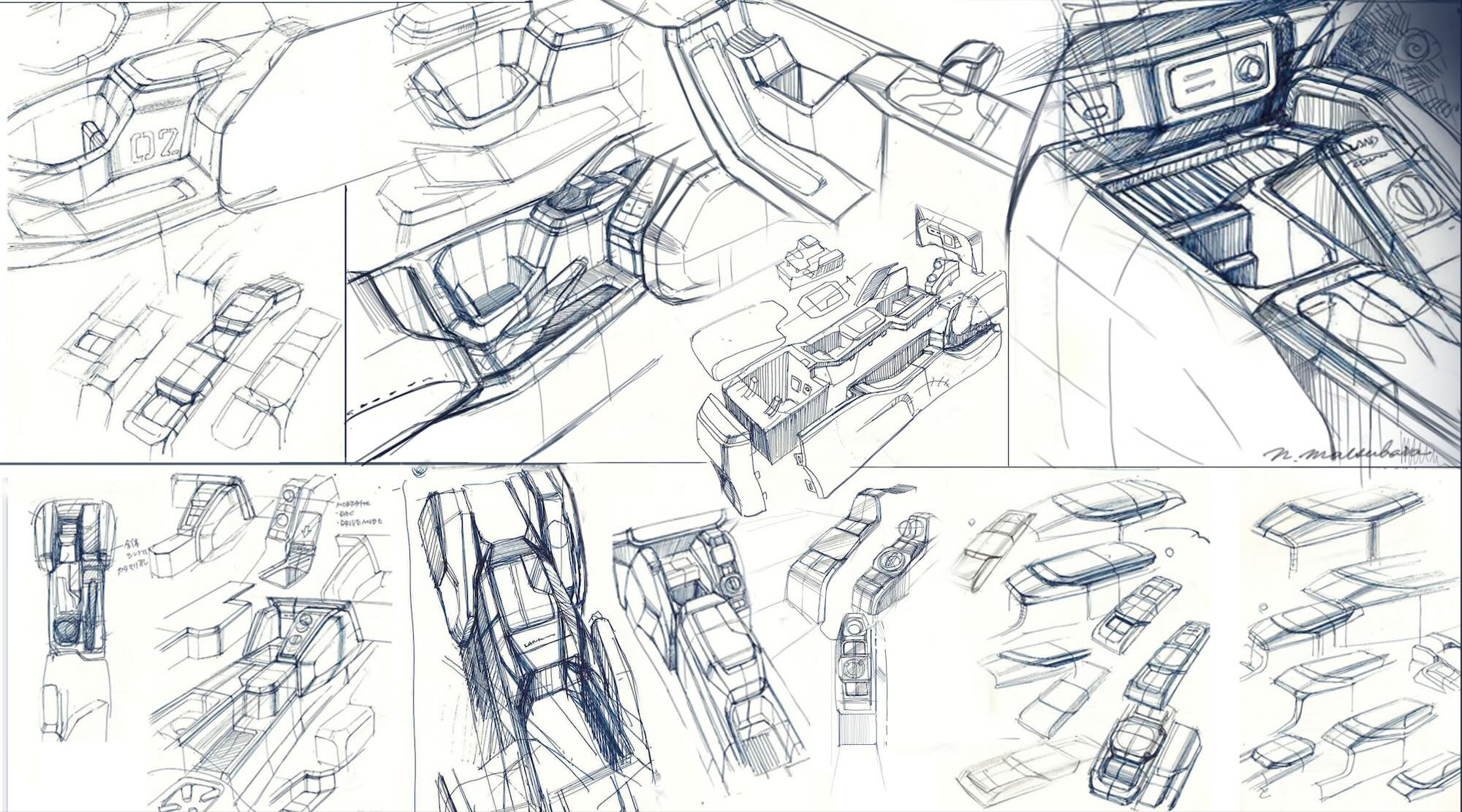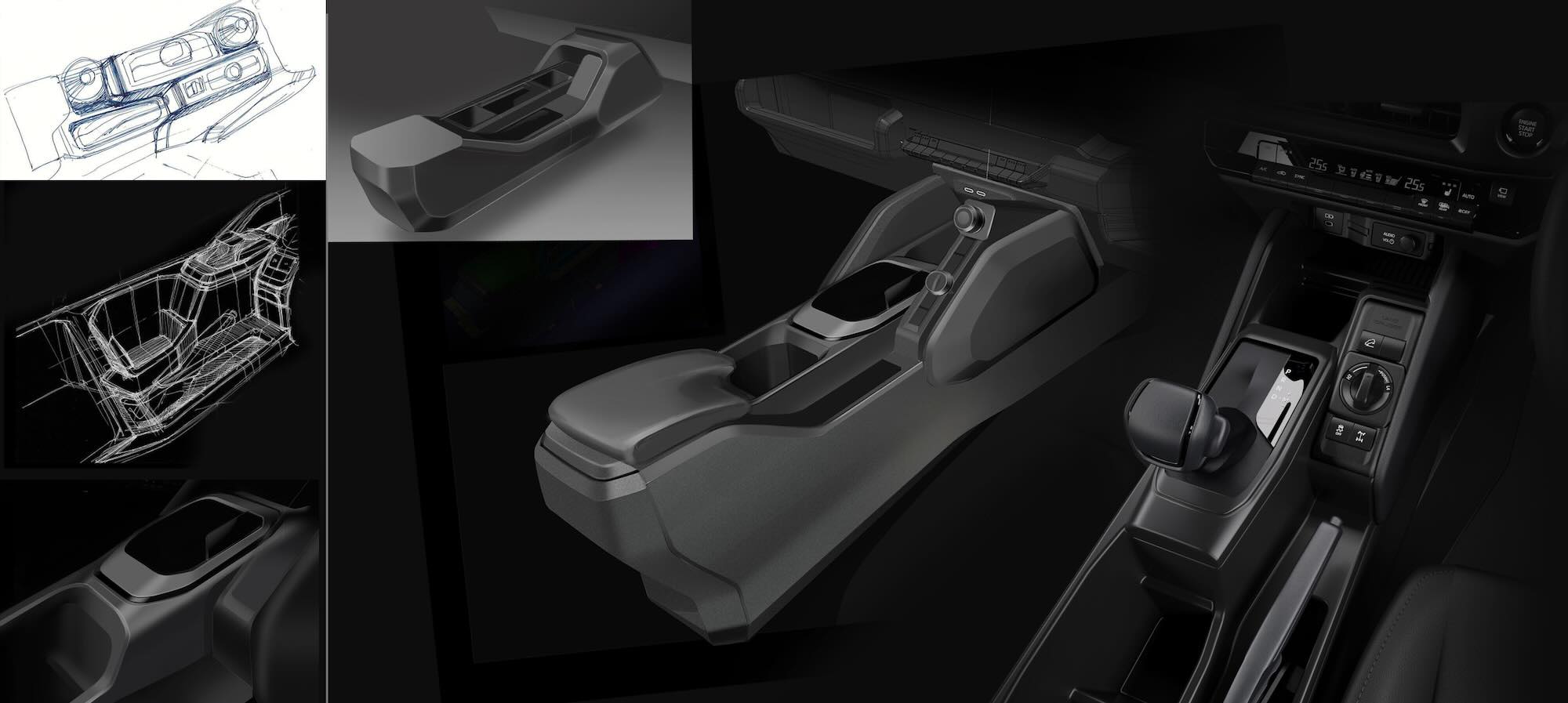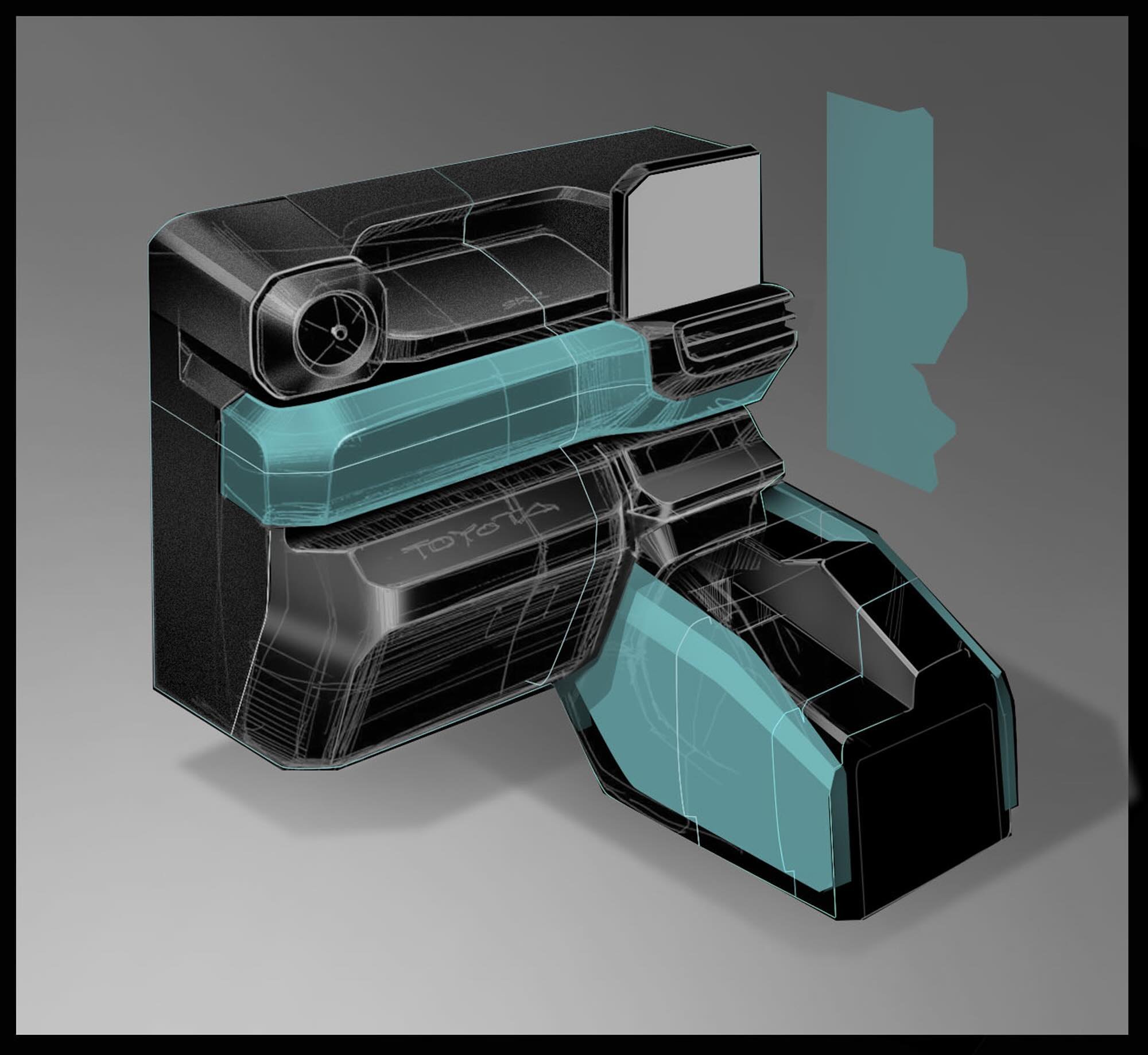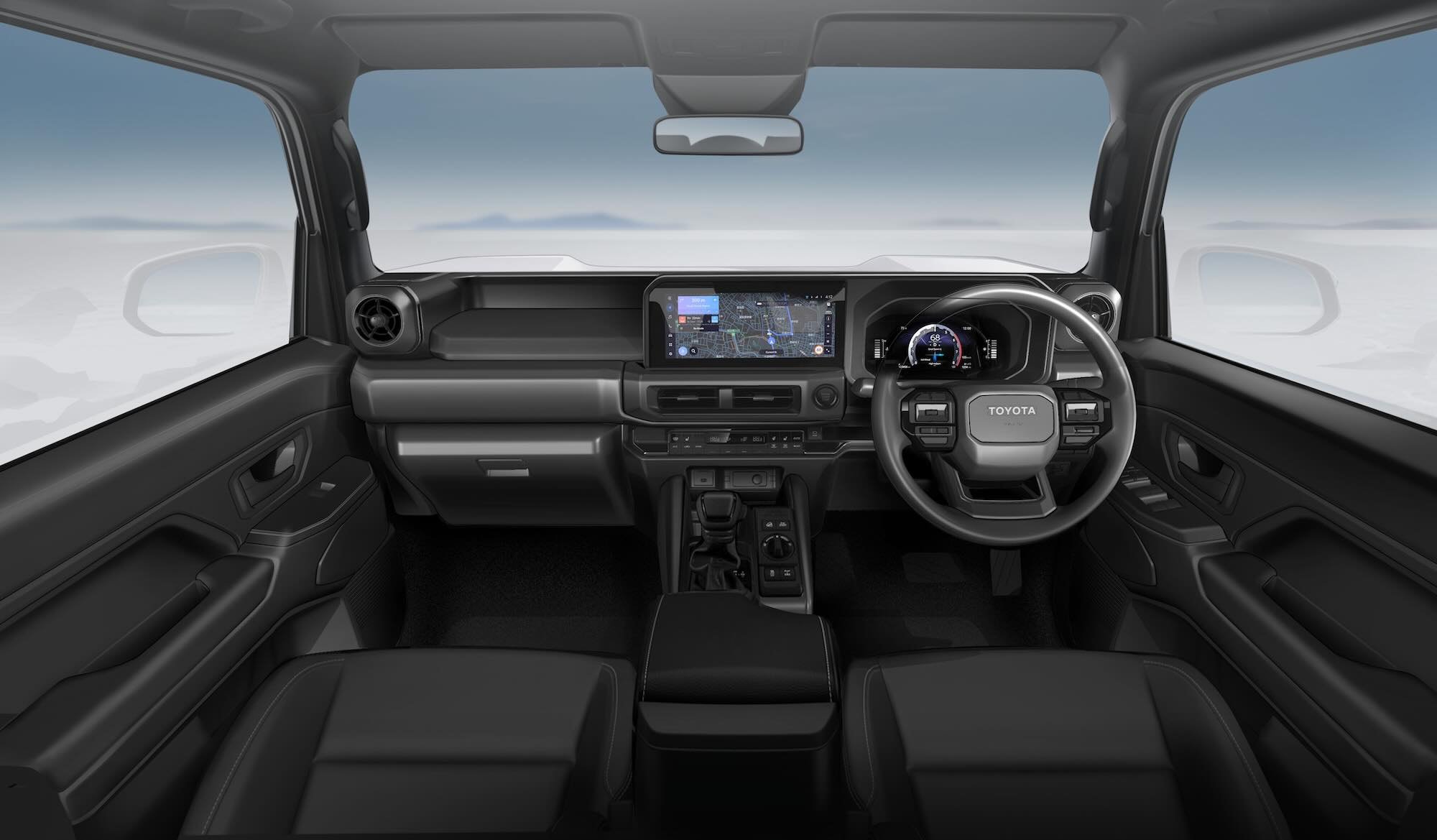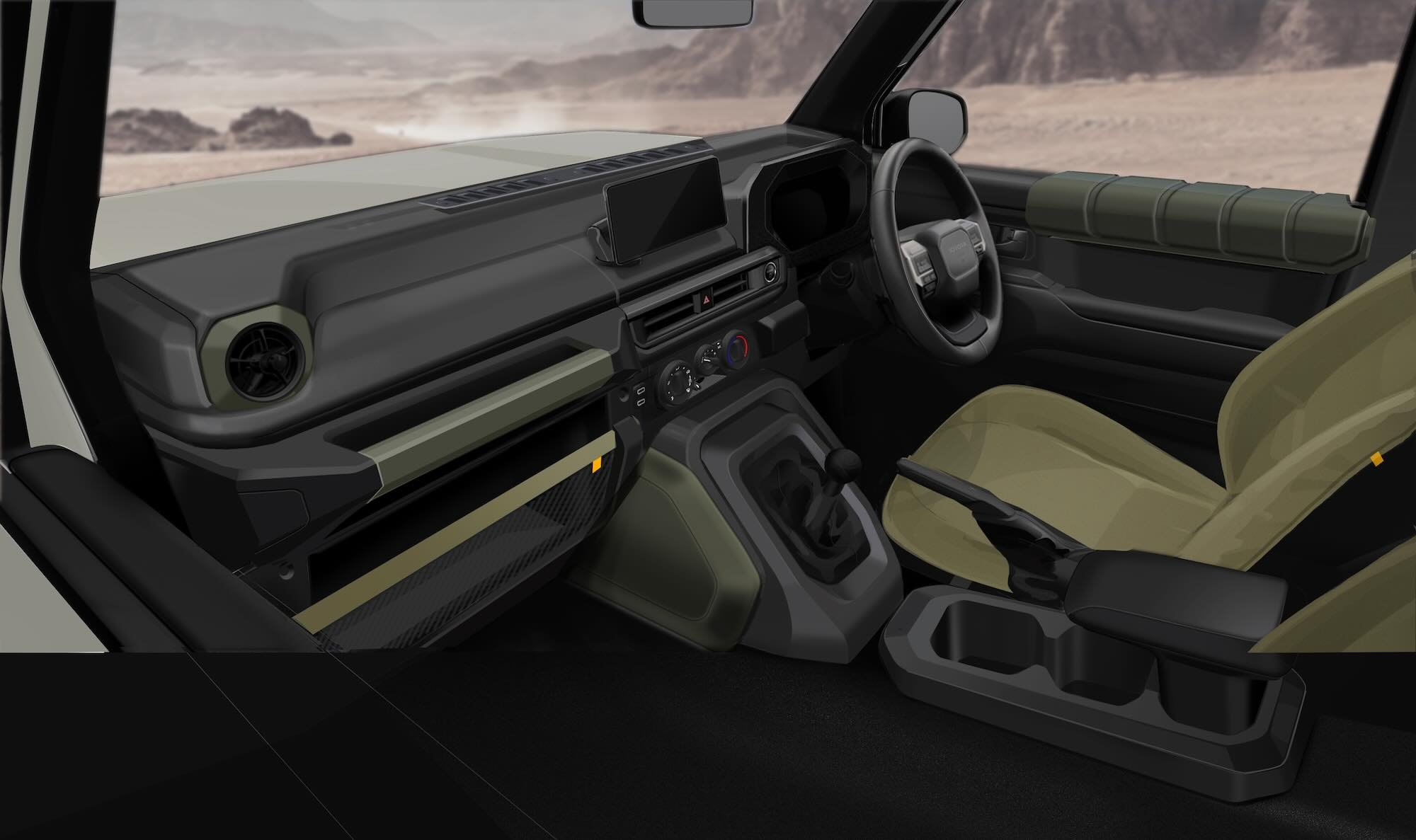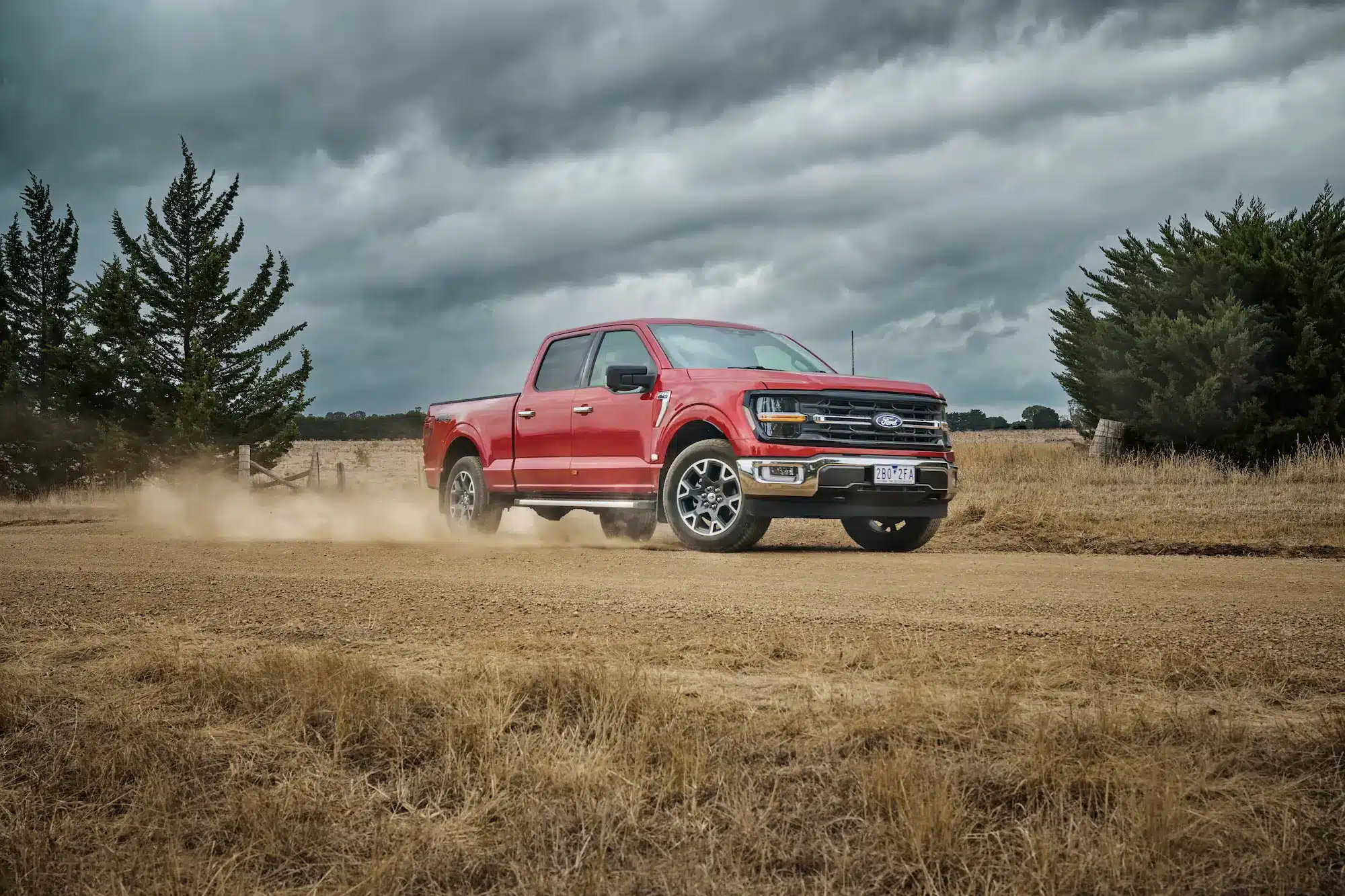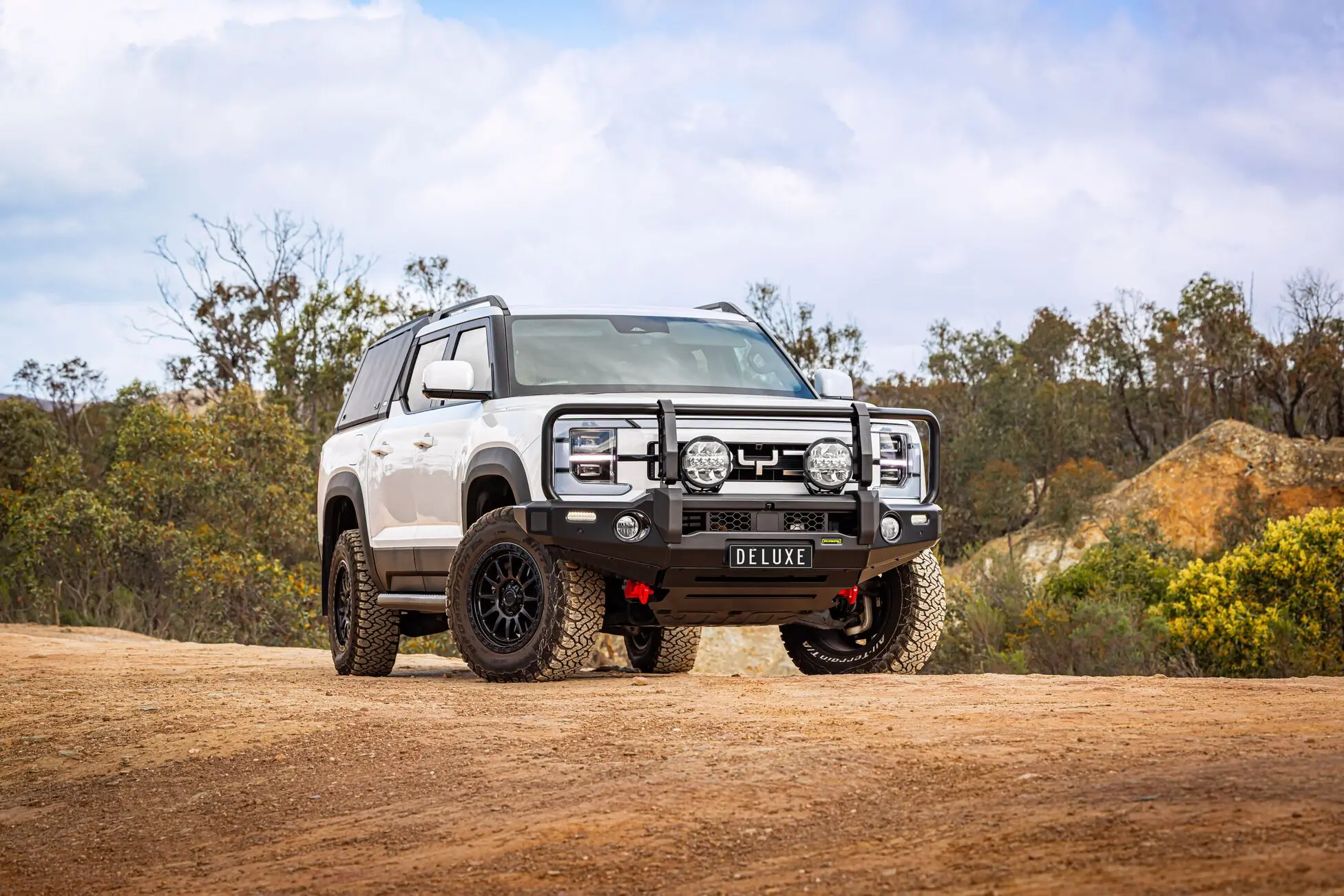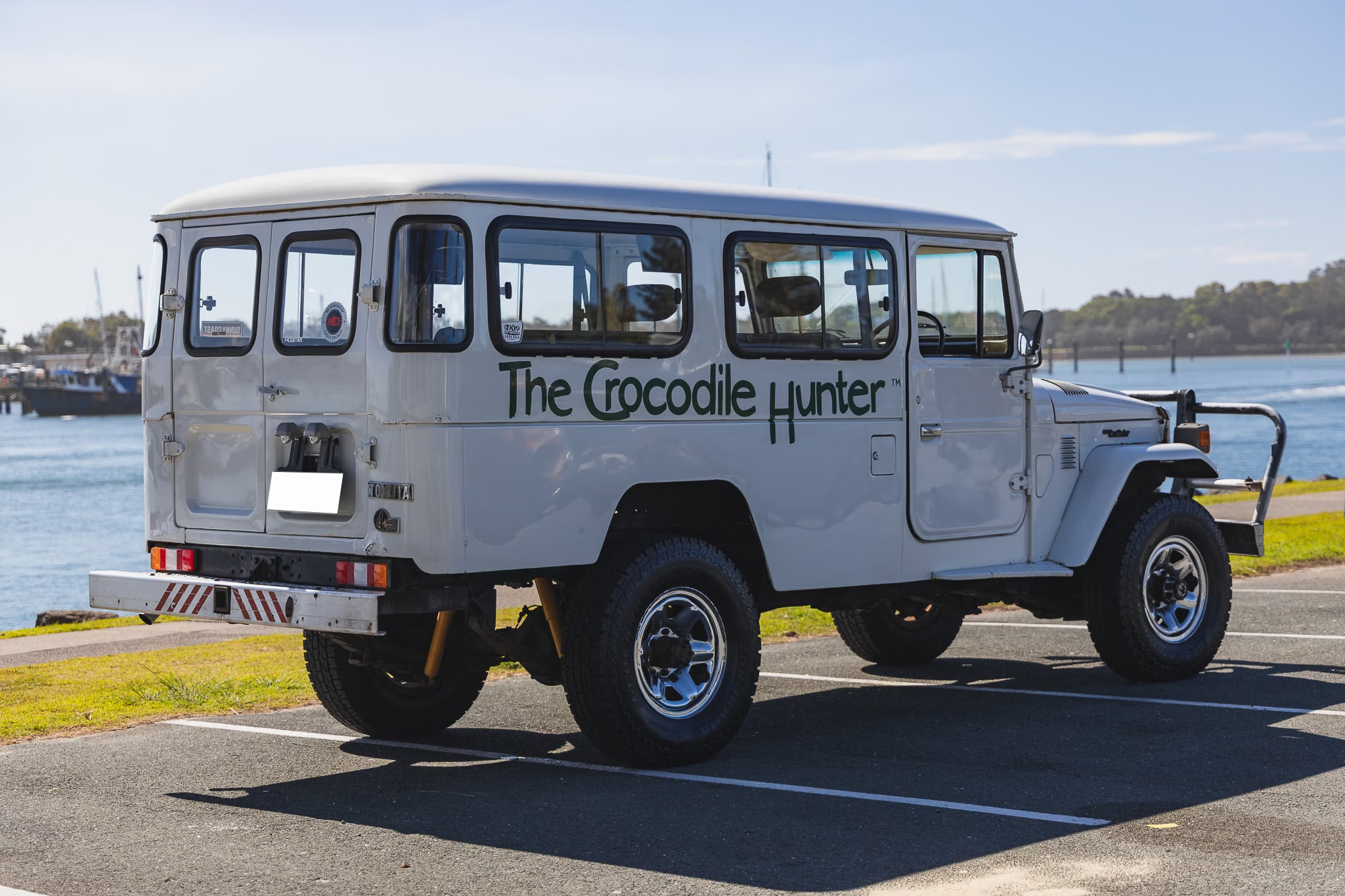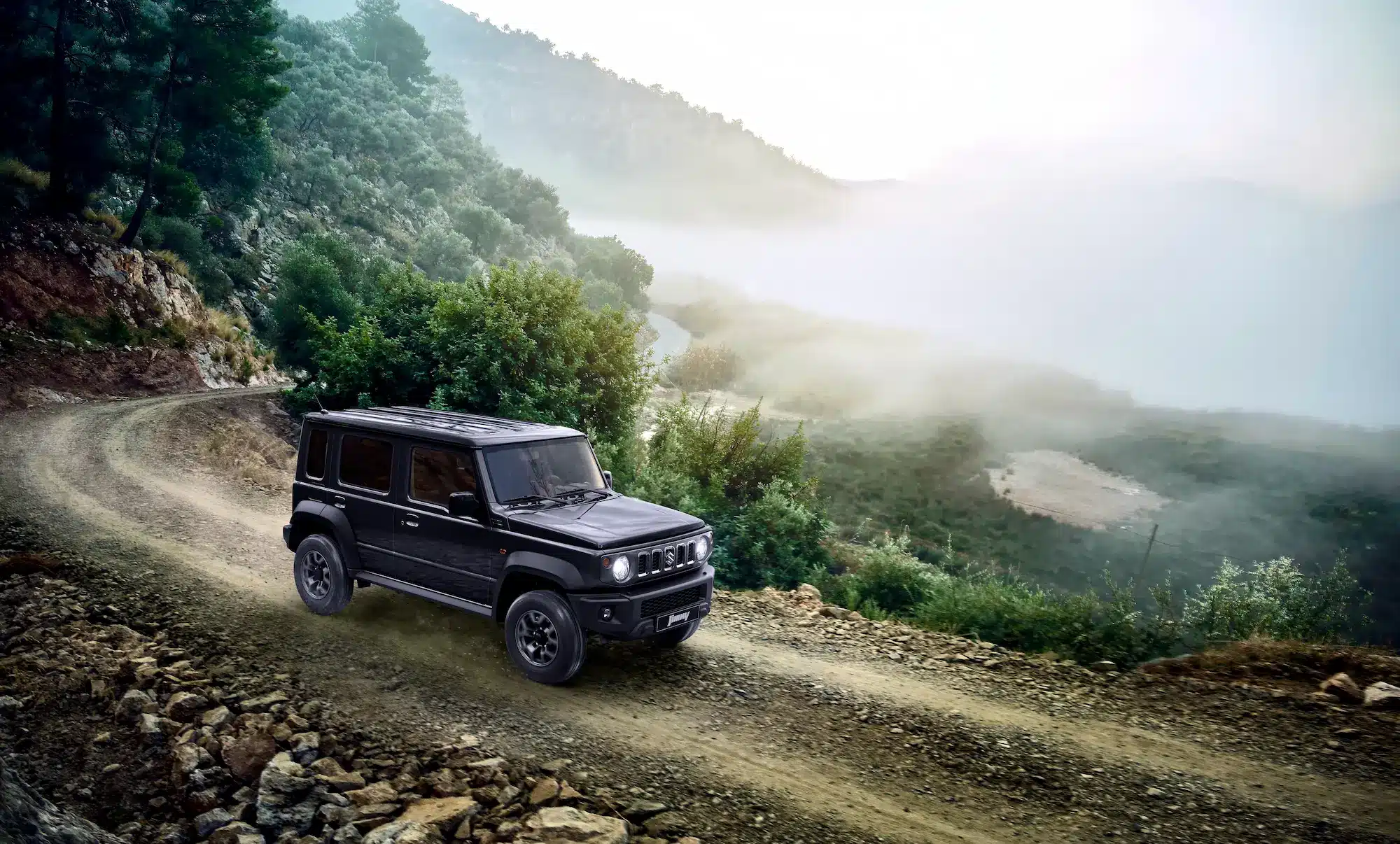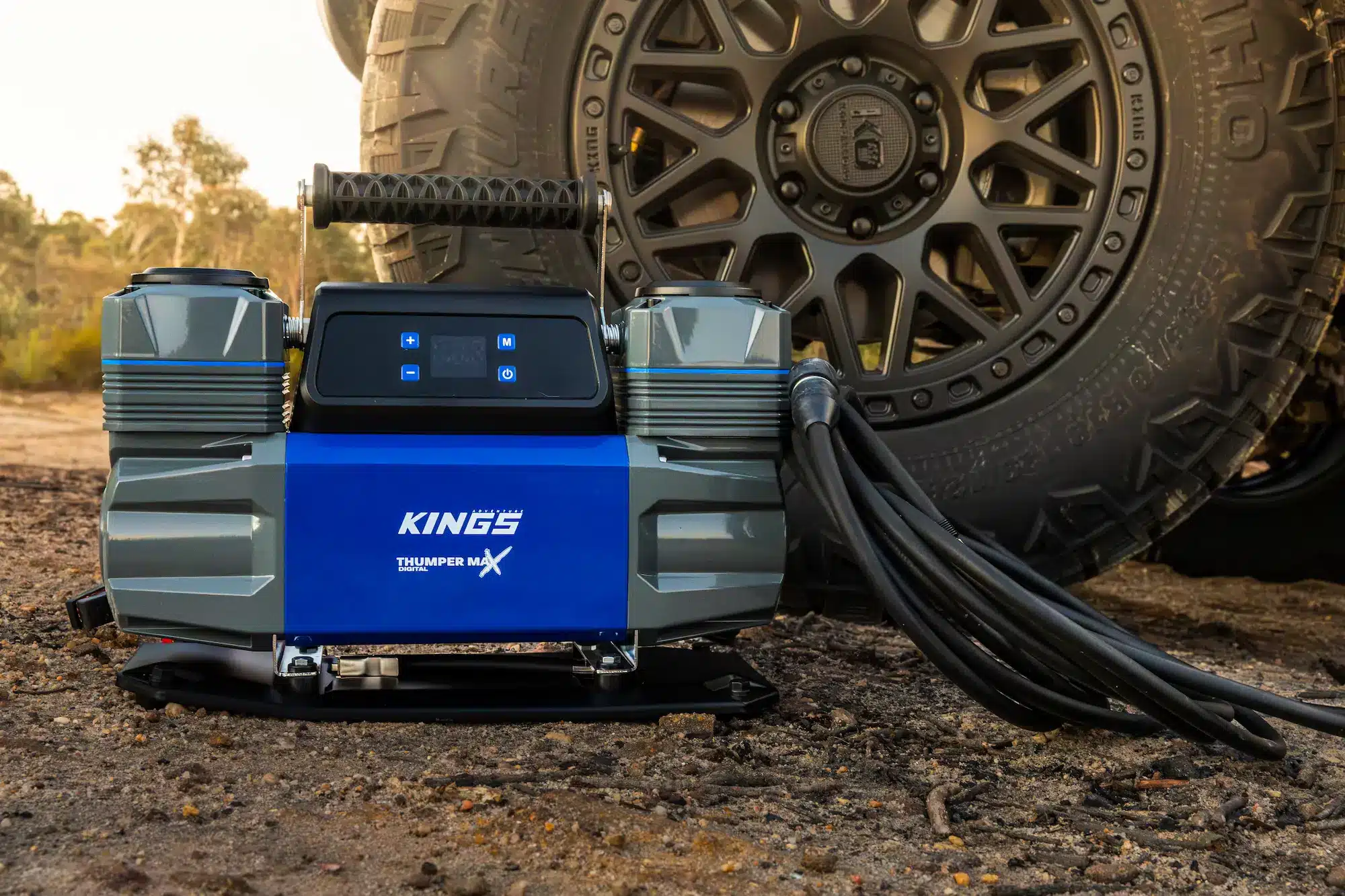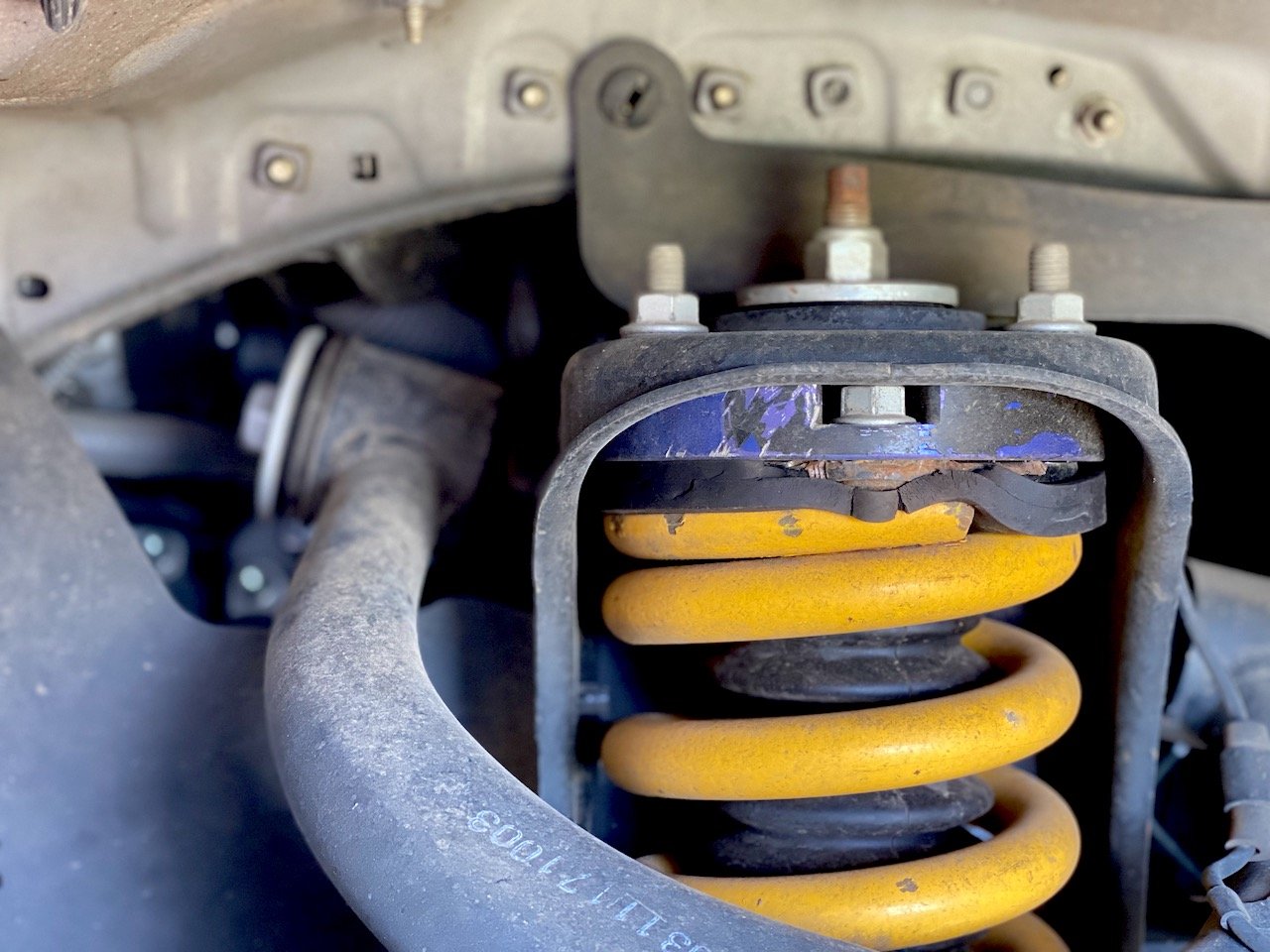Toyota has finally pulled the covers off the LandCruiser FJ, a compact ladder-frame off-roader that’s been teased since 2023. The bad news for Australian 4WDers? Toyota Australia has confirmed there are no plans to bring it here, despite the brand trademarking the FJ name locally.
Built on the same IMV platform as the HiLux and measuring 4,575mm long, the FJ is positioned to take on the Suzuki Jimny and GWM Tank 300 in markets where it will be sold. It launches in Japan around mid-2026, with production taking place in Thailand.
The petrol-only problem
The biggest issue for the Australian market is what’s under the bonnet. The FJ is powered exclusively by Toyota’s 2.7-litre naturally aspirated four-cylinder petrol engine (the 2TR-FE), producing 120kW and 246Nm. It’s the same engine you’ll find in the entry-level HiLux Workmate and some overseas Prado variants.
There’s a six-speed automatic transmission, part-time four-wheel drive (2H, 4H, 4L), and Toyota claims wheel articulation equivalent to the 70 Series. Ground clearance and approach angles haven’t been officially confirmed, but Toyota says they’re close to 70 Series territory.
While 120kW might be adequate for a compact off-roader overseas, it’s the lack of a diesel or hybrid option that’s killed any chance of an Australian launch. In a statement to CarExpert, Toyota Australia said: “Toyota Australia continuously explores opportunities to evolve our vehicle line-up, however, we have no current plans to introduce the LandCruiser FJ to our market.”
Let’s be honest – that’s corporate speak for “the business case doesn’t stack up.” Australian buyers expect diesel torque for touring and towing, especially in a vehicle wearing the LandCruiser badge. The fact that Toyota Australia has made its entire passenger car range hybrid-only as of mid-2024, and is introducing a LandCruiser 300 Series Hybrid in 2026, tells you everything about where the market is heading here.
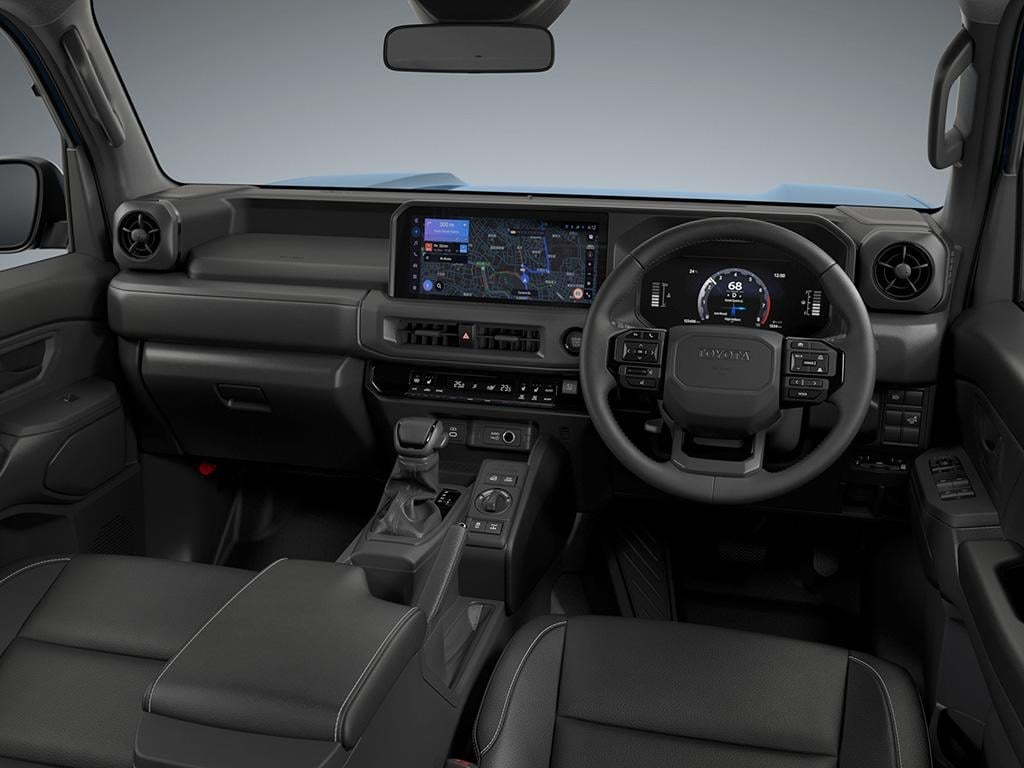
What you’re missing
For those wondering what could have been, the FJ is genuinely interesting from a packaging perspective. At 4,575mm long with a 2,580mm wheelbase, it’s roughly RAV4-sized but with proper off-road hardware underneath.
The design clearly takes cues from the old FJ Cruiser (sold here from 2011 to 2016) and the Compact Cruiser EV concept shown in 2022. You get a boxy silhouette, round LED headlights, flared fenders, and a tailgate-mounted spare wheel. The front and rear bumpers are segmented and removable, which is clever for both repairability and customisation.
Inside, the cabin follows the current Prado’s theme, with a horizontal dashboard that Toyota says makes it easier to gauge the vehicle’s angle on technical terrain. There’s a large central touchscreen, digital instrument cluster, and Toyota Safety Sense as standard. The low-set cowl and beltline improve forward visibility for placing the vehicle on tight tracks.
Toyota has fitted additional underfloor bracing to increase body rigidity, and the 2,580mm wheelbase is 270mm shorter than the Prado 250’s, cutting the turning radius down to just 5.5 metres. That’s genuinely useful for tight bush tracks.
The FJ also gets MOLLE panels for attaching equipment and gear, with Toyota clearly positioning it as a customisable platform. Photos show it with a snorkel fitted, and the removable bumper corners mean you can replace just the damaged sections rather than entire assemblies.
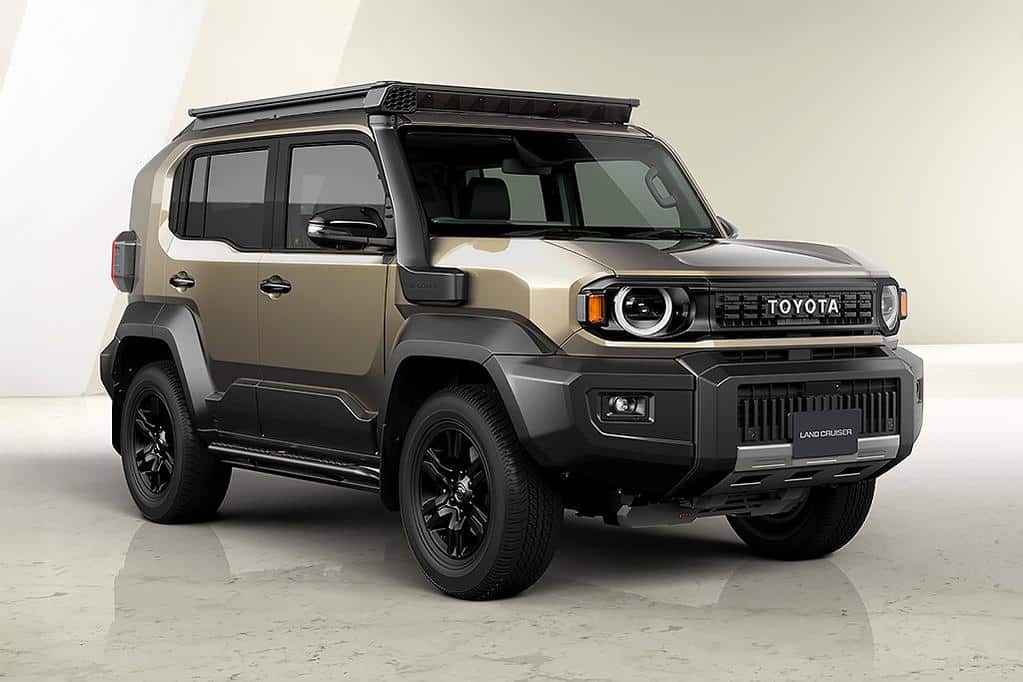
History repeating
There’s an unfortunate parallel here with the original FJ Cruiser. That vehicle launched just as the Global Financial Crisis hit, and its thirsty 4.0-litre V6 petrol engine meant it never matched the sales success of the more conventionally styled, diesel-powered Prado it was based on. It developed a cult following, sure, but ultimately couldn’t justify its place in the Australian lineup.
The new FJ is essentially repeating that mistake – launching a petrol-only off-roader into a market that overwhelmingly prefers diesel torque and touring range. The current Prado 250 is only available with a 2.8-litre turbo-diesel four-cylinder in Australia for good reason.
What makes this more frustrating is that Toyota does have diesel options in its arsenal. The HiLux uses the same IMV platform and offers both the 2.8-litre turbo-diesel (150kW/500Nm) and the naturally aspirated 2.7-litre petrol. According to Automotive News, there are no plans to electrify the FJ, meaning it’s likely to remain petrol-only for the foreseeable future.
The Jimny alternative
The FJ was clearly designed to steal sales from the Suzuki Jimny, which has become Suzuki Australia’s best-selling model despite its tiny dimensions and basic interior. The Jimny proves there’s definitely an appetite for compact, capable, affordable off-roaders in Australia.
But here’s the thing – the Jimny succeeds partly because it’s refreshingly simple and charmingly basic. It doesn’t pretend to be a touring vehicle or a serious tow tug. The FJ, wearing the LandCruiser badge, carries expectations of genuine capability and versatility that a 2.7-litre petrol engine simply can’t deliver in the Australian context.
What it means for Australian buyers
In practical terms, nothing changes. If you’re in the market for a compact off-roader, your options remain the Jimny (if you can live with its limitations), the GWM Tank 300 (which does offer diesel), or stepping up to a Prado or 70 Series.
The silver lining is that Toyota Australia’s focus on hybrid and diesel powertrains for its off-road range makes sense for local conditions. The upcoming LandCruiser 300 Series Hybrid will offer genuine capability with improved efficiency, which is what Australian tourers actually need.
The FJ will make its public debut at the Japan Mobility Show from October 30 to November 9, 2025, before going on sale in Japan around mid-2026. Whether it finds success in markets where it will be sold remains to be seen, but for Australian 4WD enthusiasts, it’s an interesting vehicle we’ll only see in overseas magazines and on forums.
Toyota LandCruiser FJ specifications
| Specification | Detail |
|---|---|
| Length | 4,575mm |
| Width | 1,855mm |
| Height | 1,960mm |
| Wheelbase | 2,580mm |
| Engine | 2.7L petrol 4-cylinder (2TR-FE) |
| Power | 120kW |
| Torque | 246Nm |
| Transmission | 6-speed automatic |
| Drivetrain | Part-time 4WD (2H, 4H, 4L) |
| Platform | IMV ladder frame |
| Turning radius | 5.5m |
| Launch date | Mid-2026 (Japan) |
| Australian availability | Not confirmed – no current plans |
Toyota LandCruiser FJ concept drawing gallery
Read next
- GWM Tank 300 finally gets a diesel variant
- Suzuki Jimny XL sales back on after stop-delivery pause
- ARB Edition Pack simplifies new Prado builds for $18K
- We took the new 2025 Toyota Prado for a spin in Kakadu – here’s what we think


